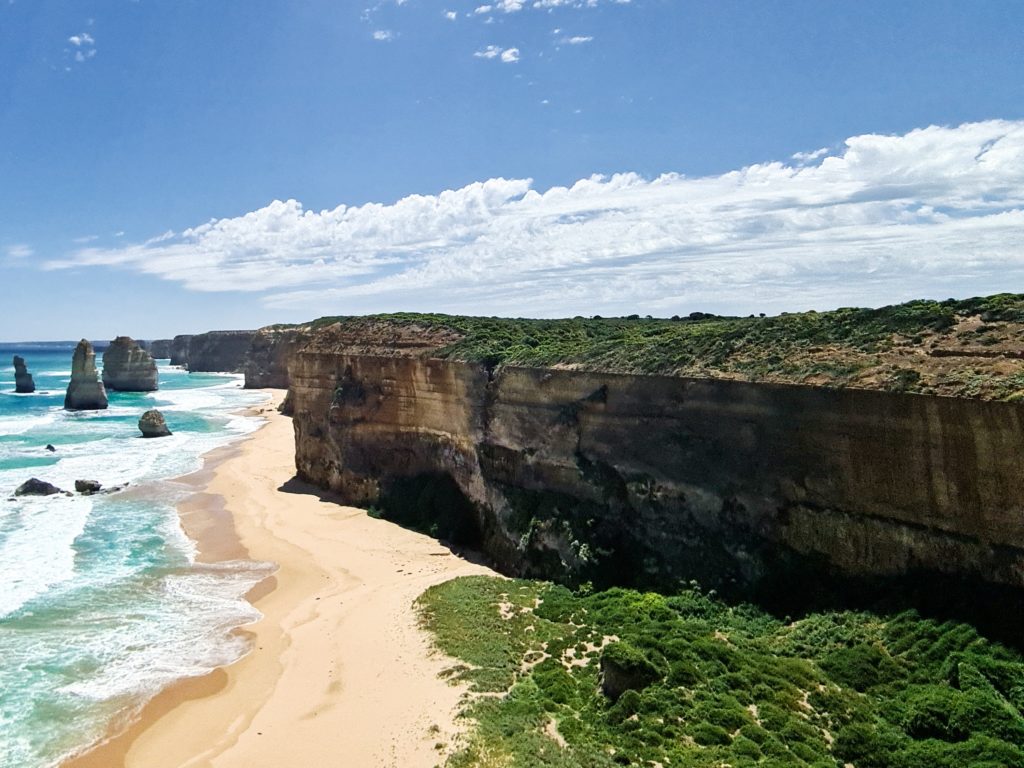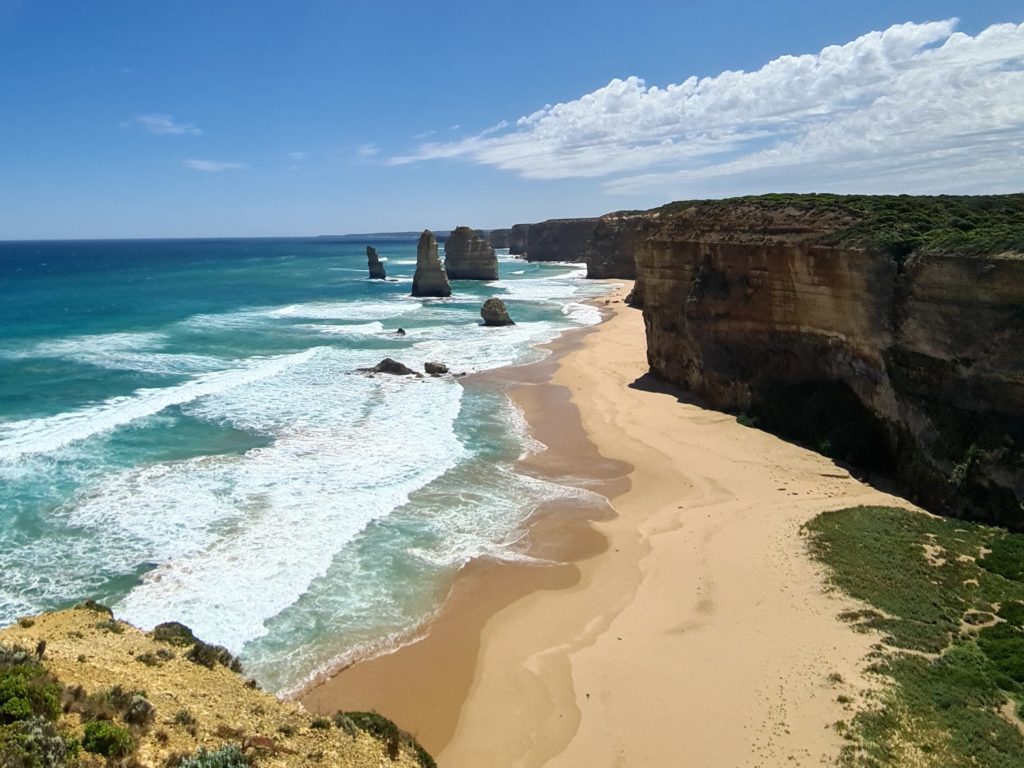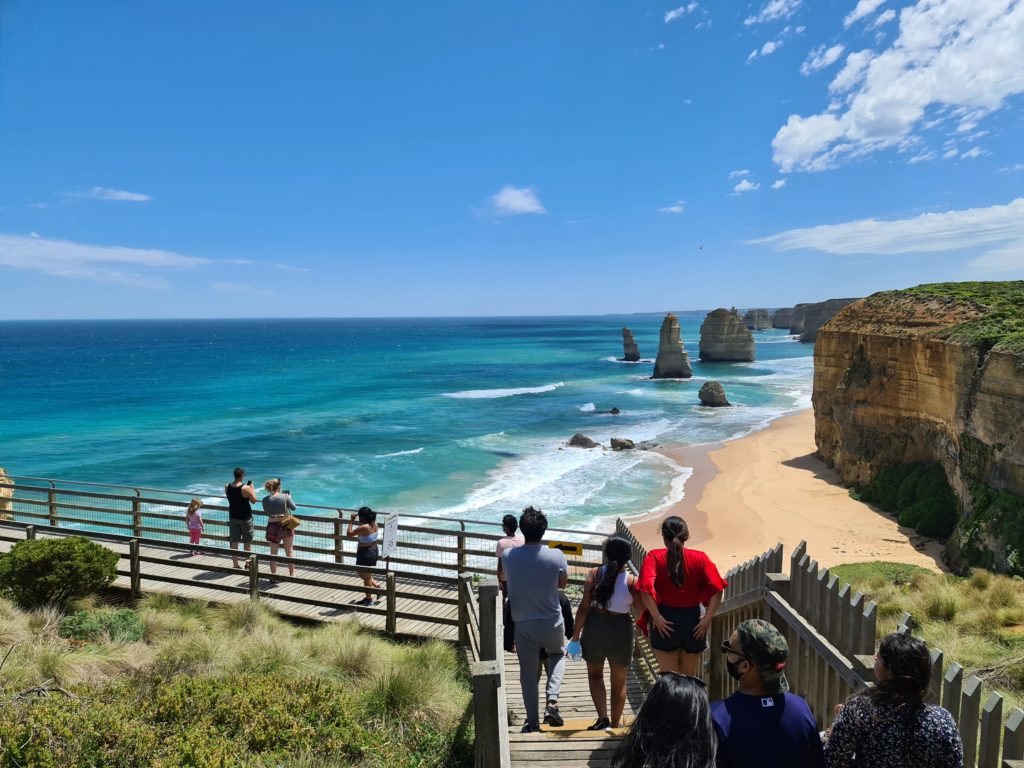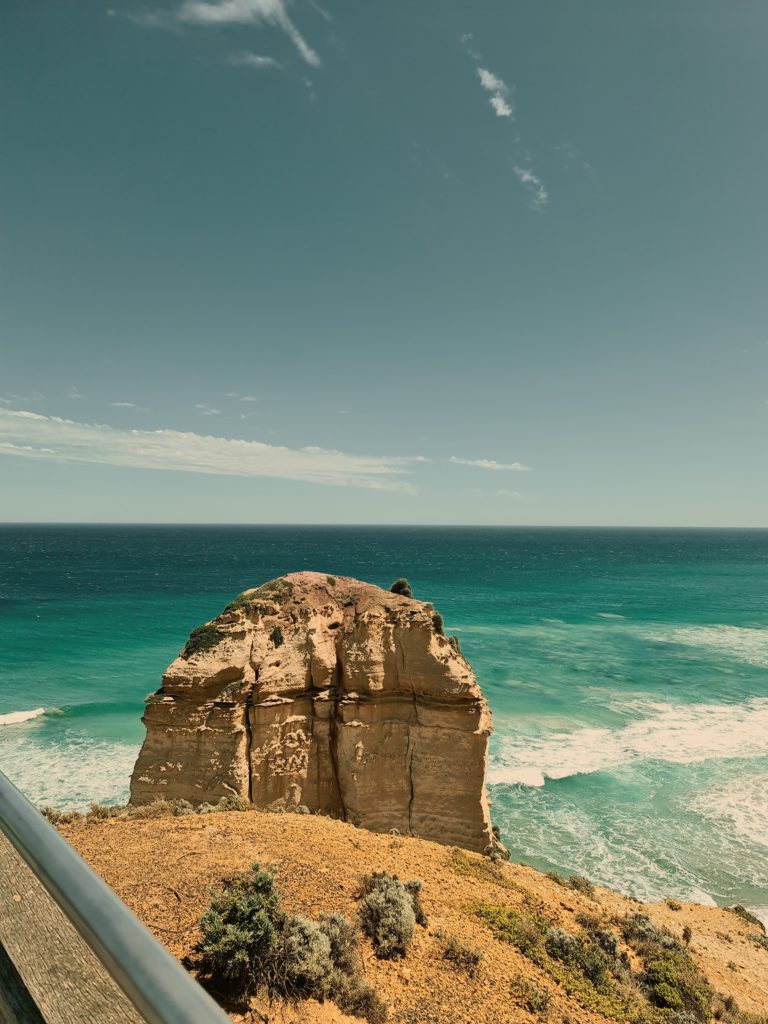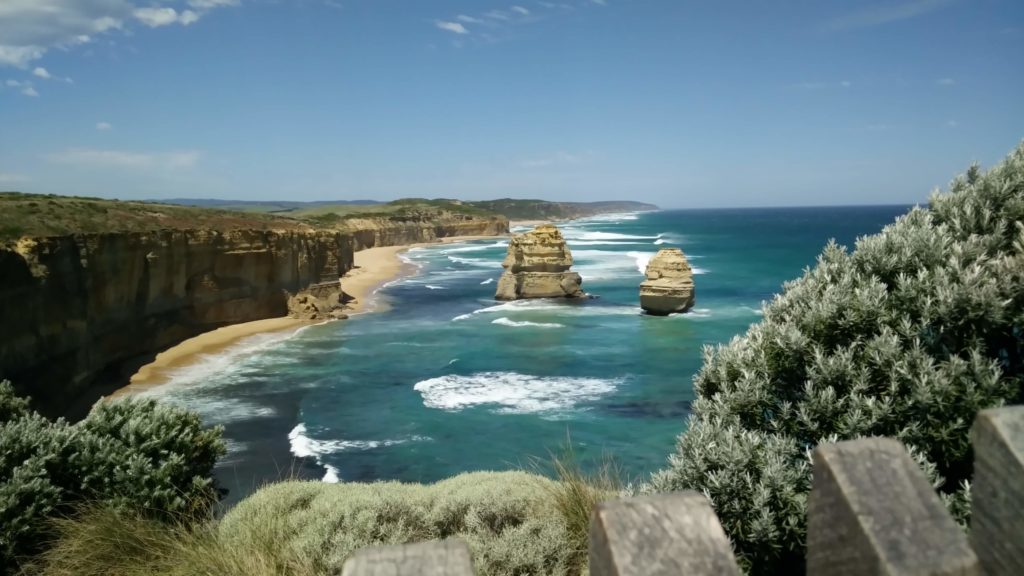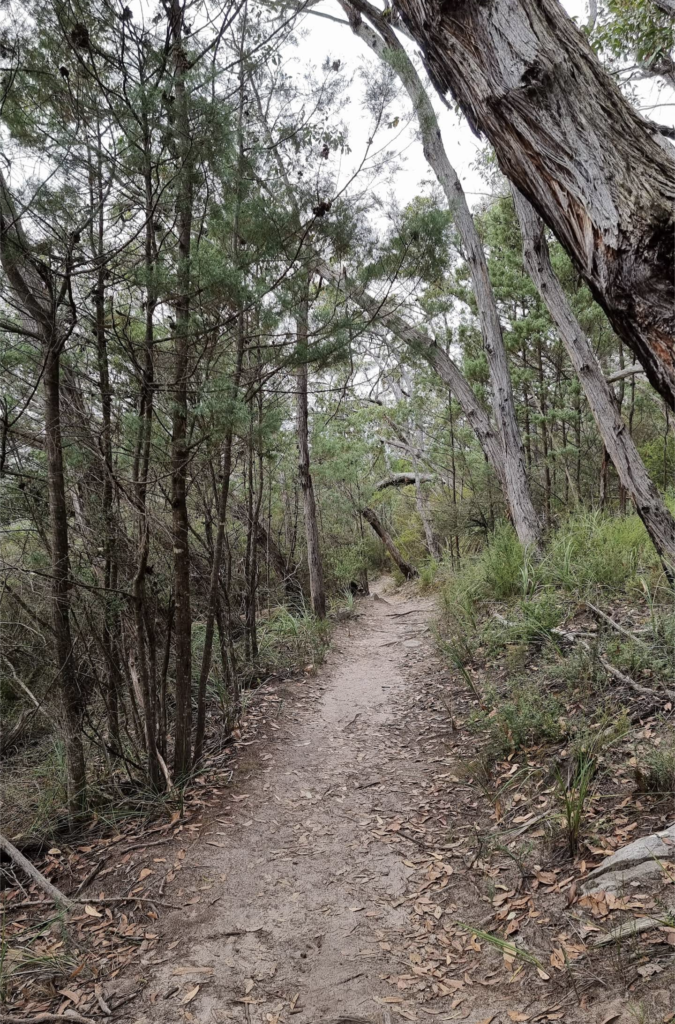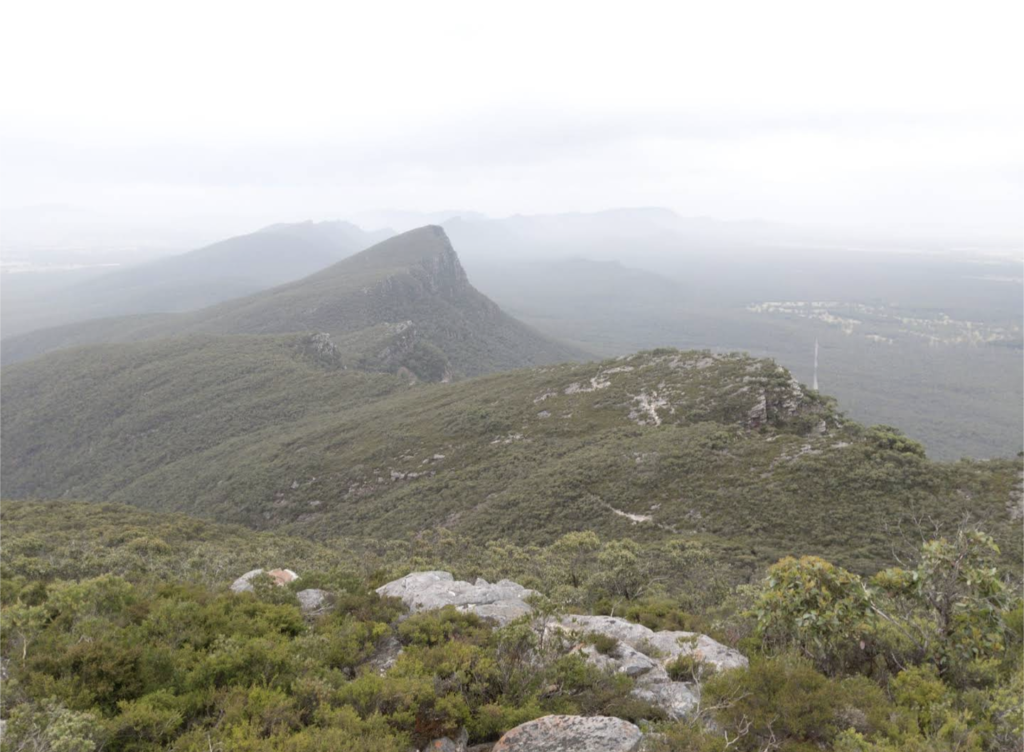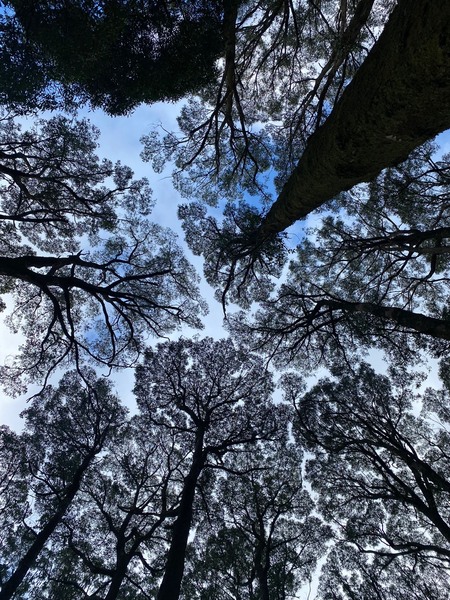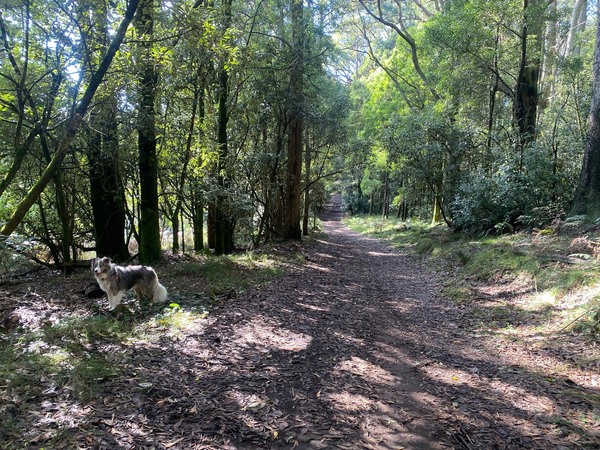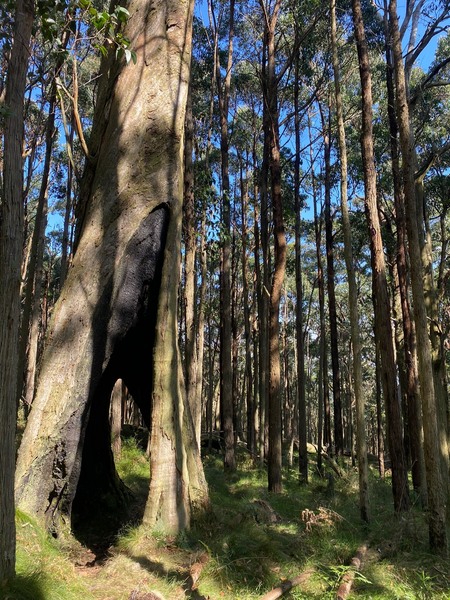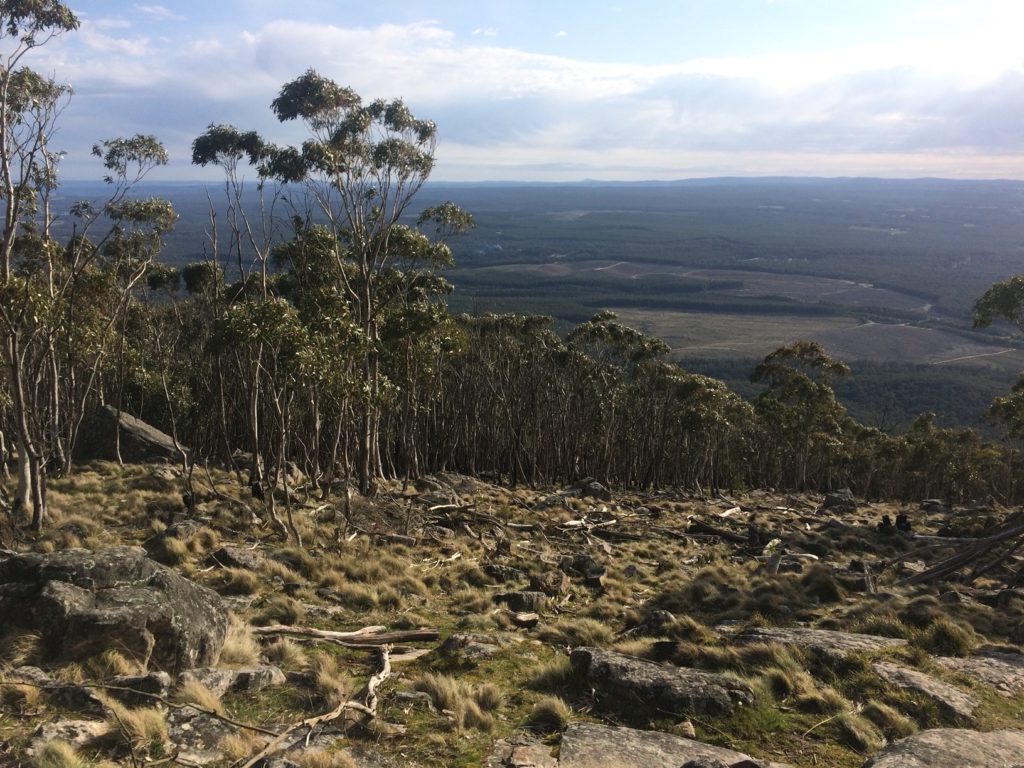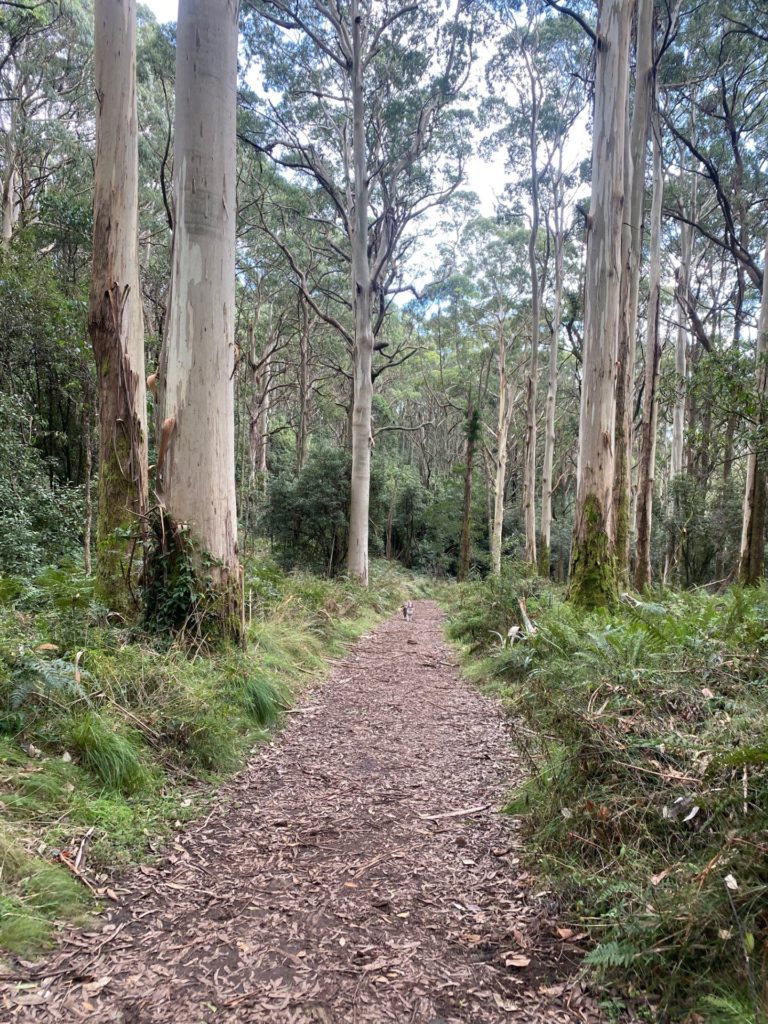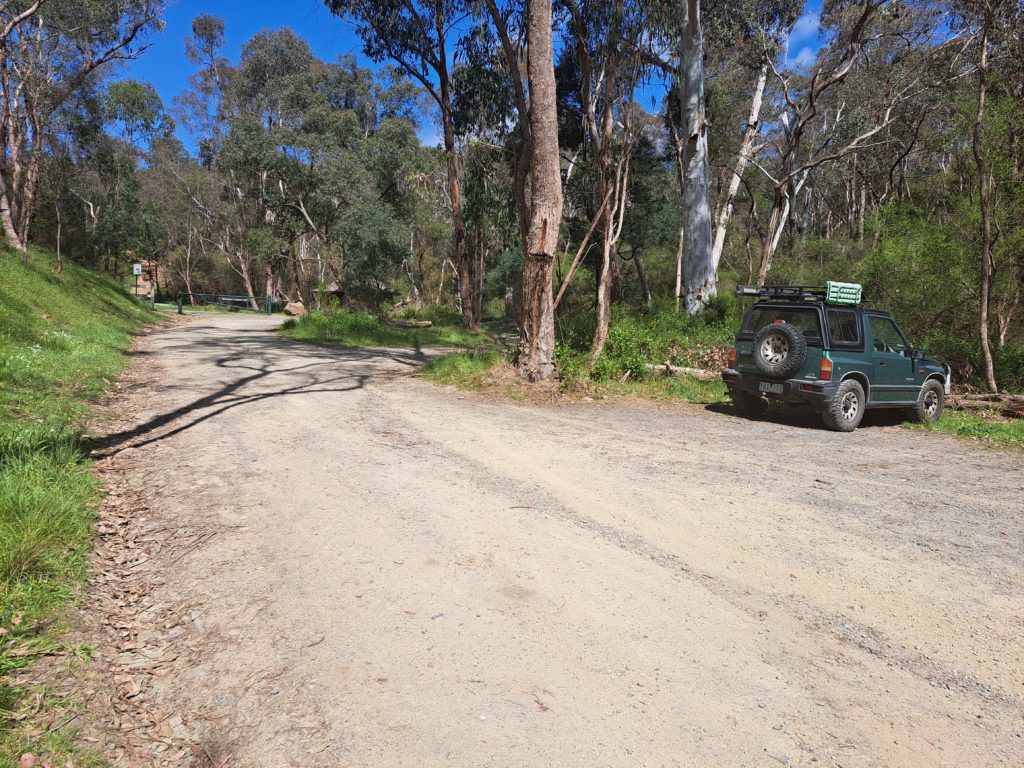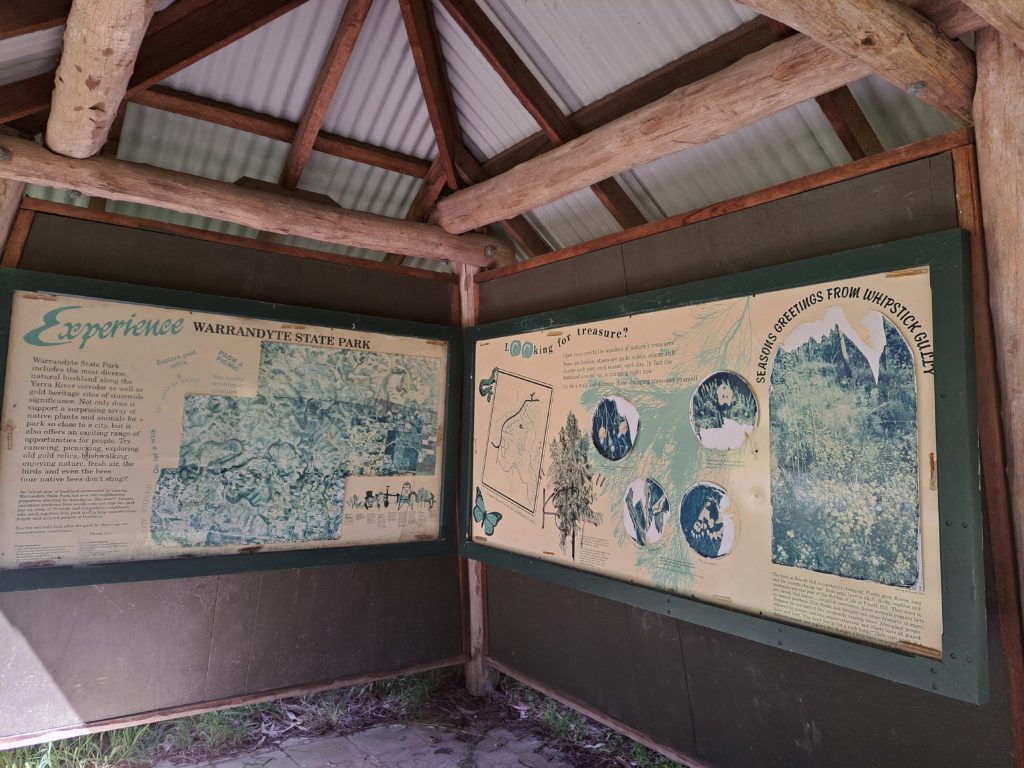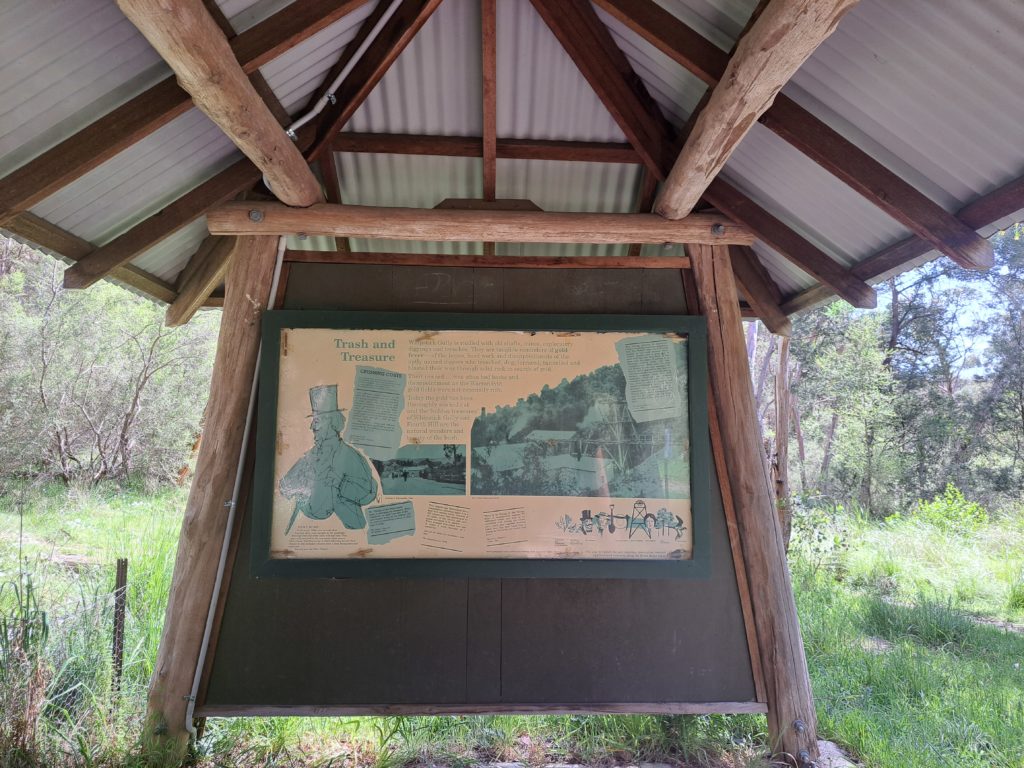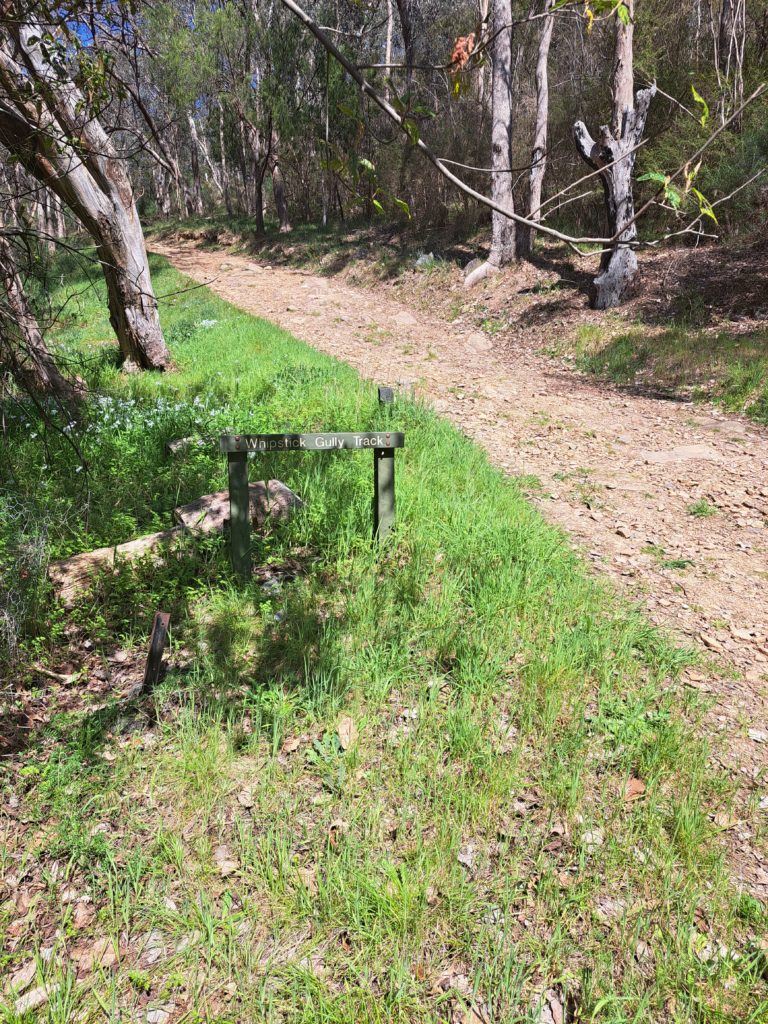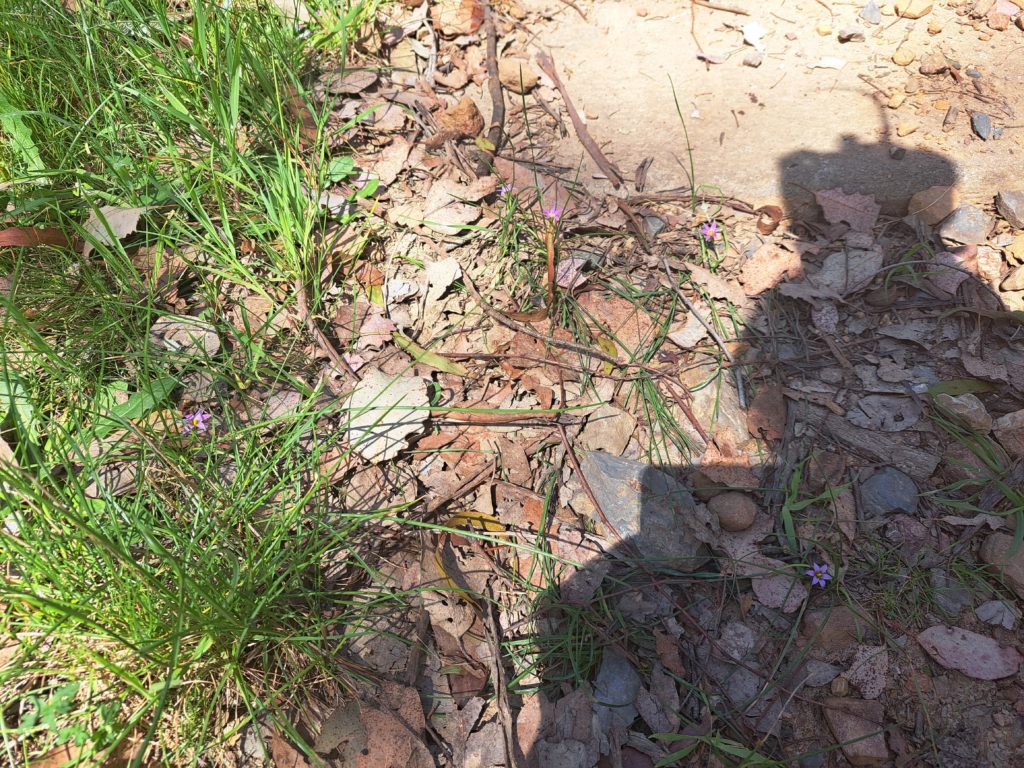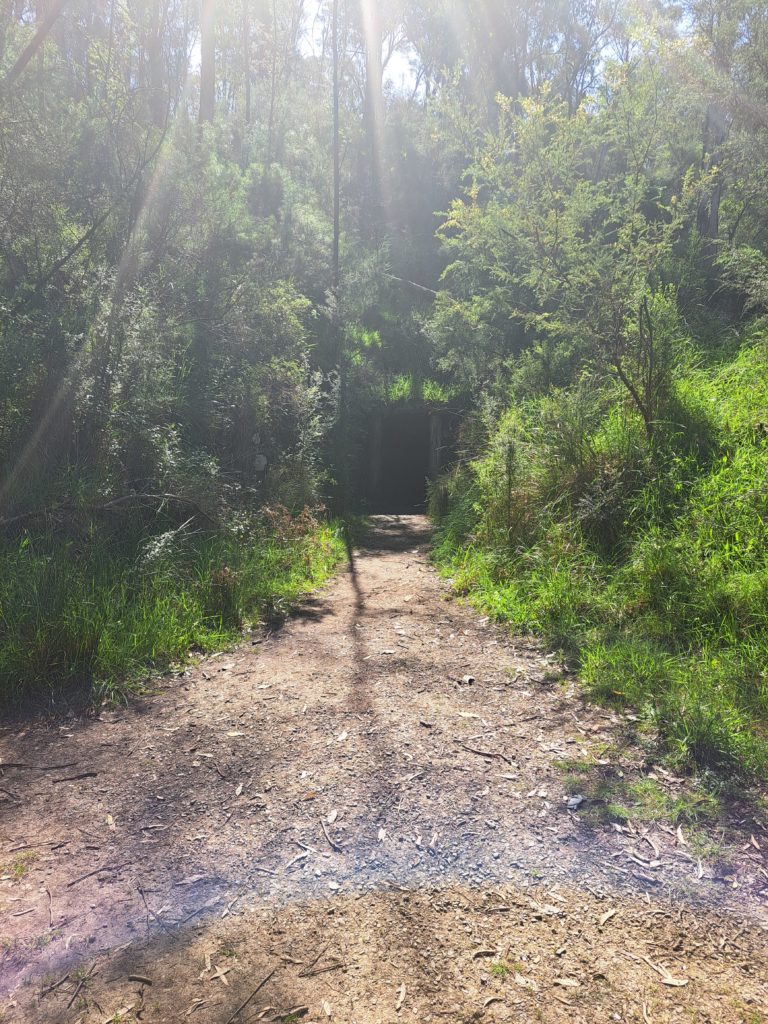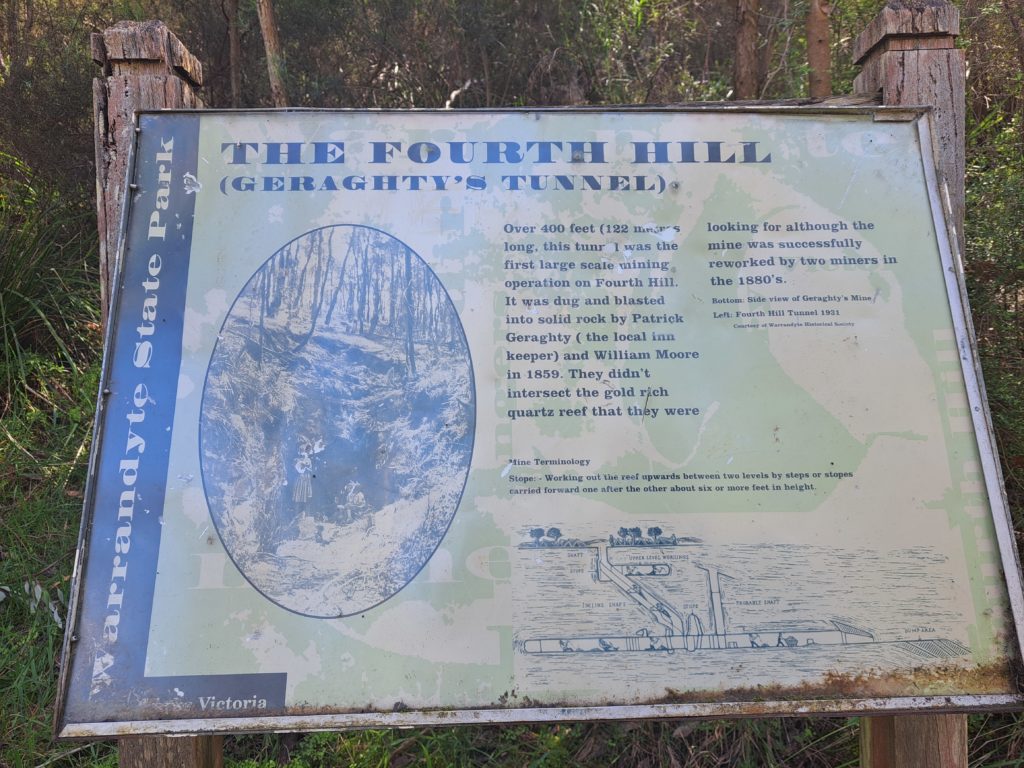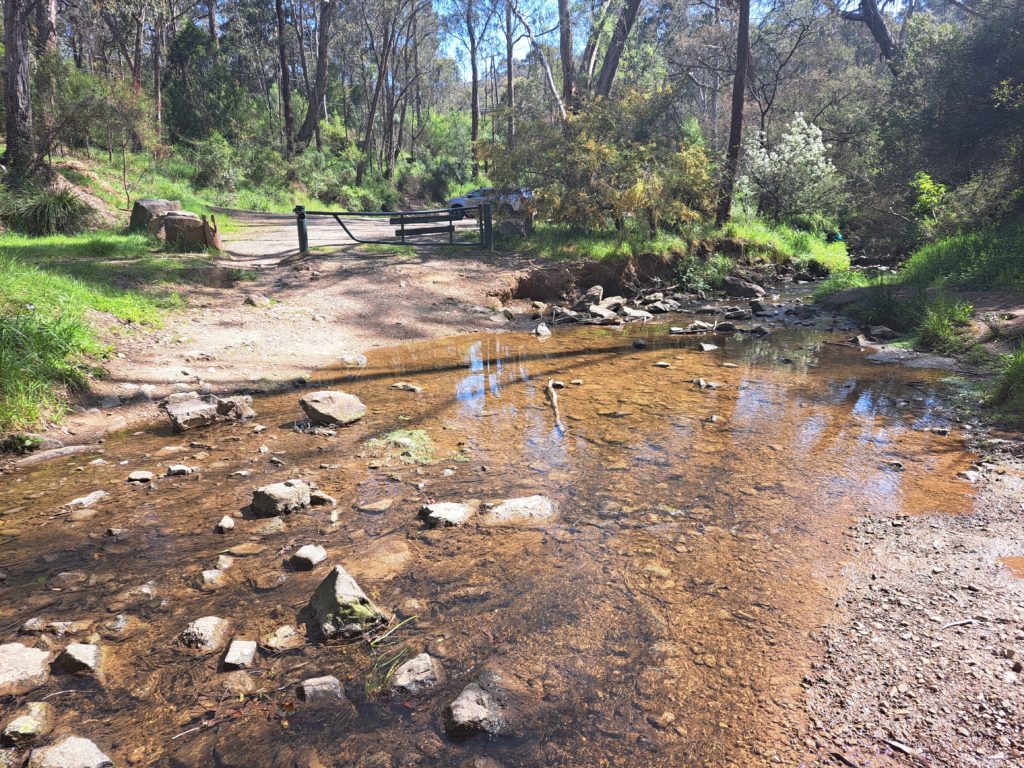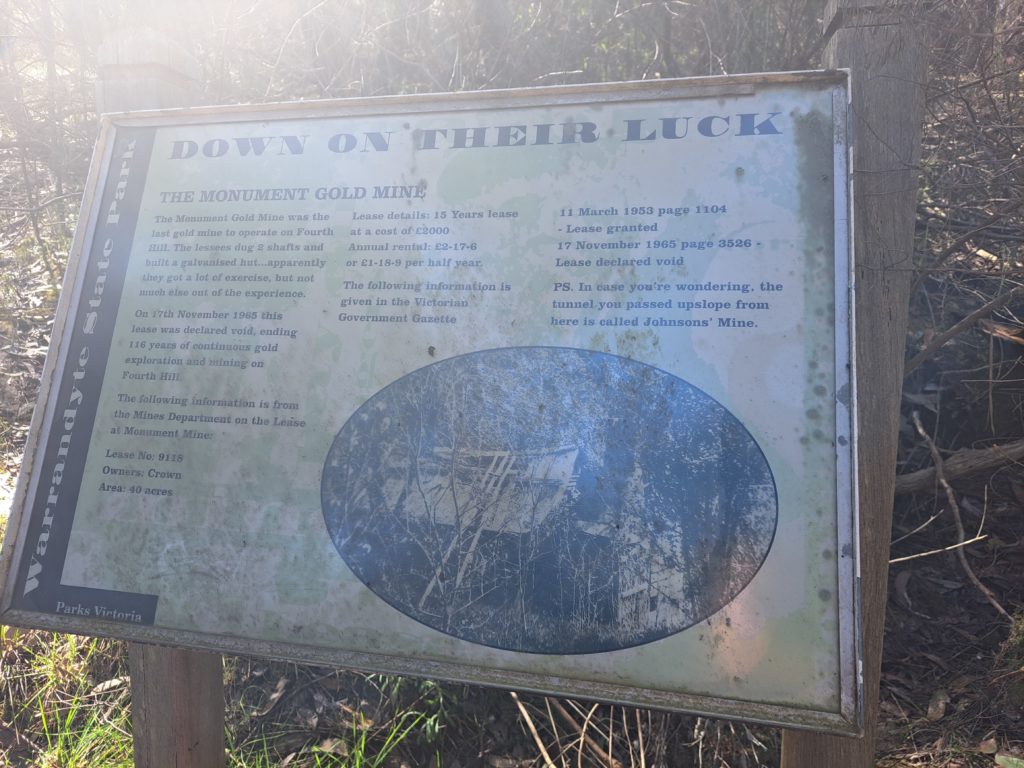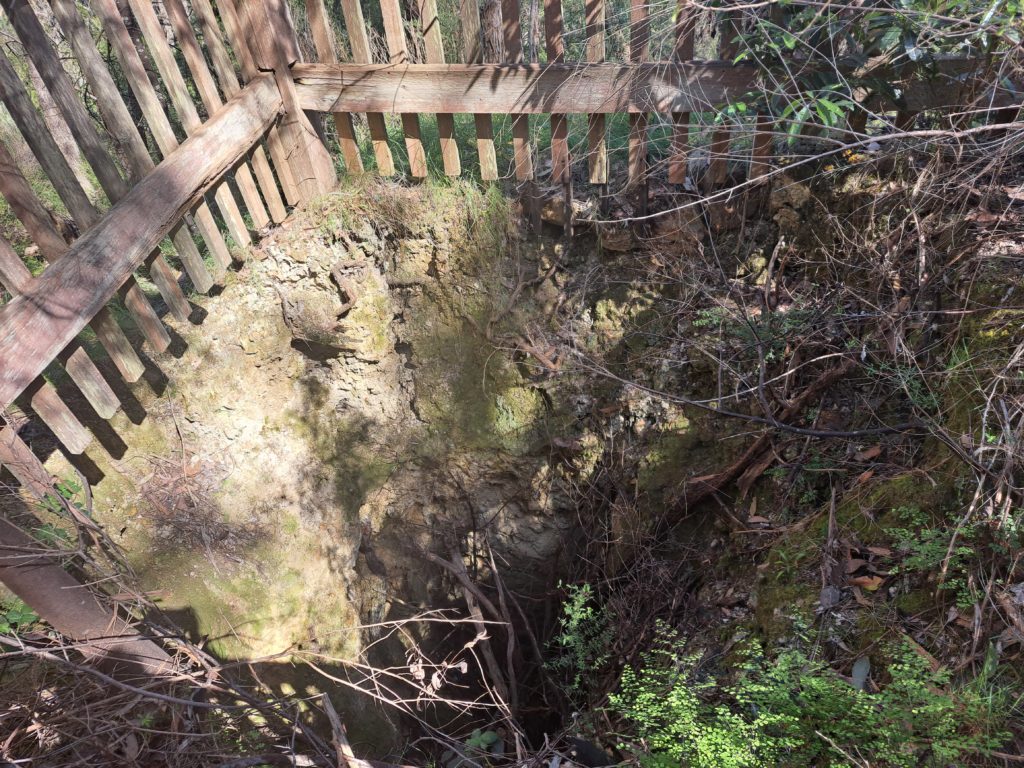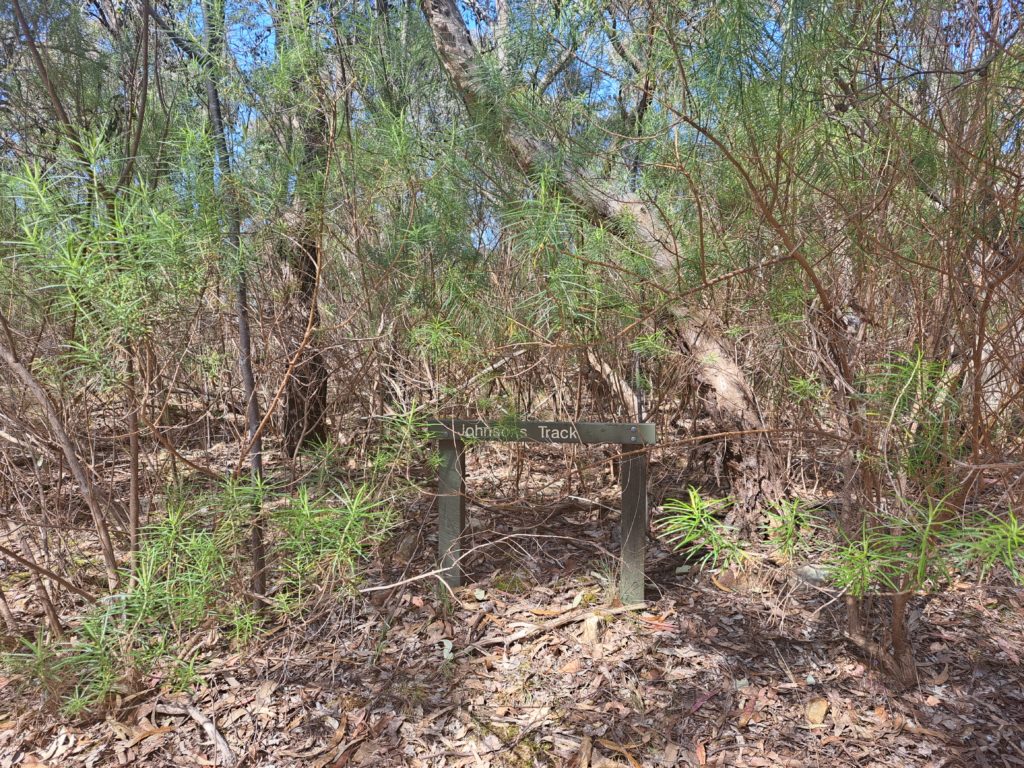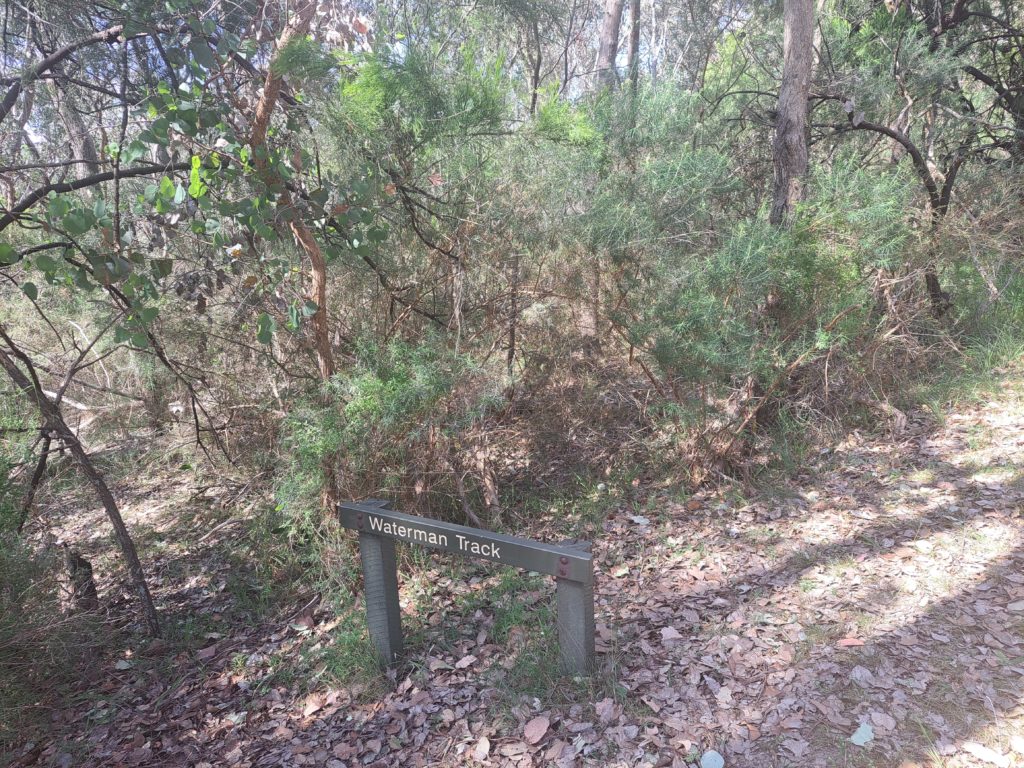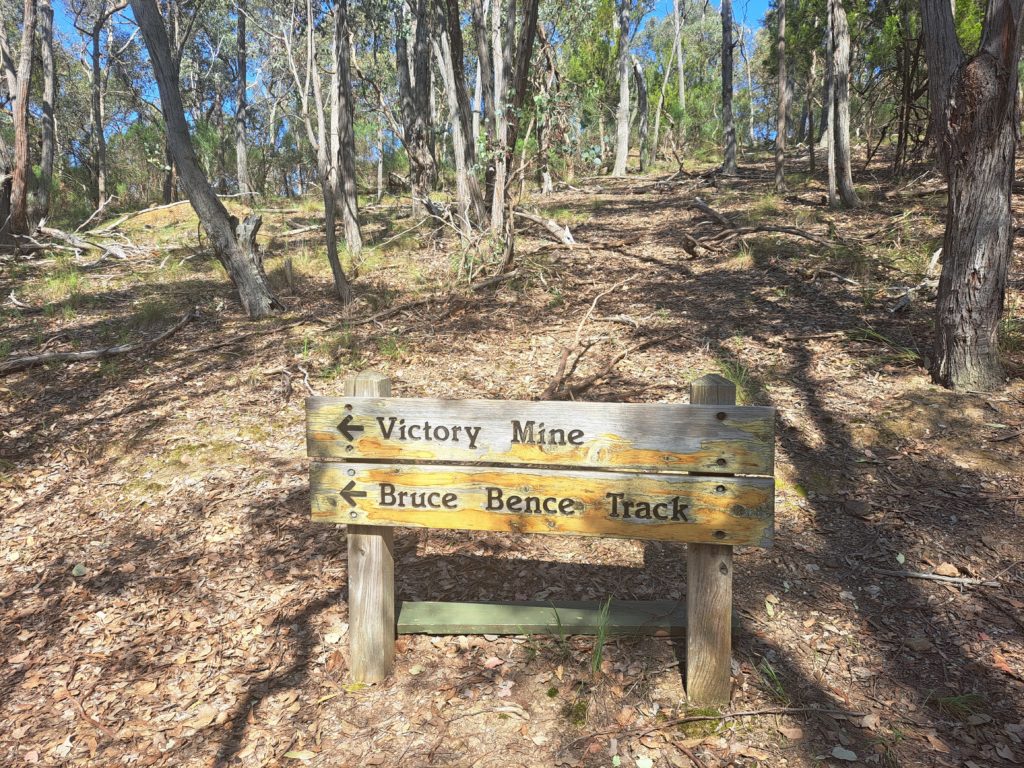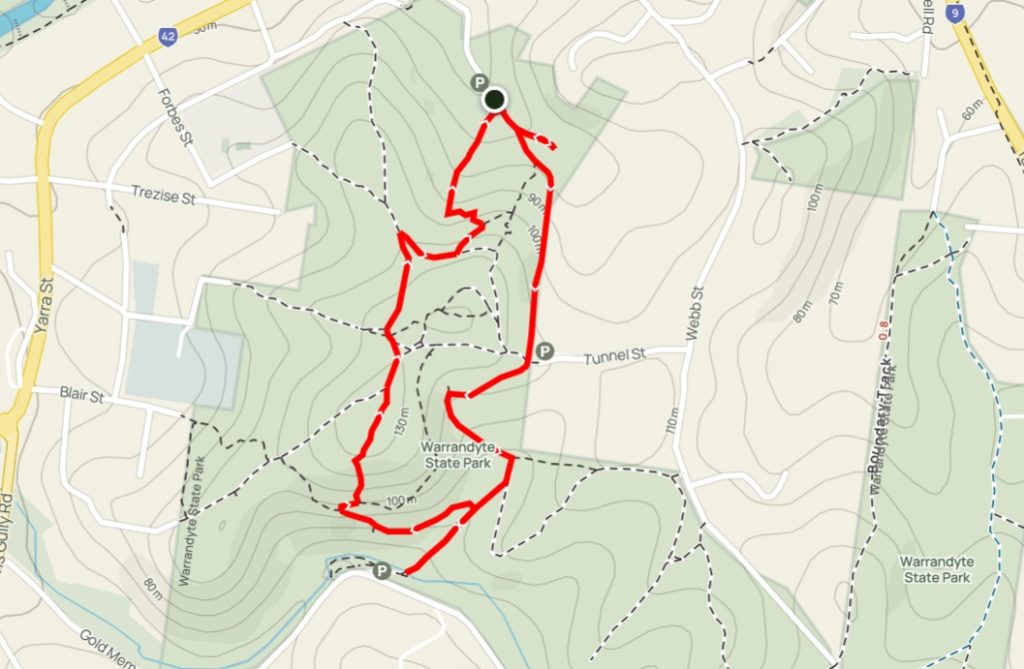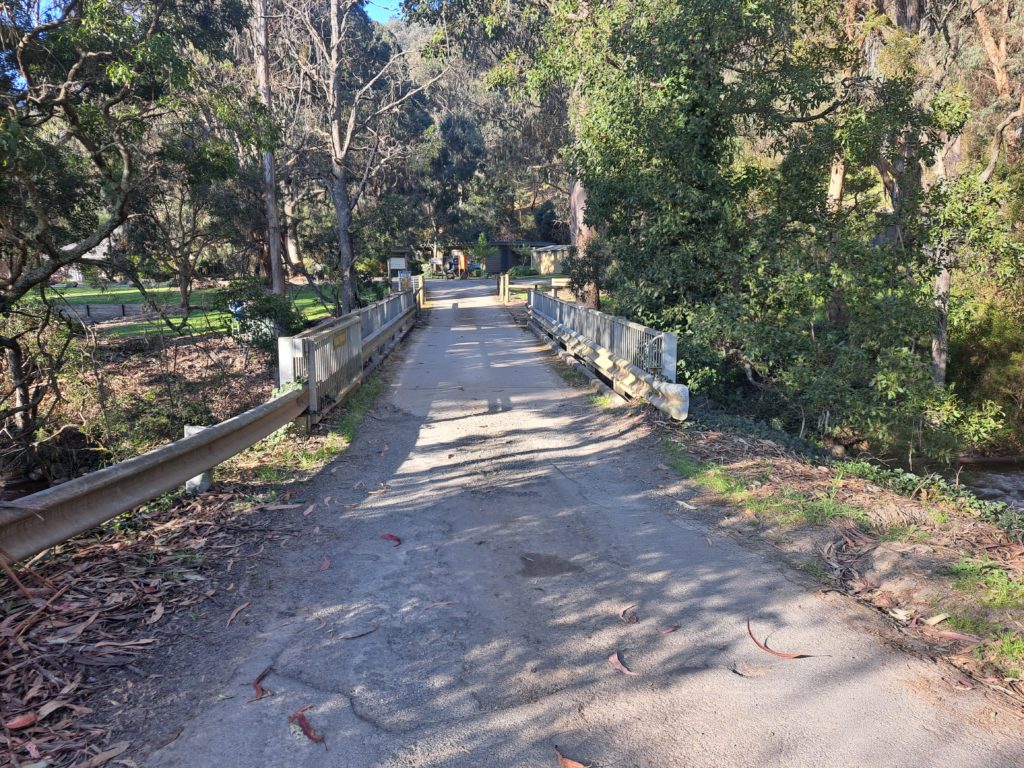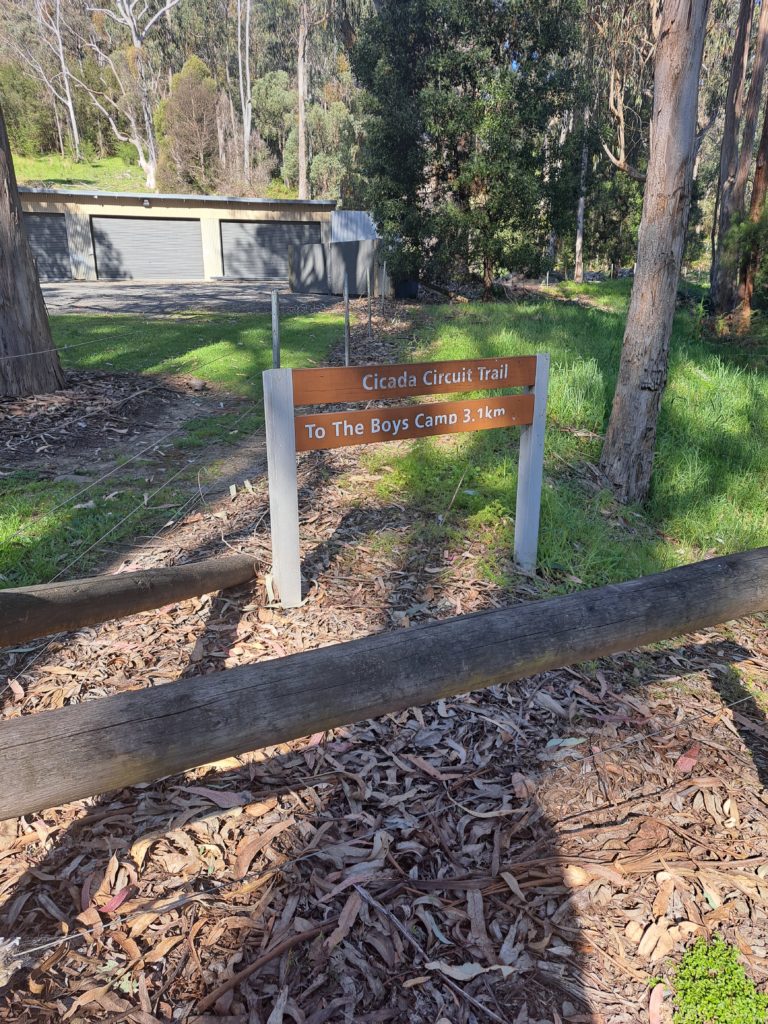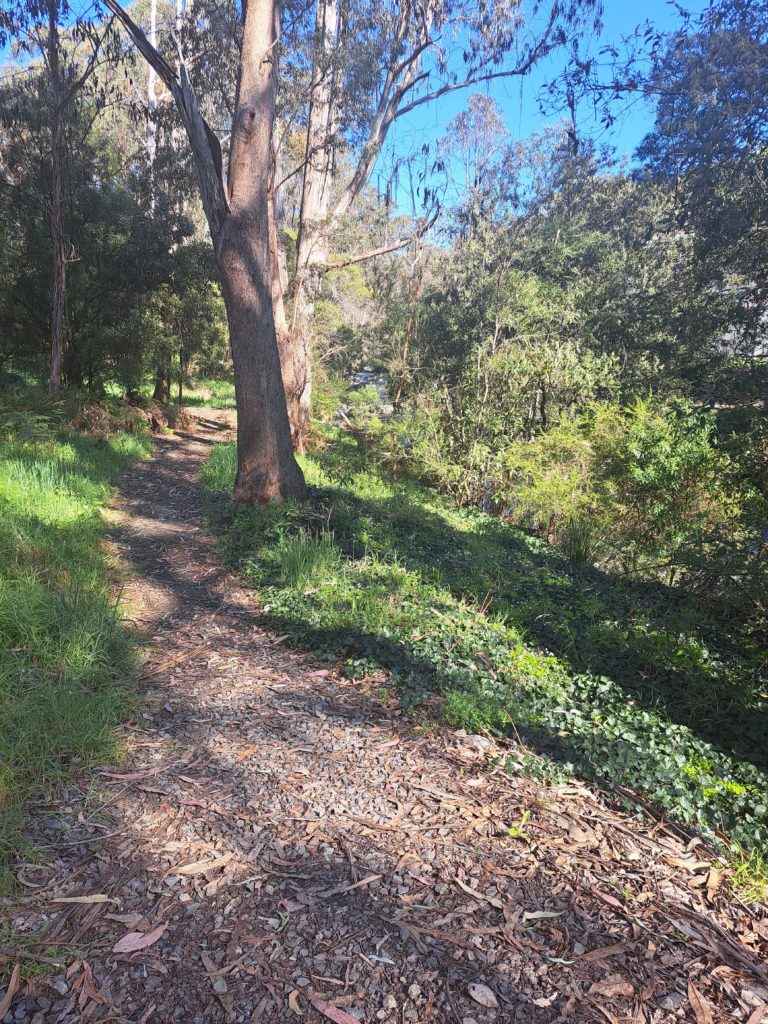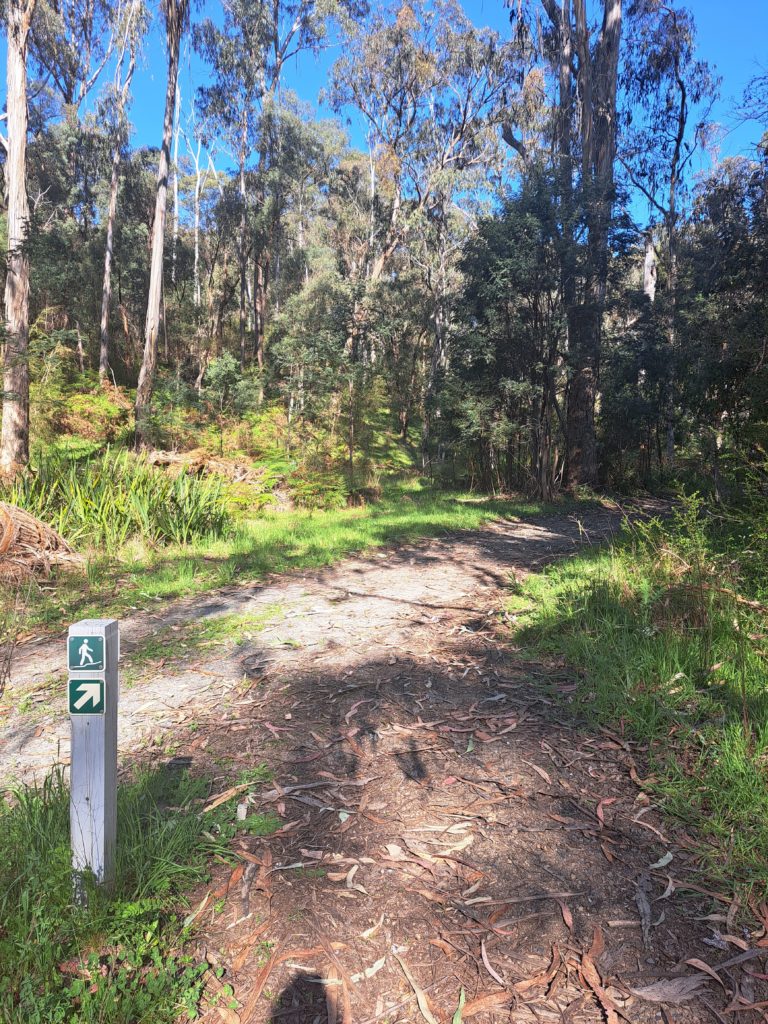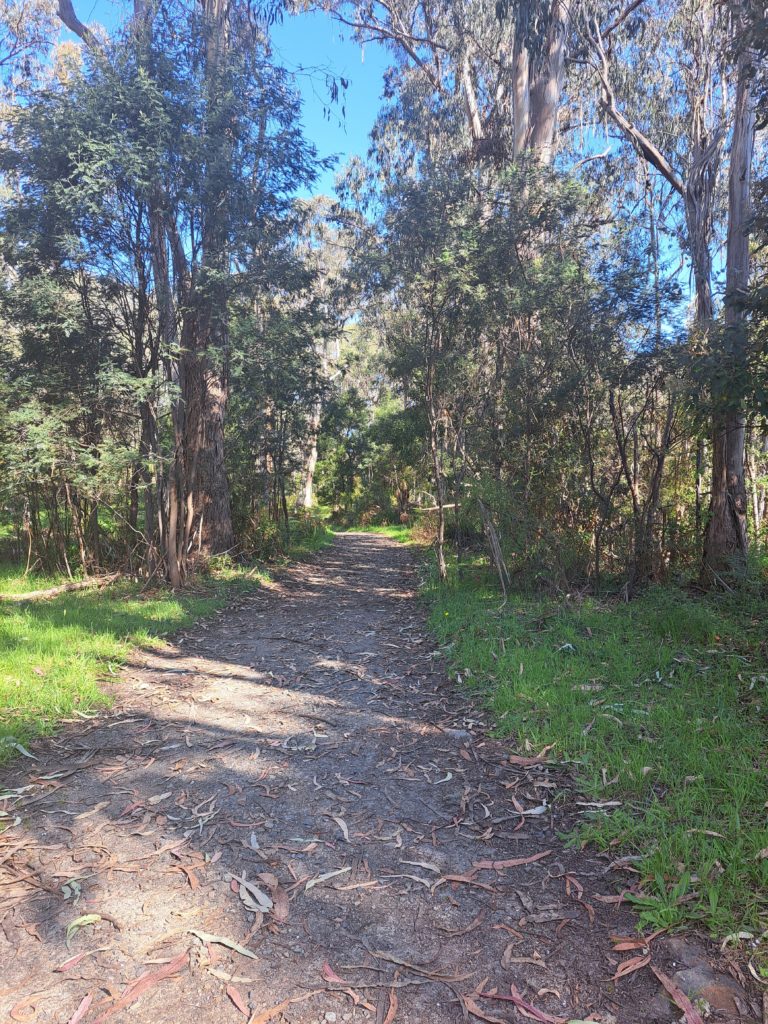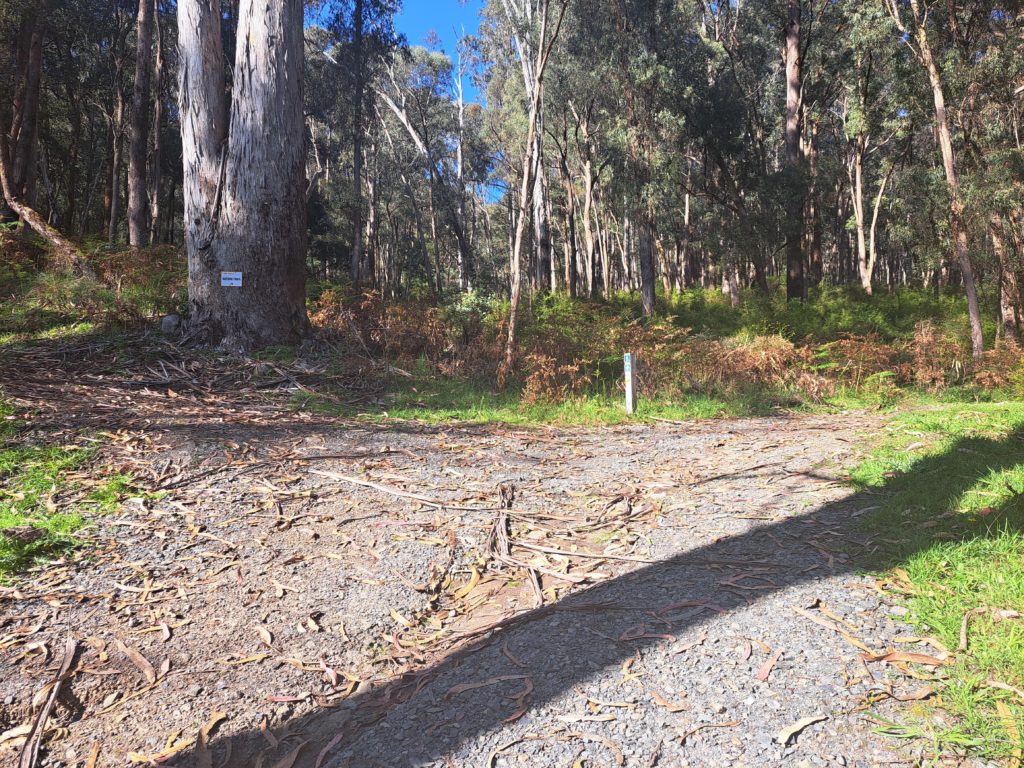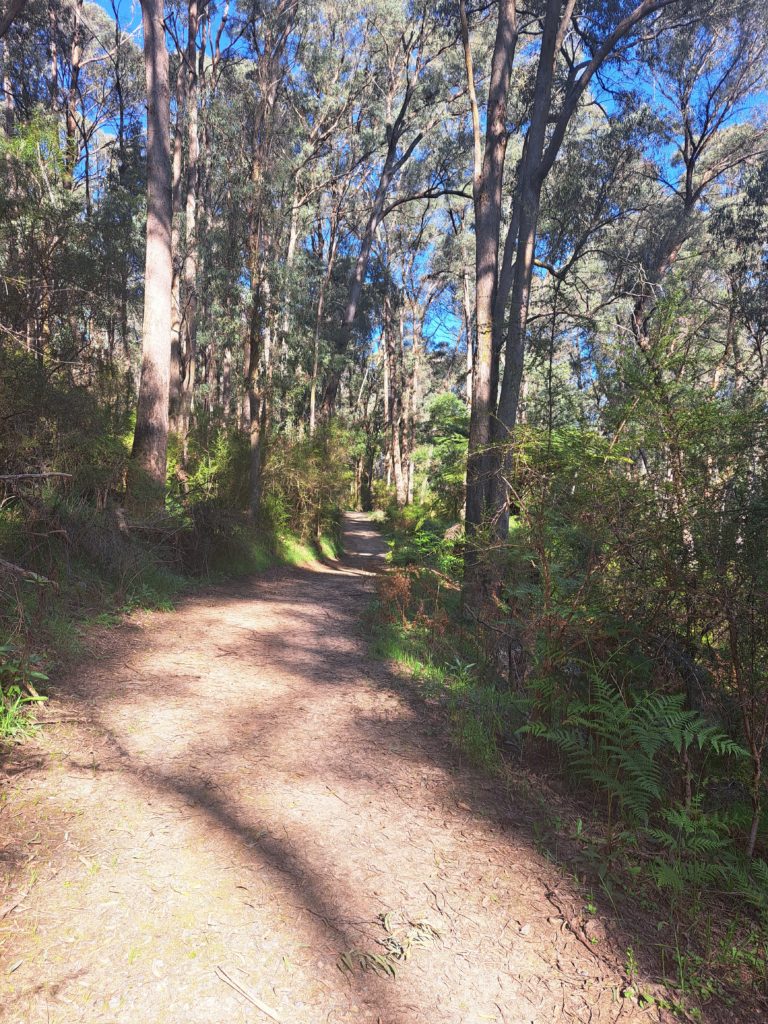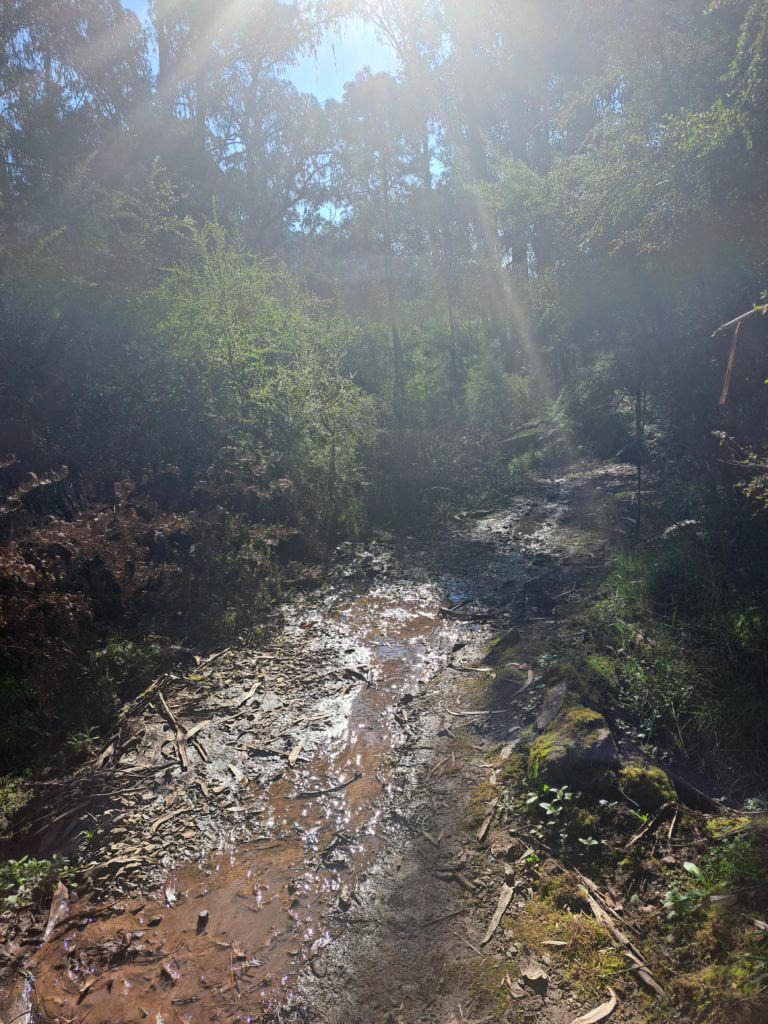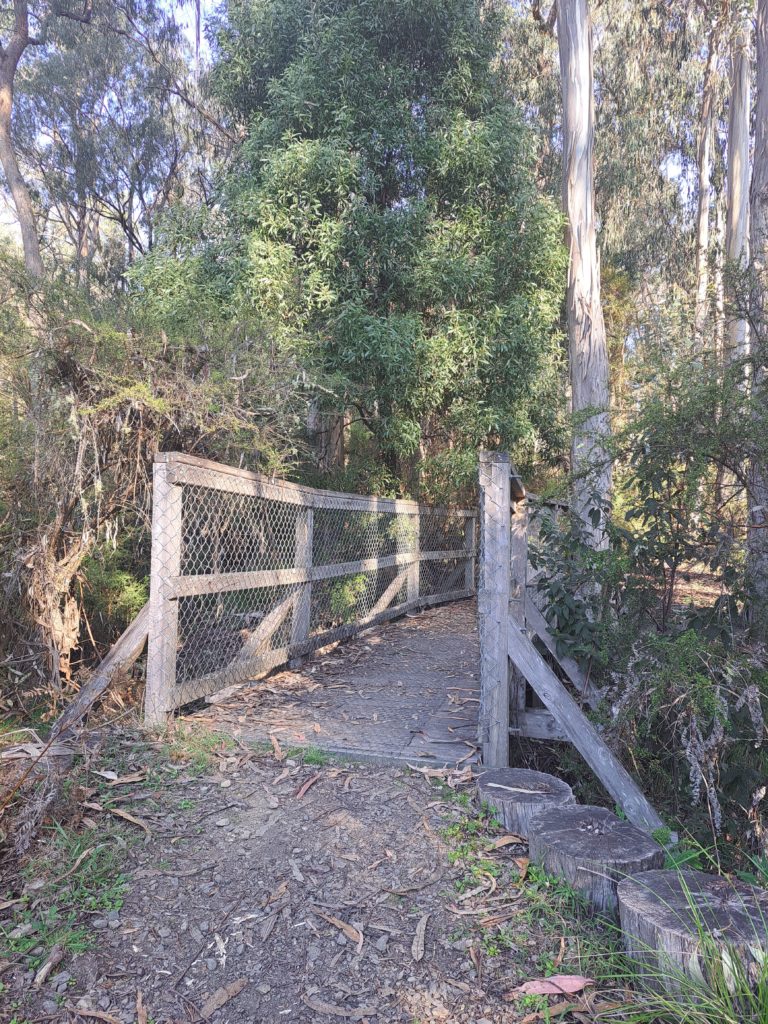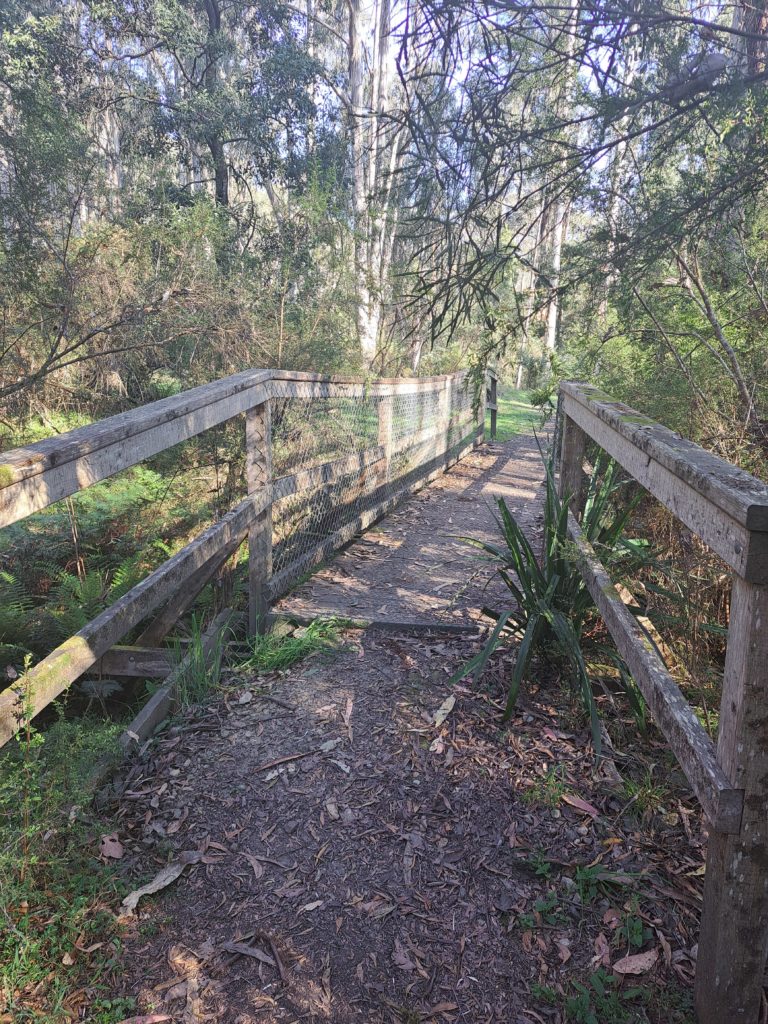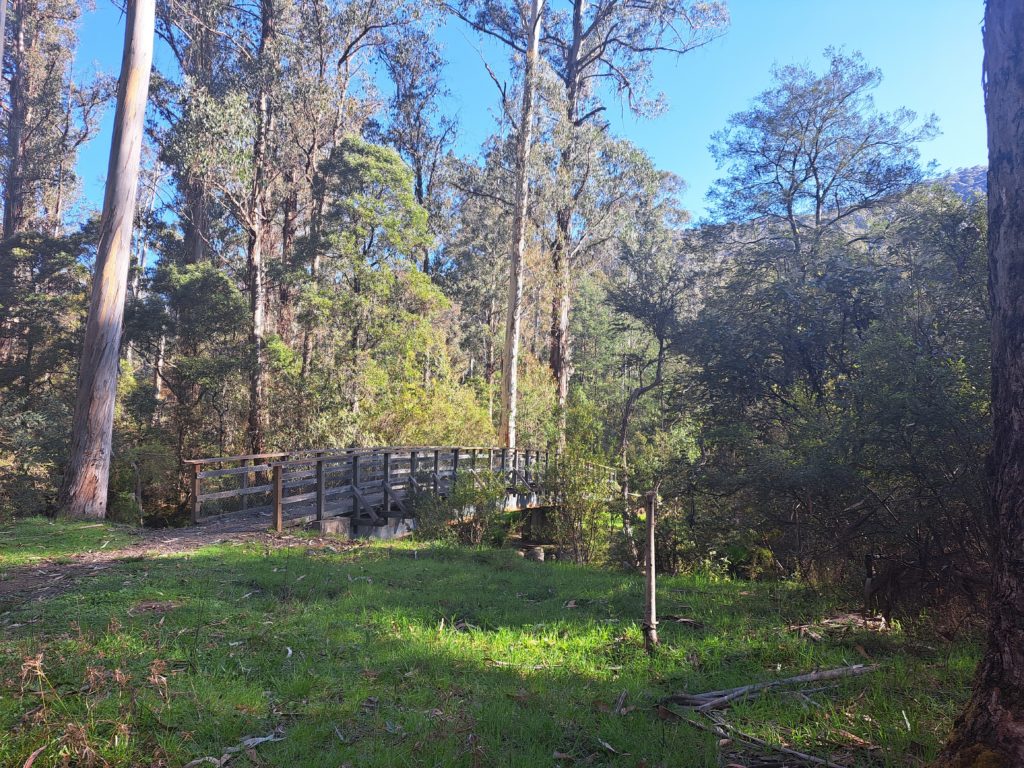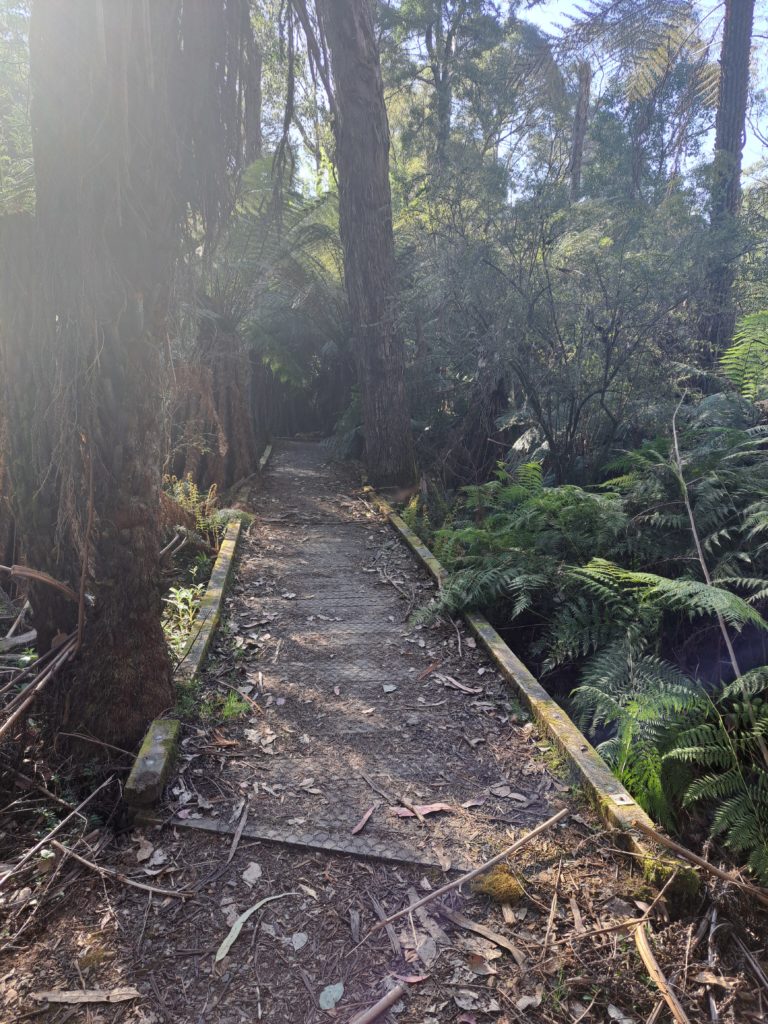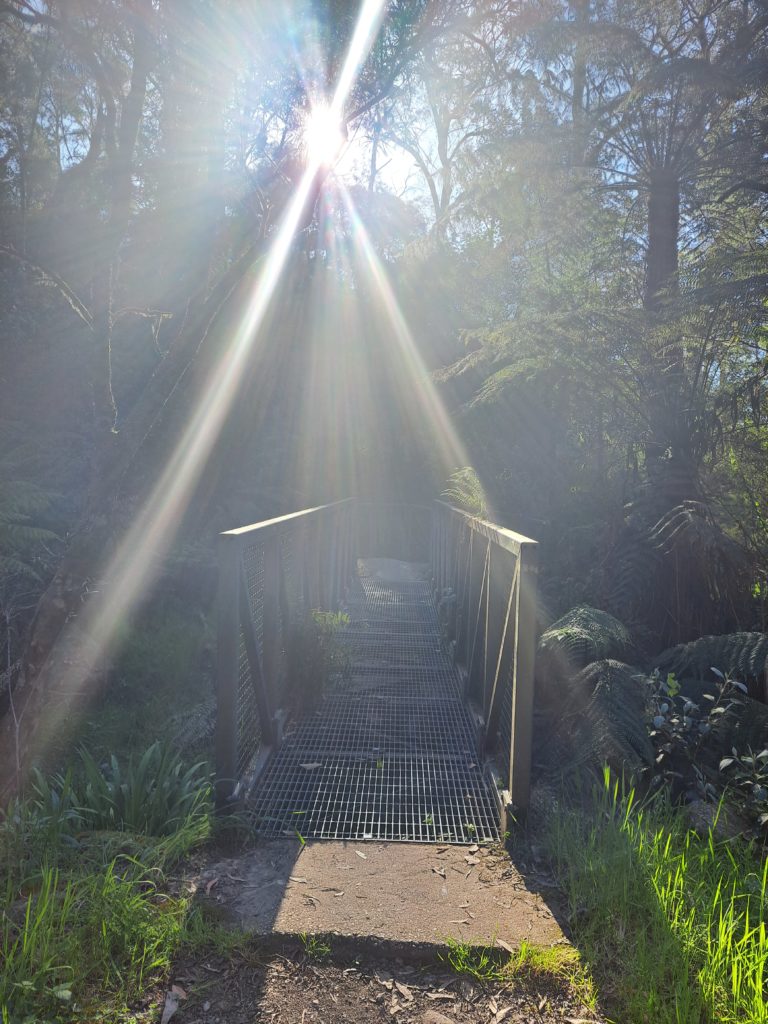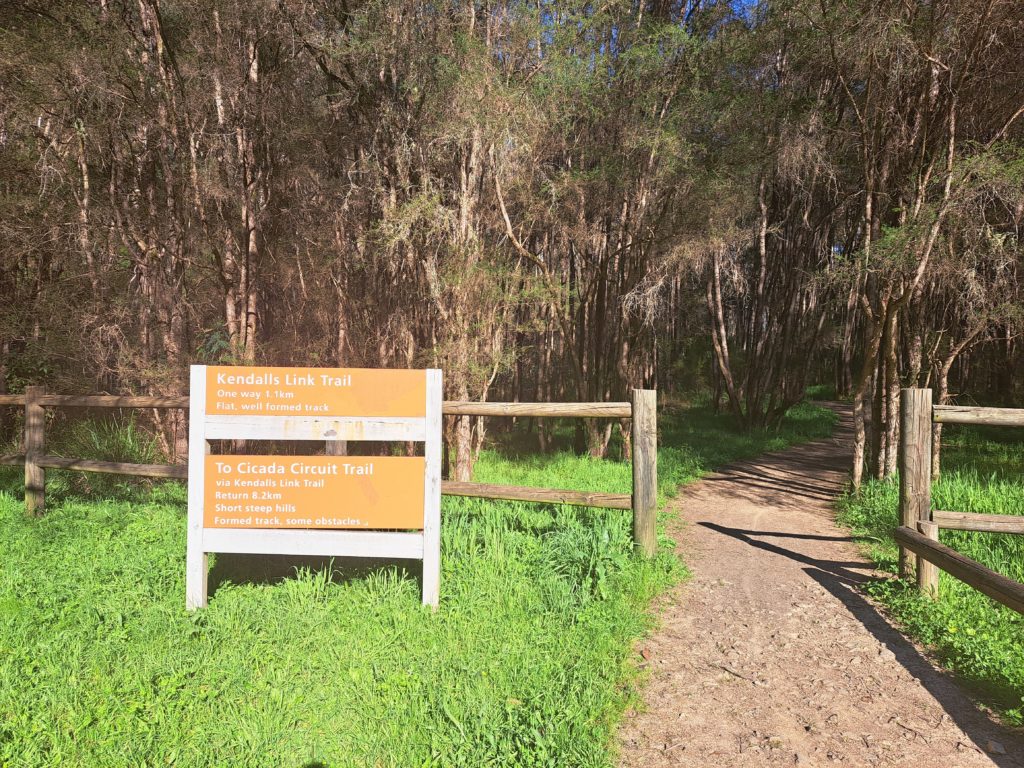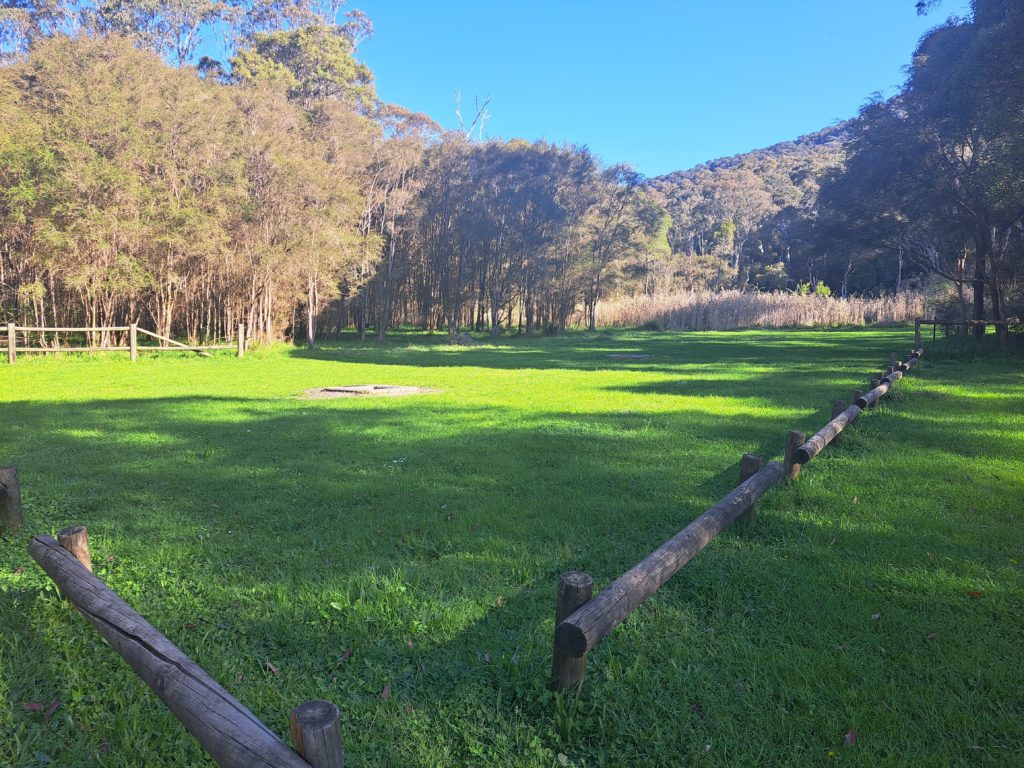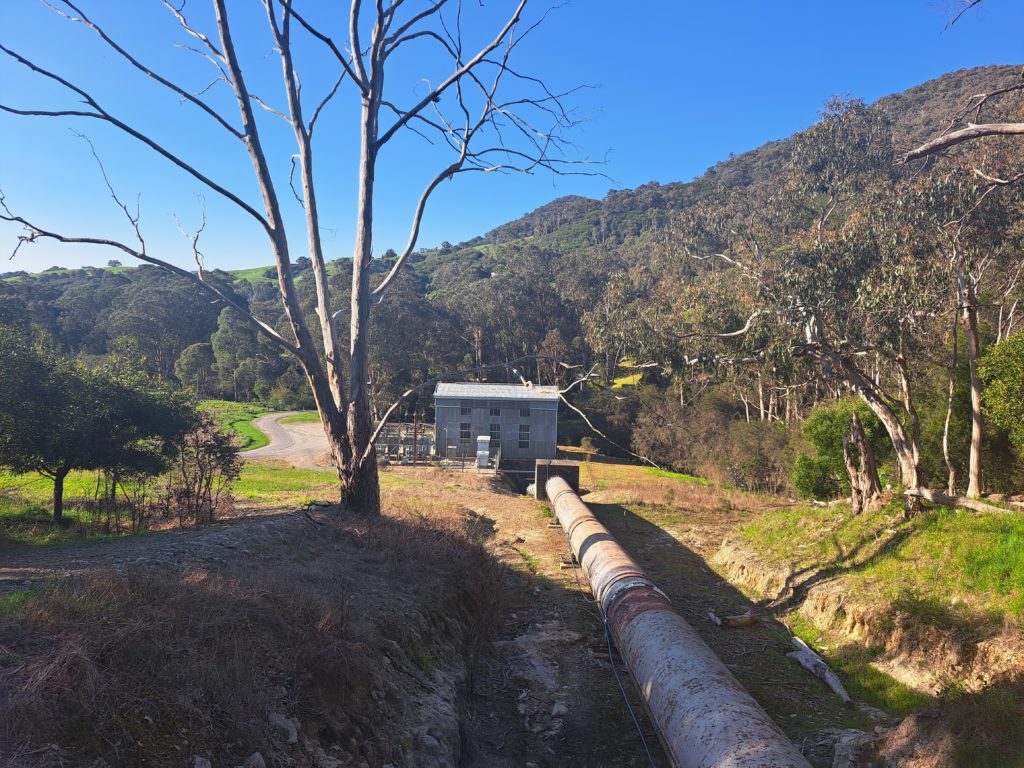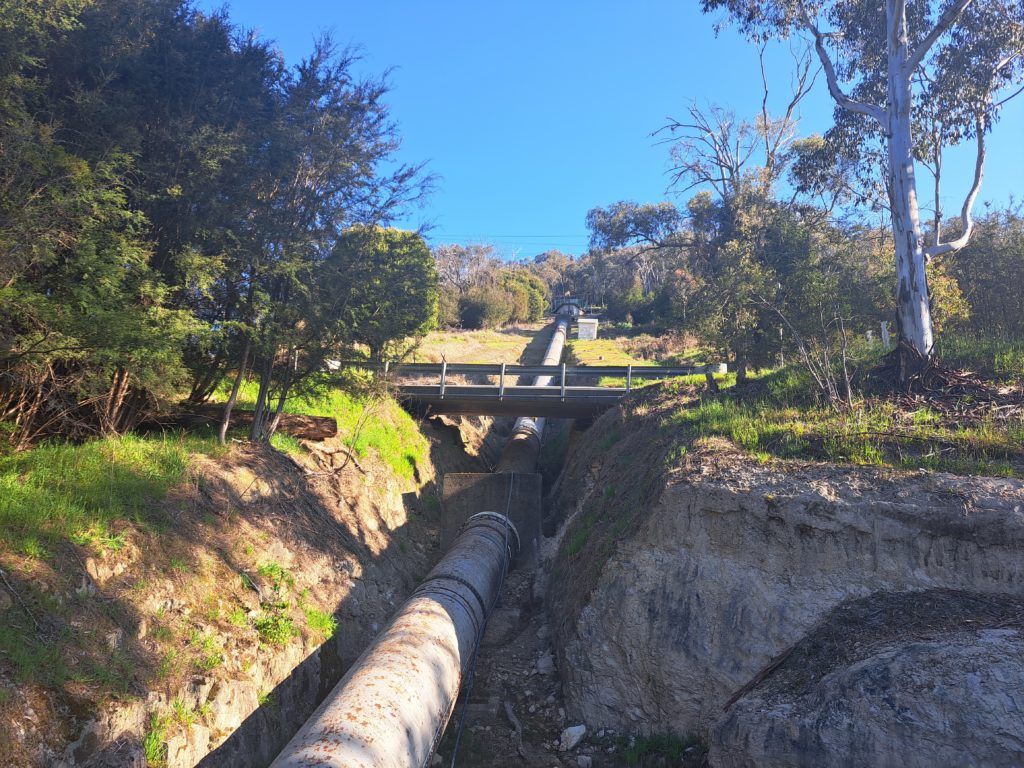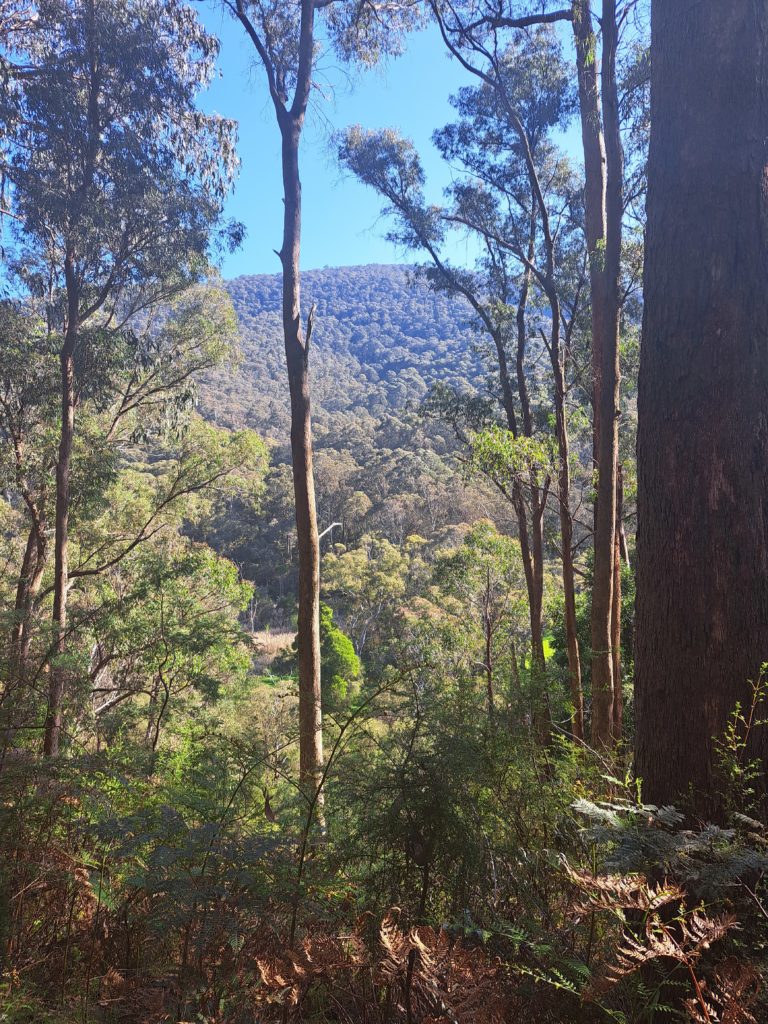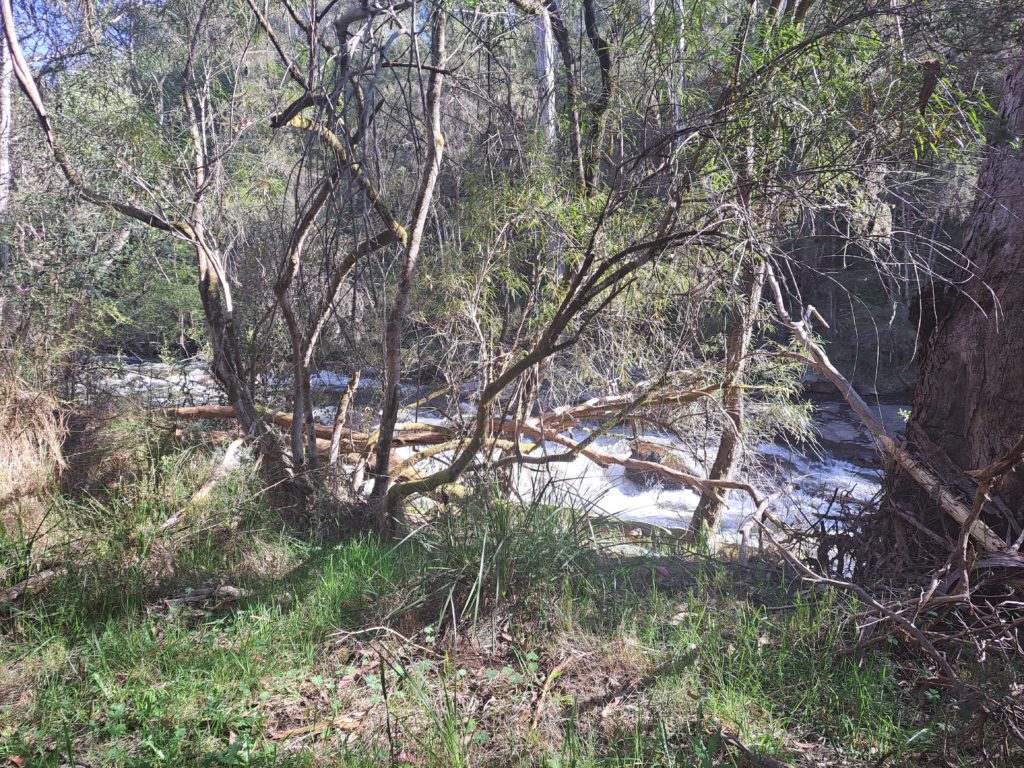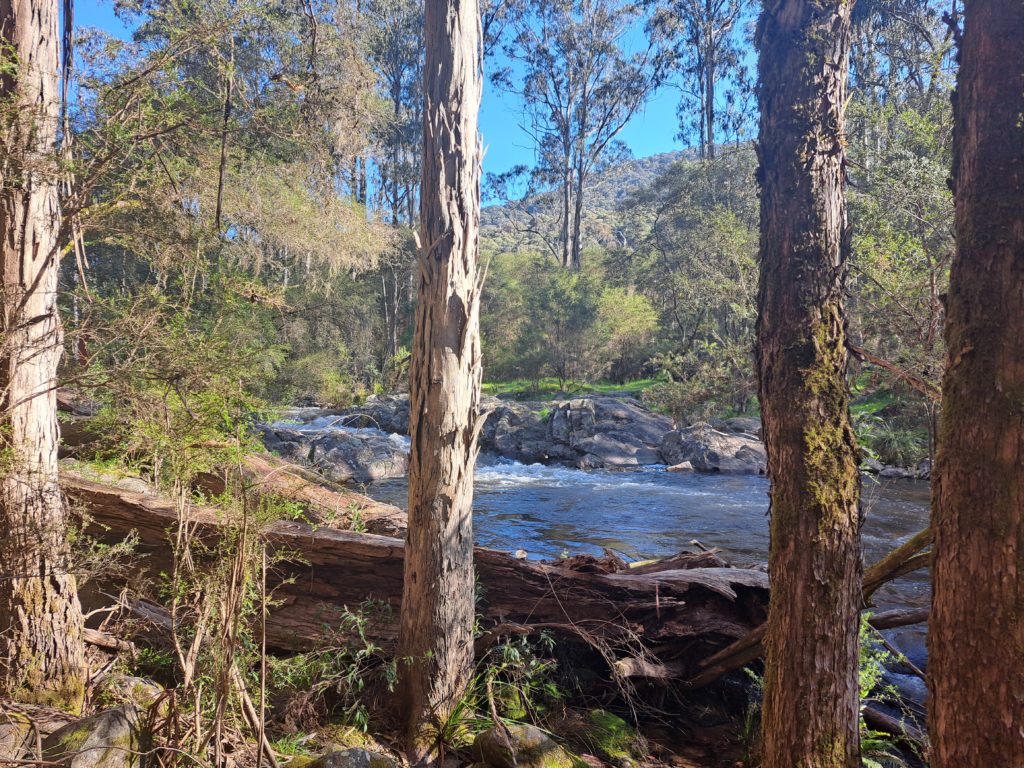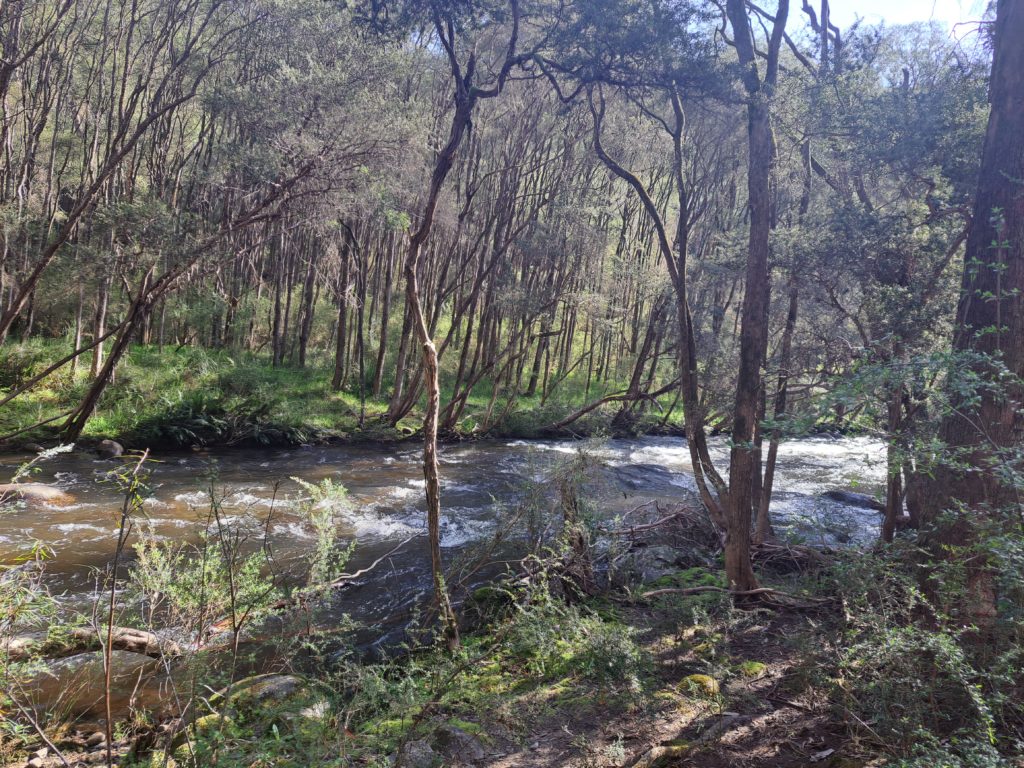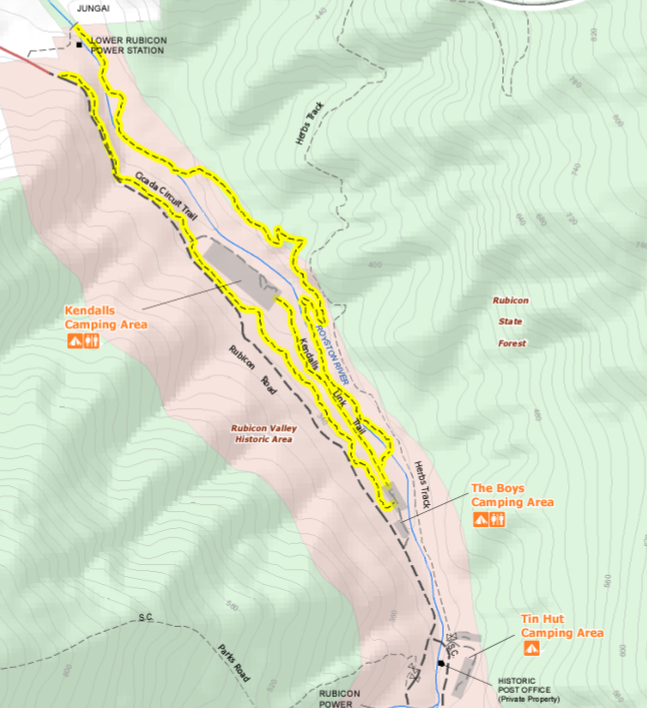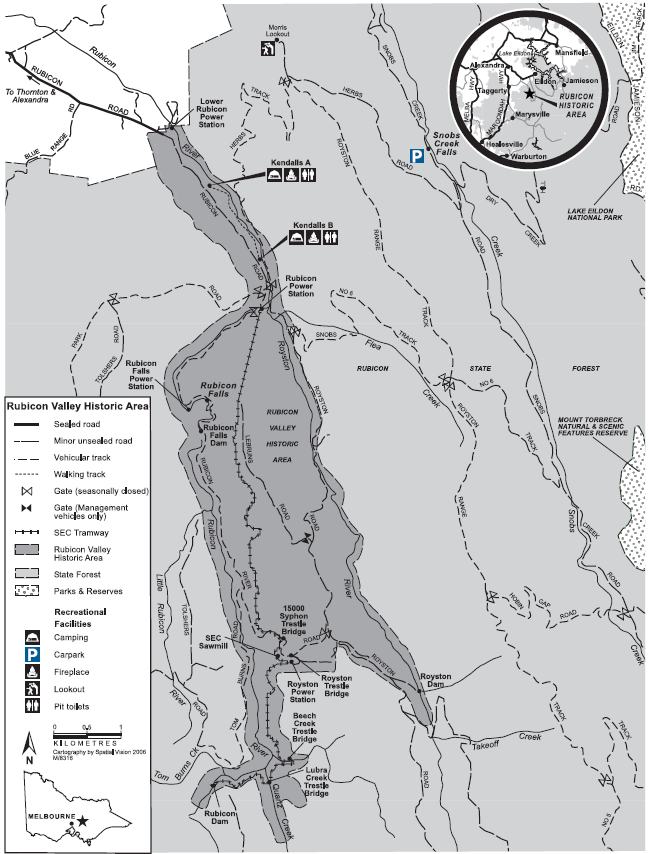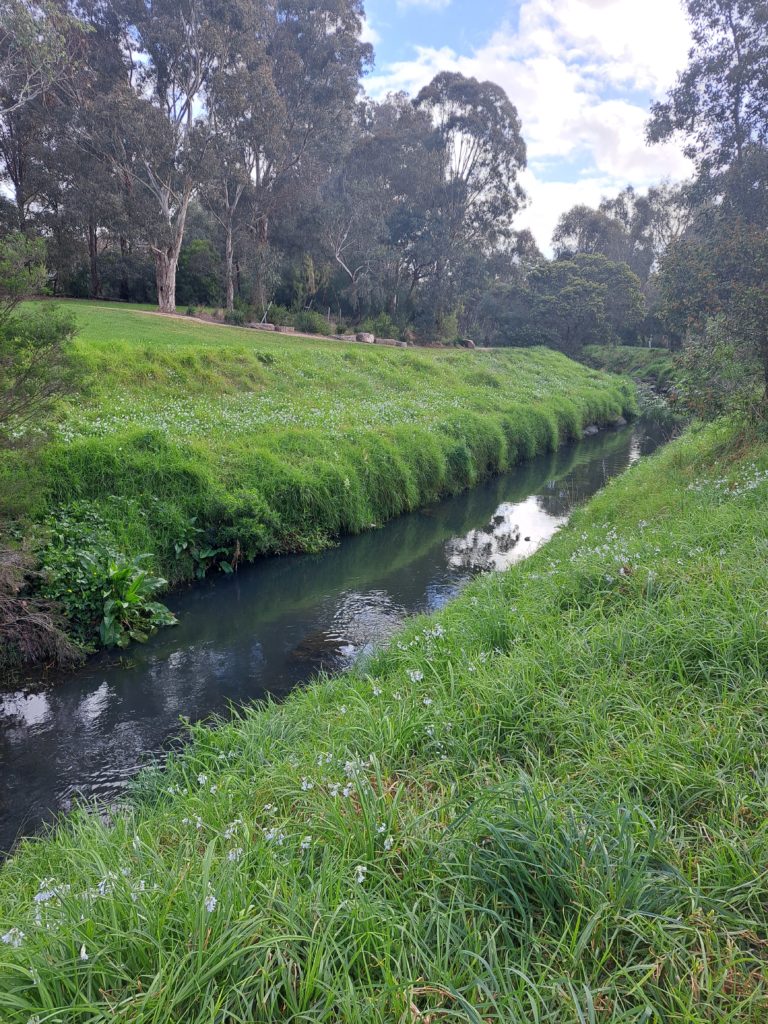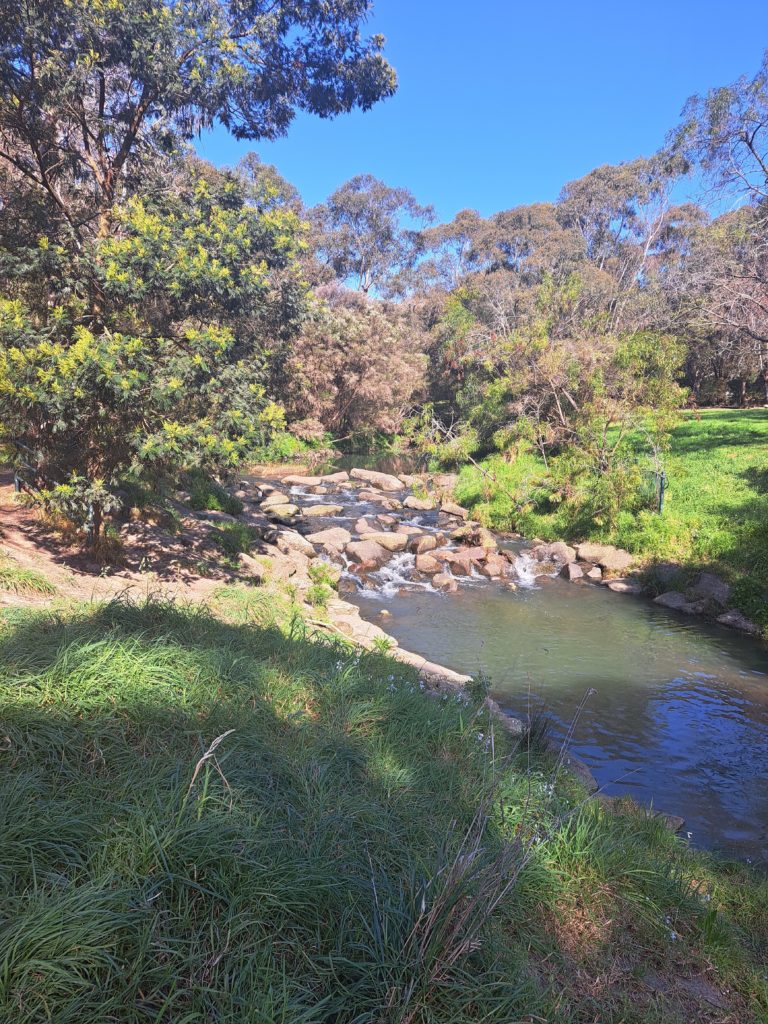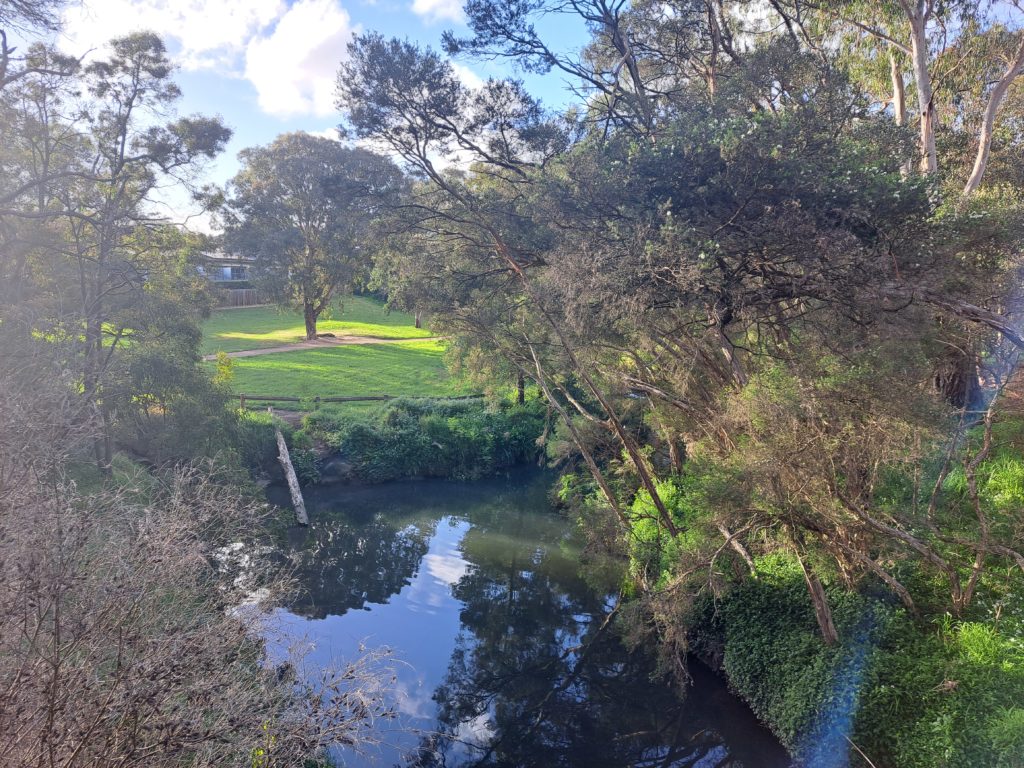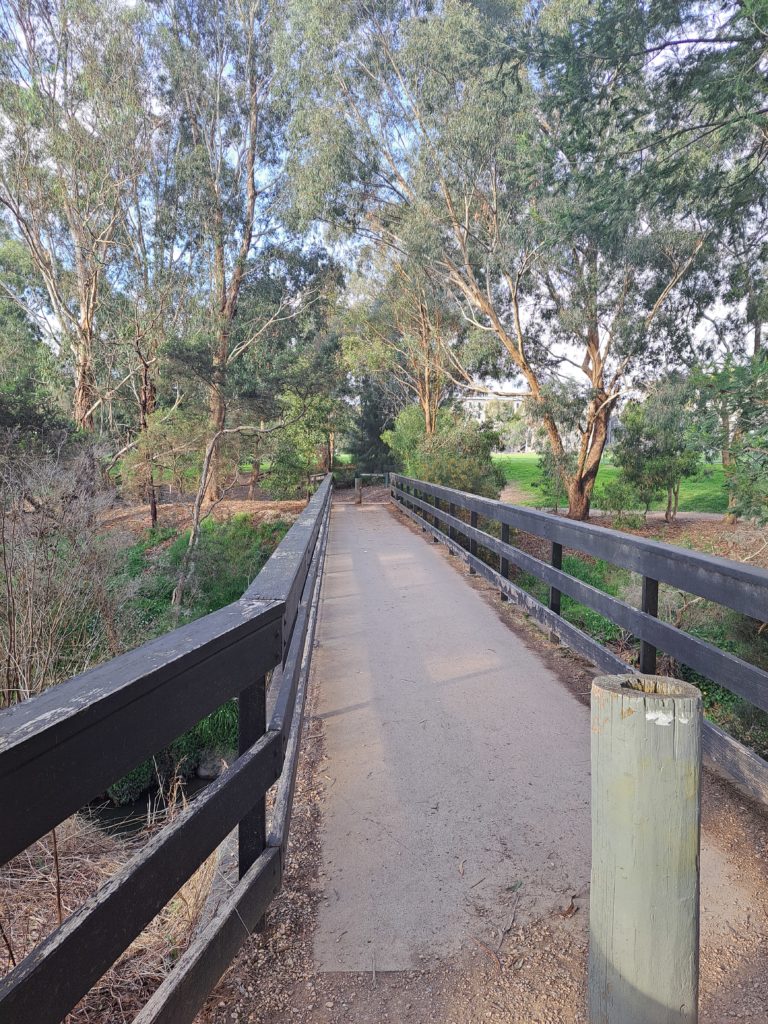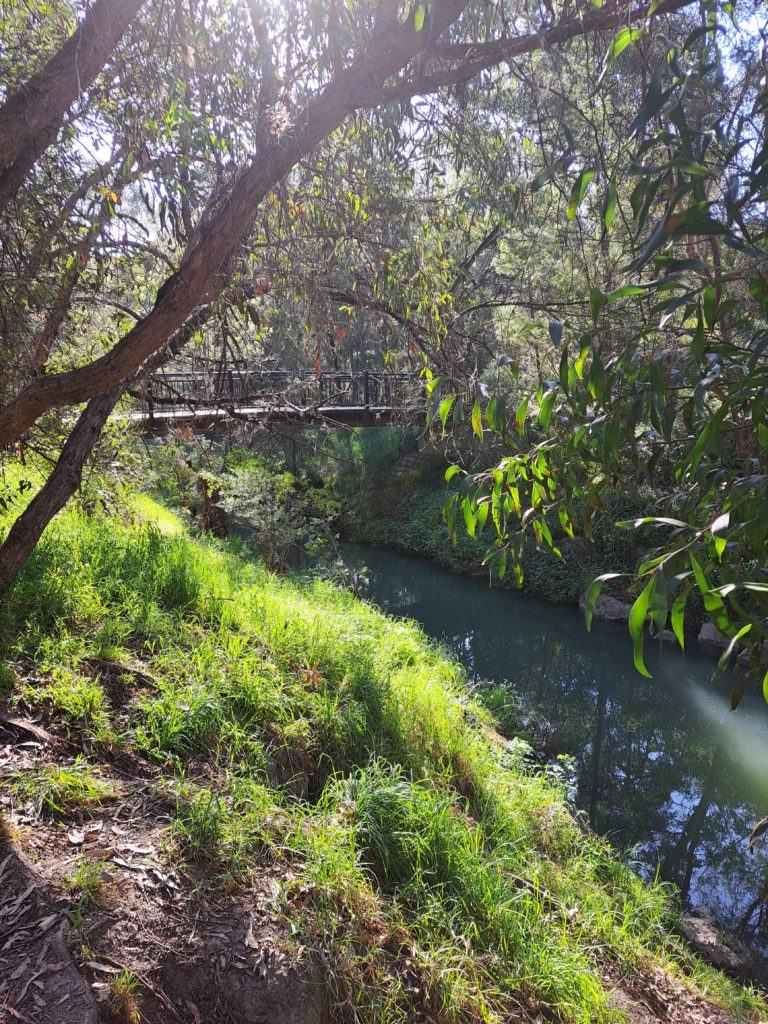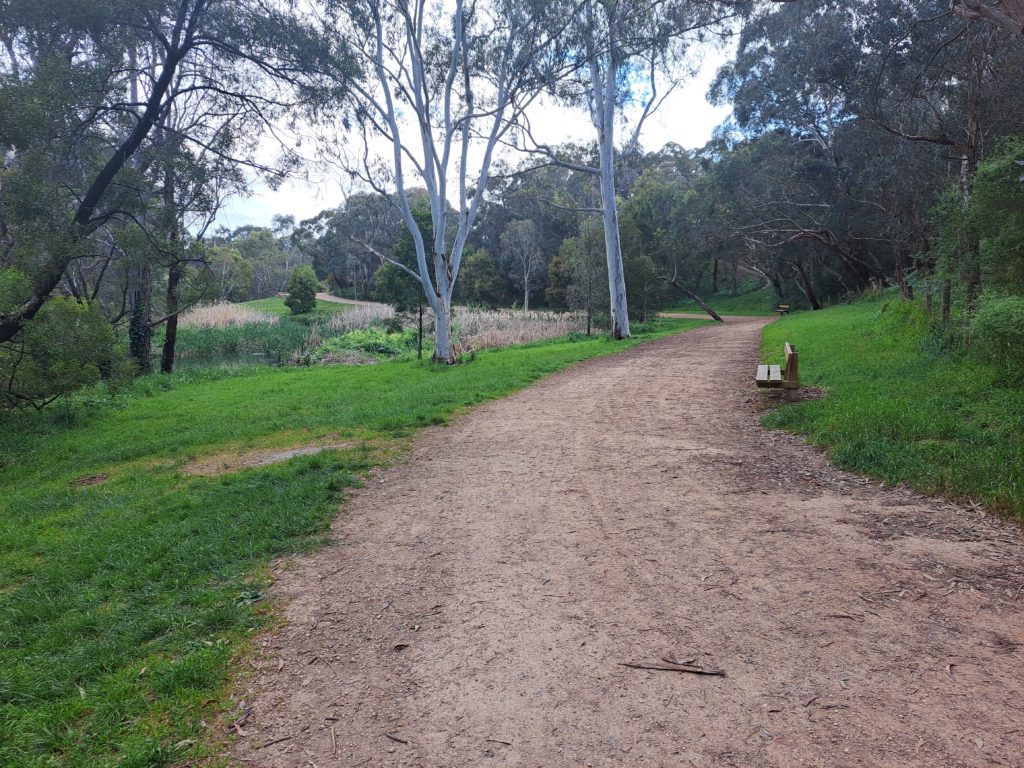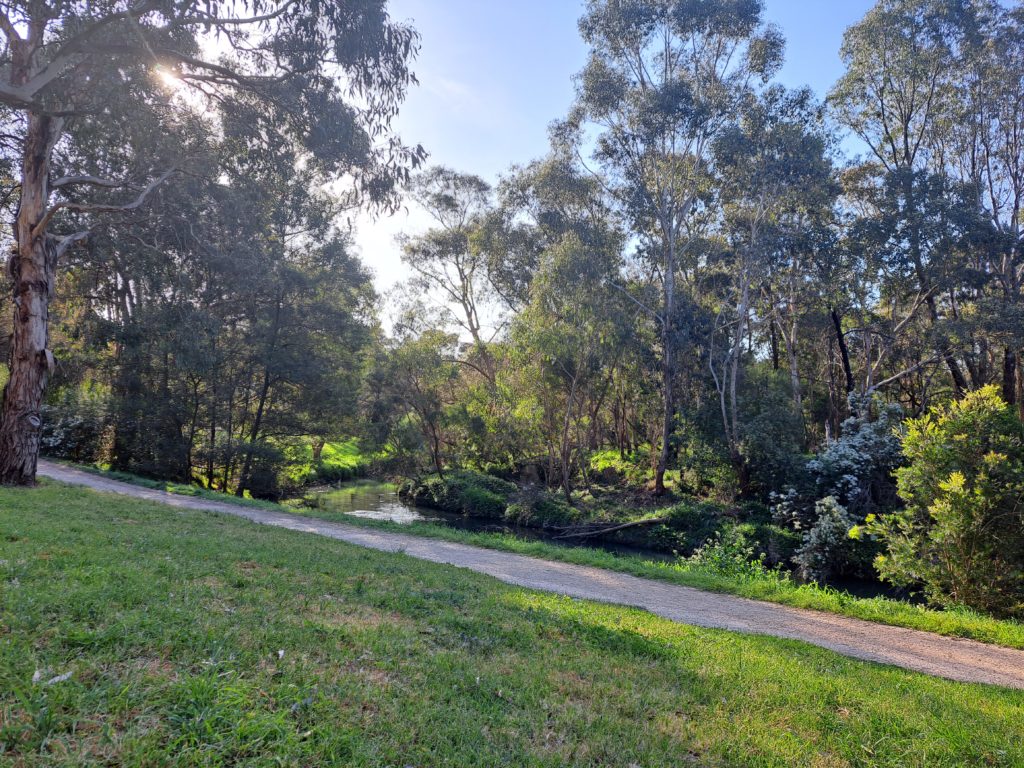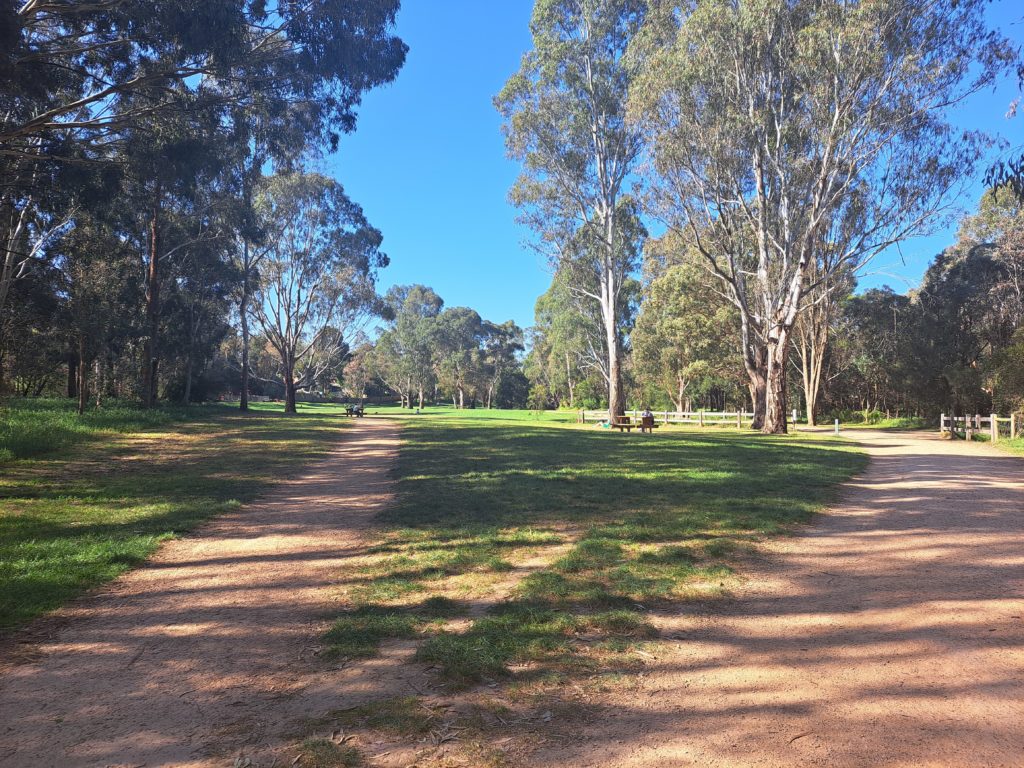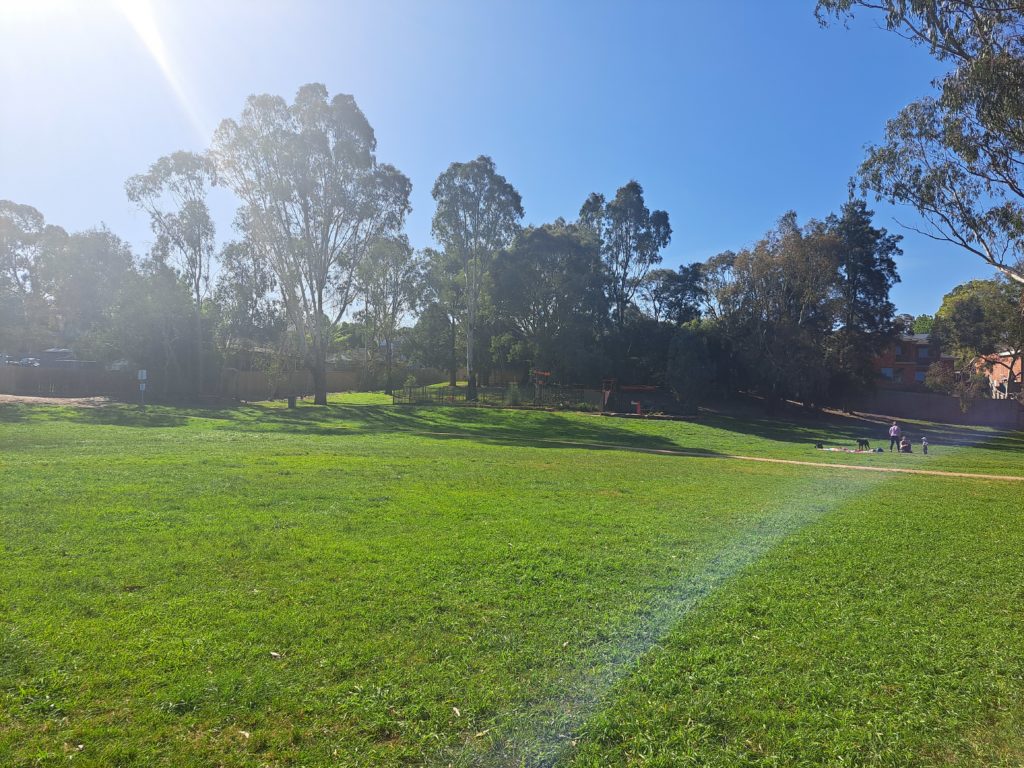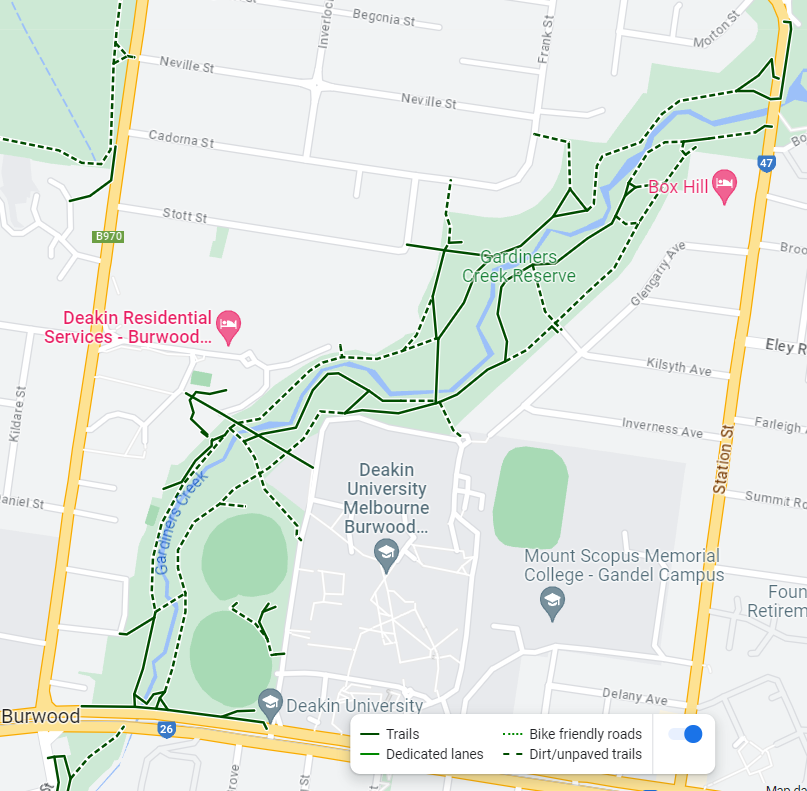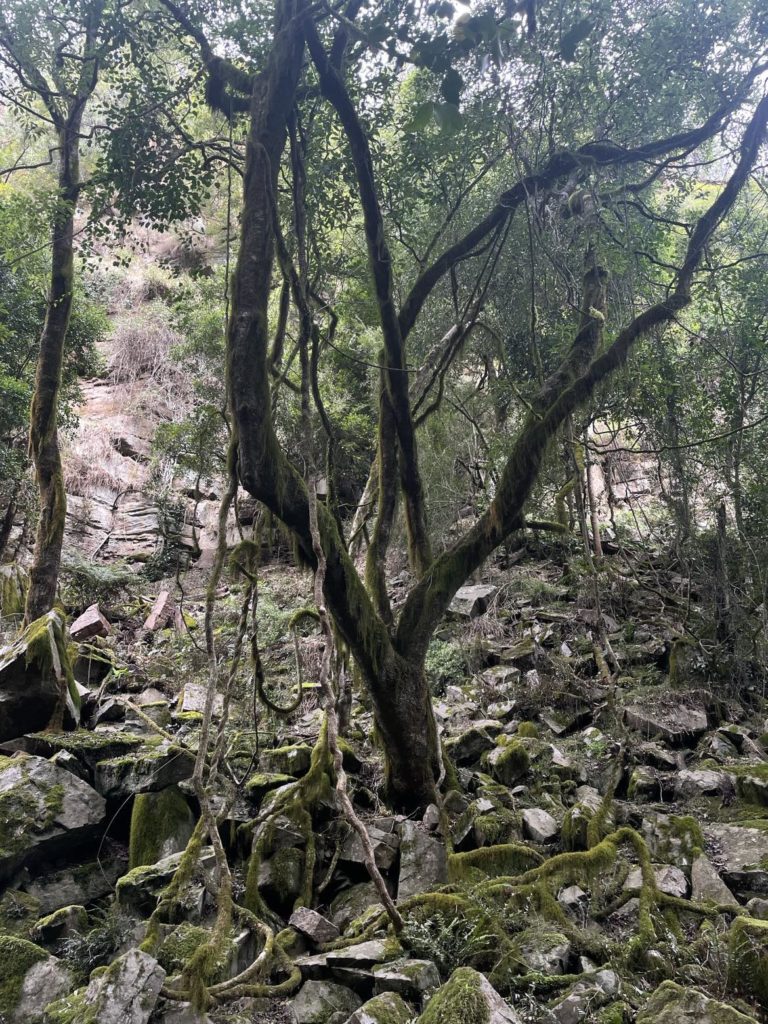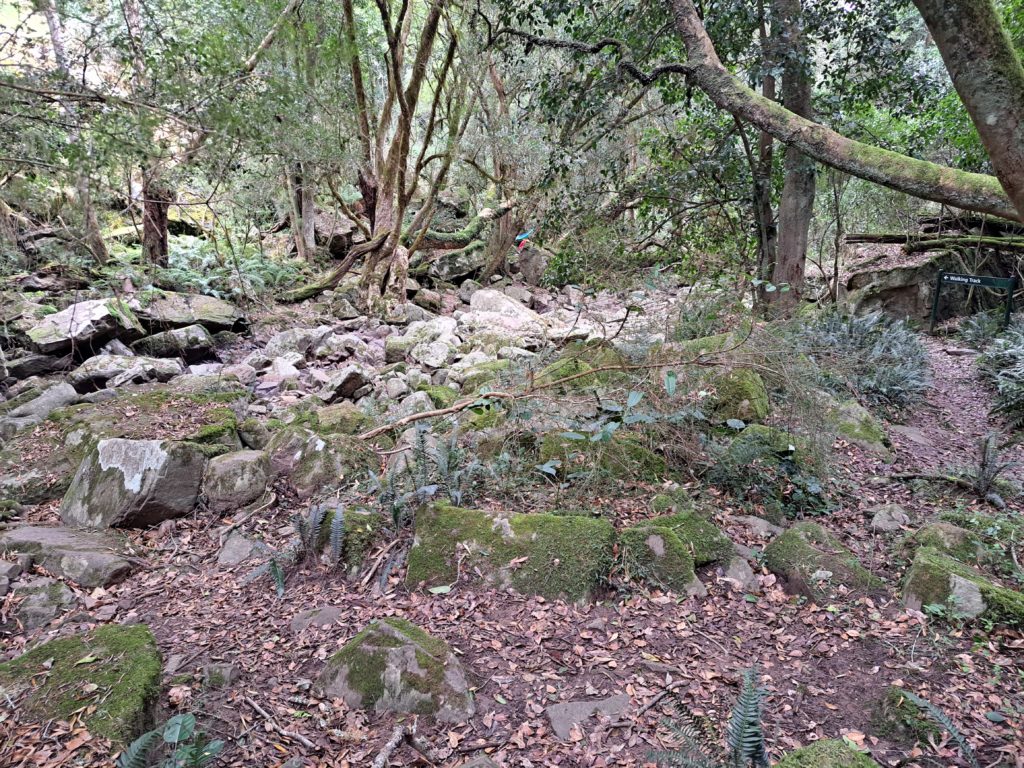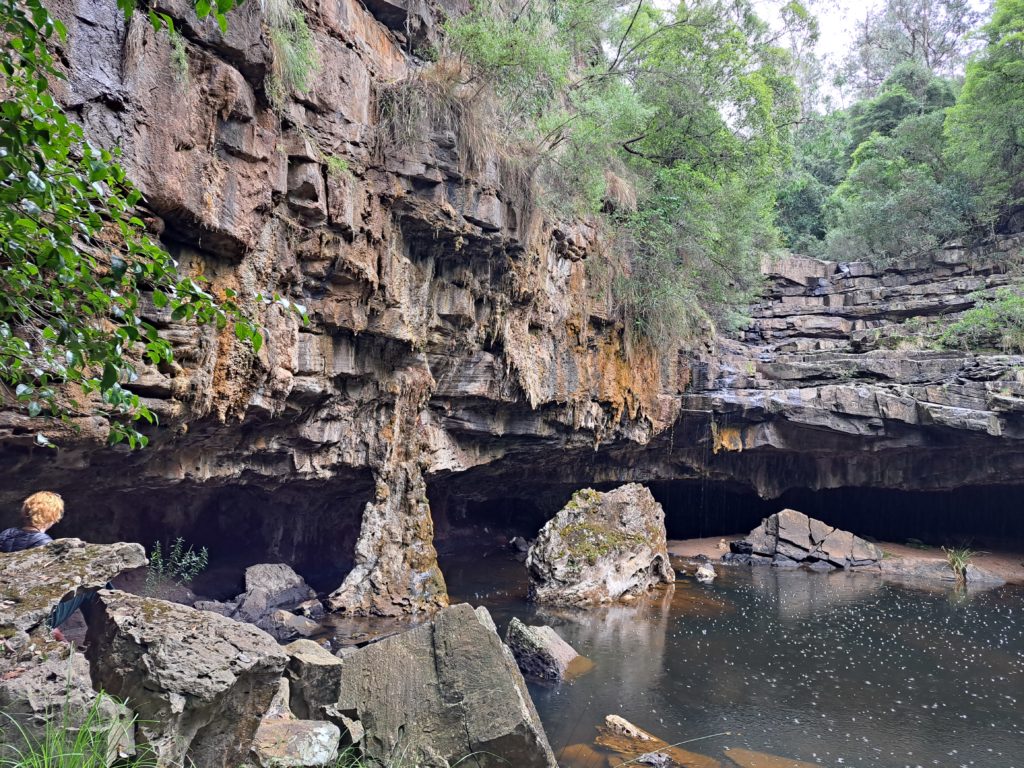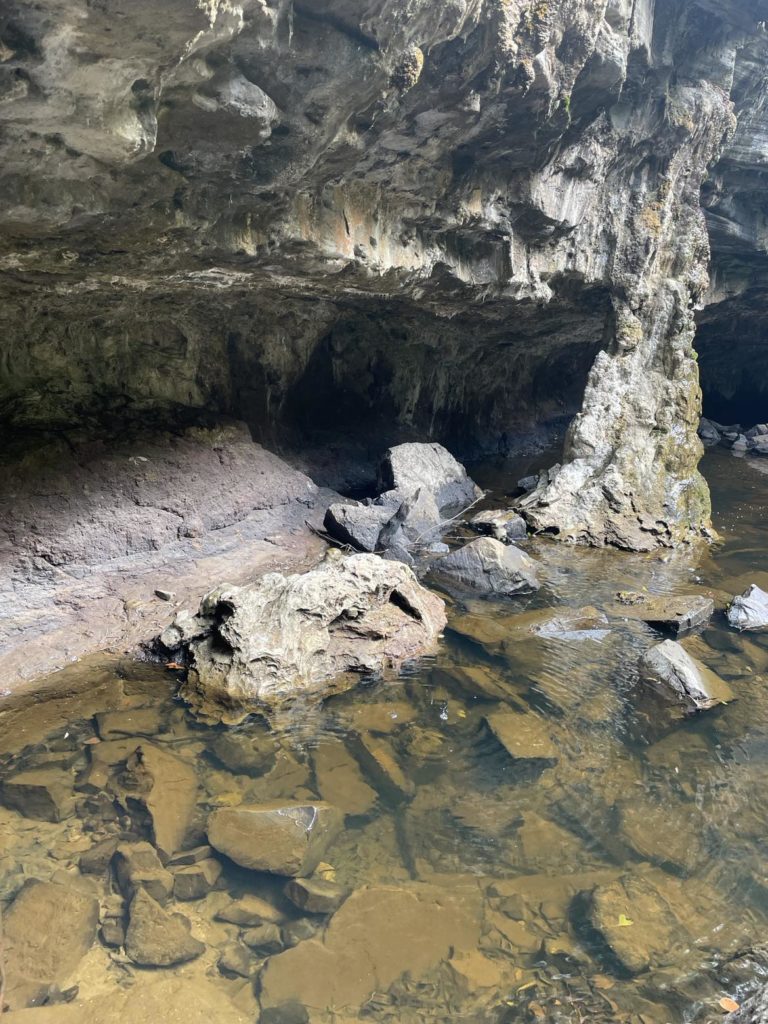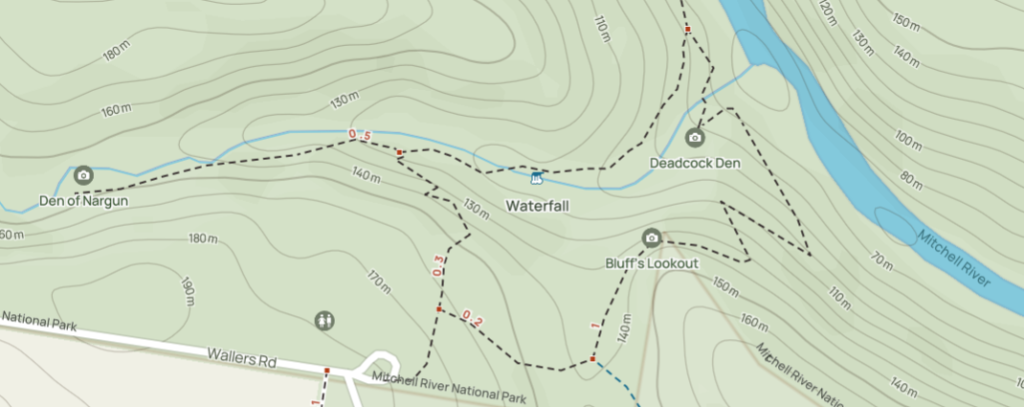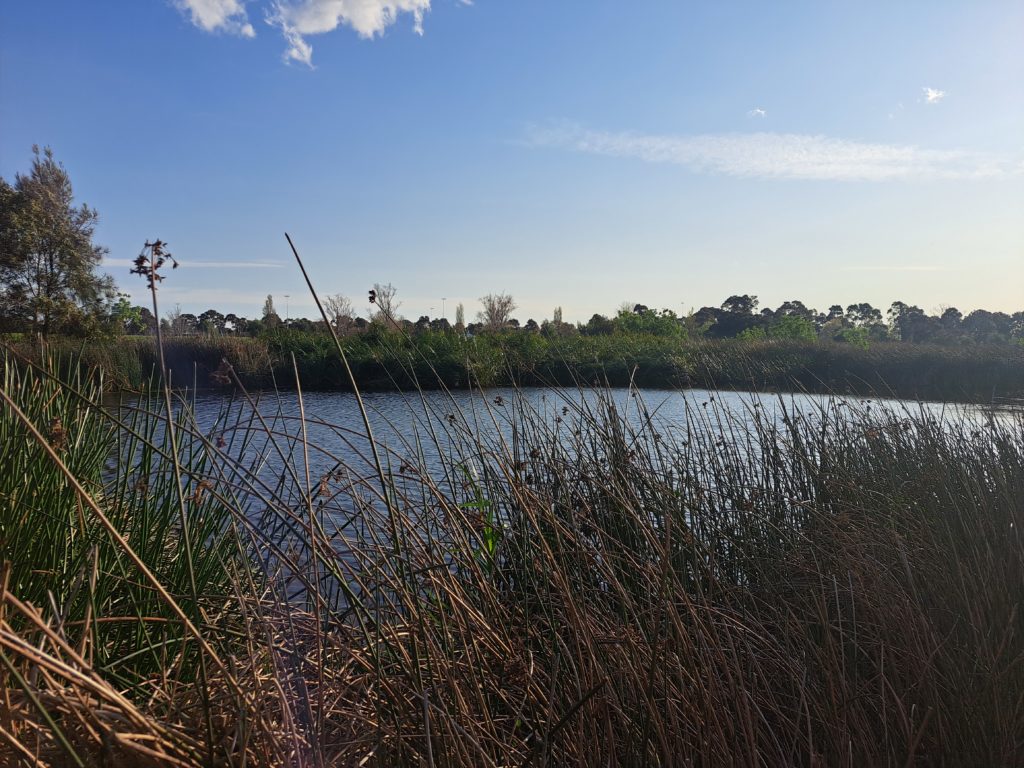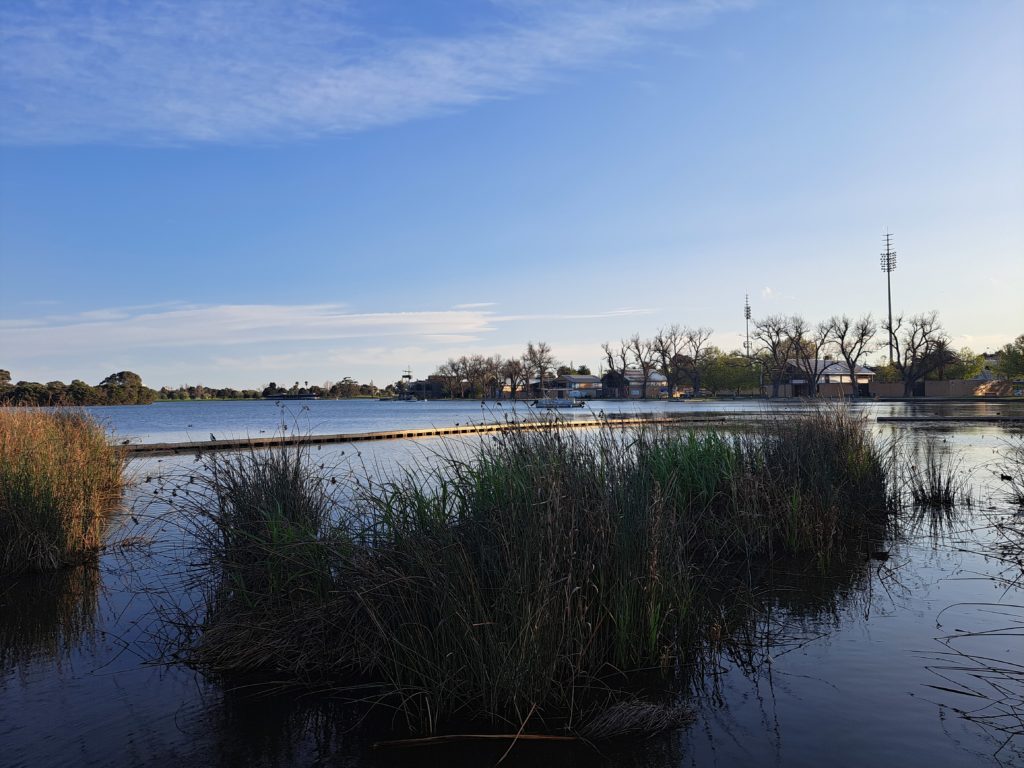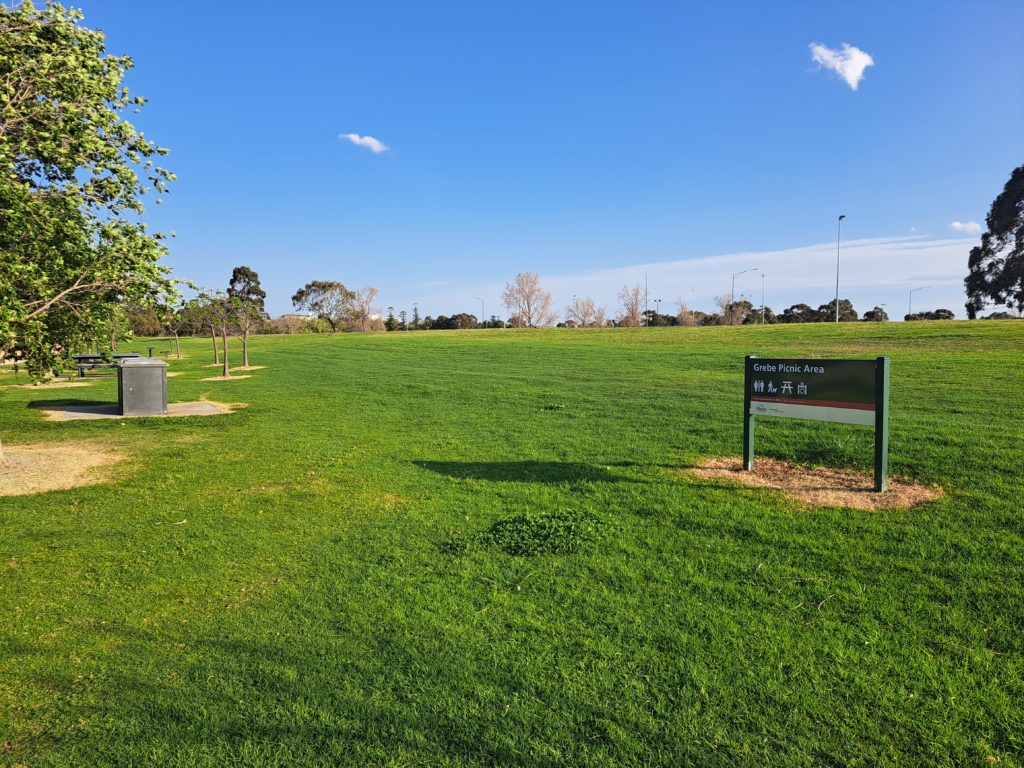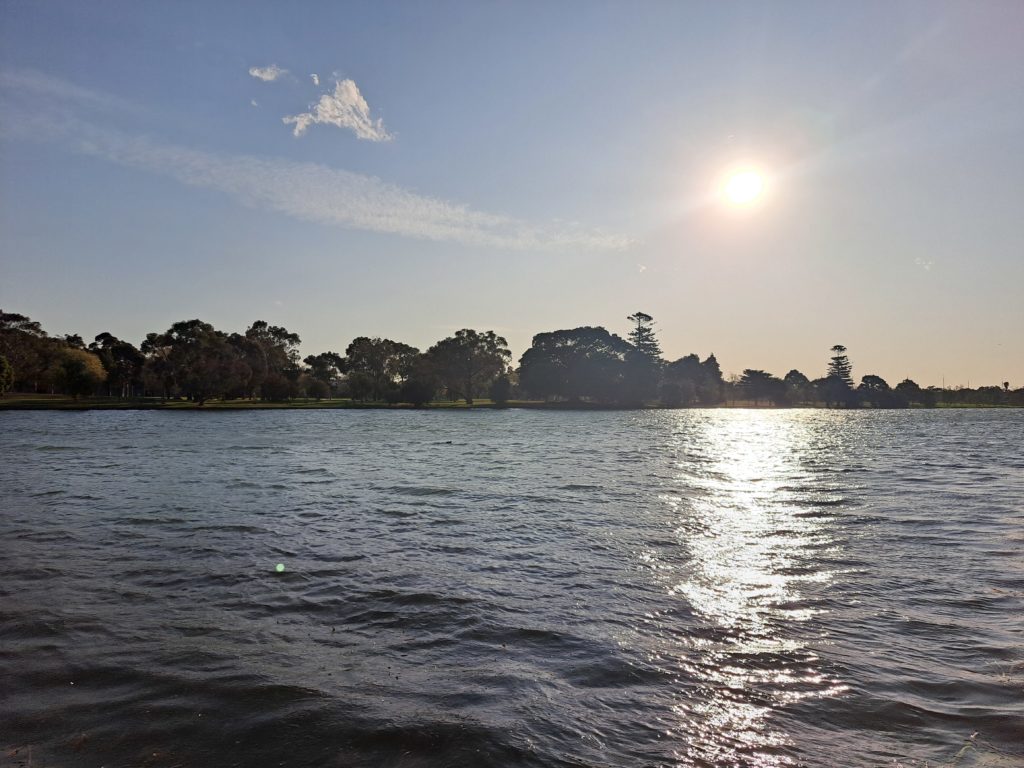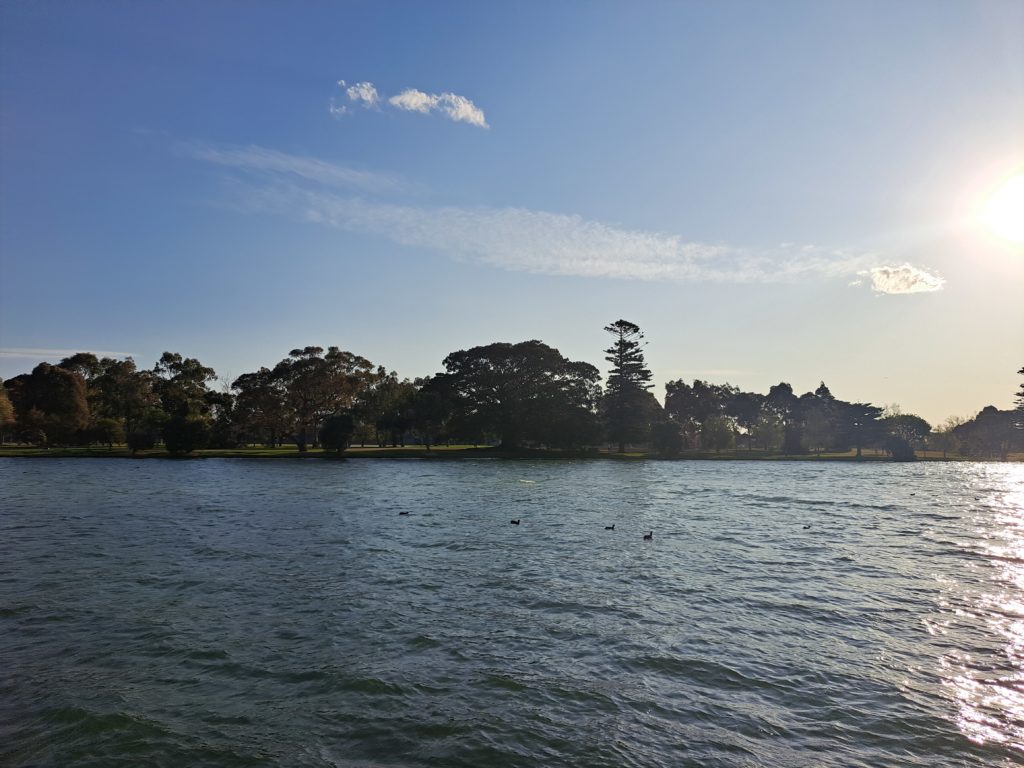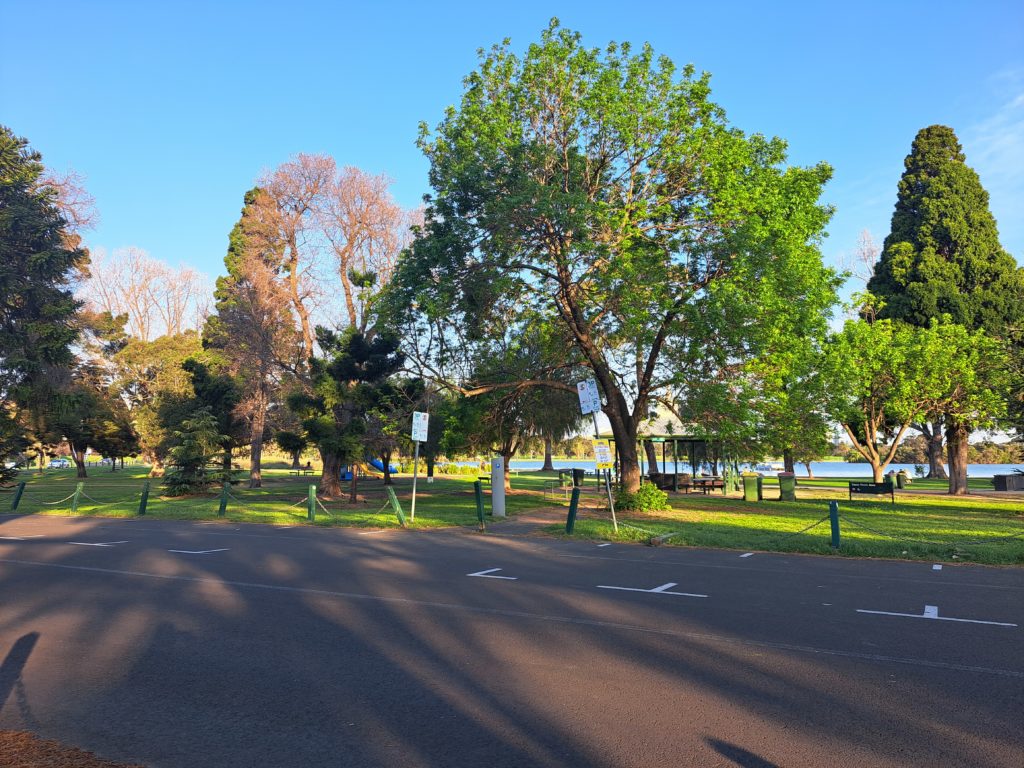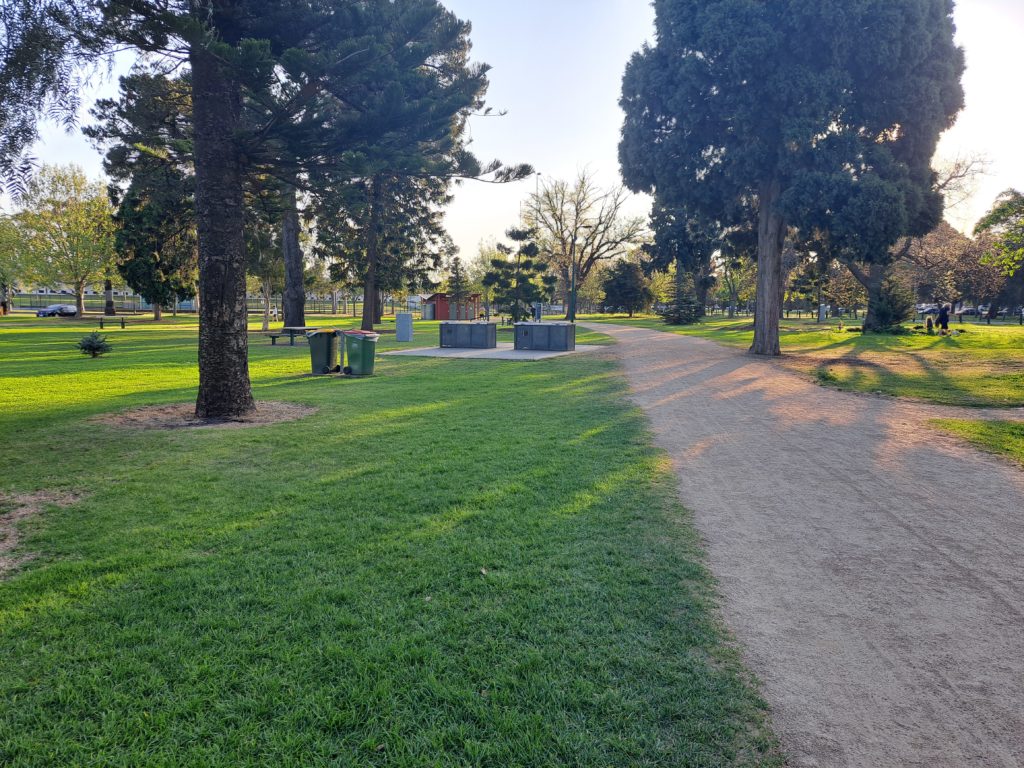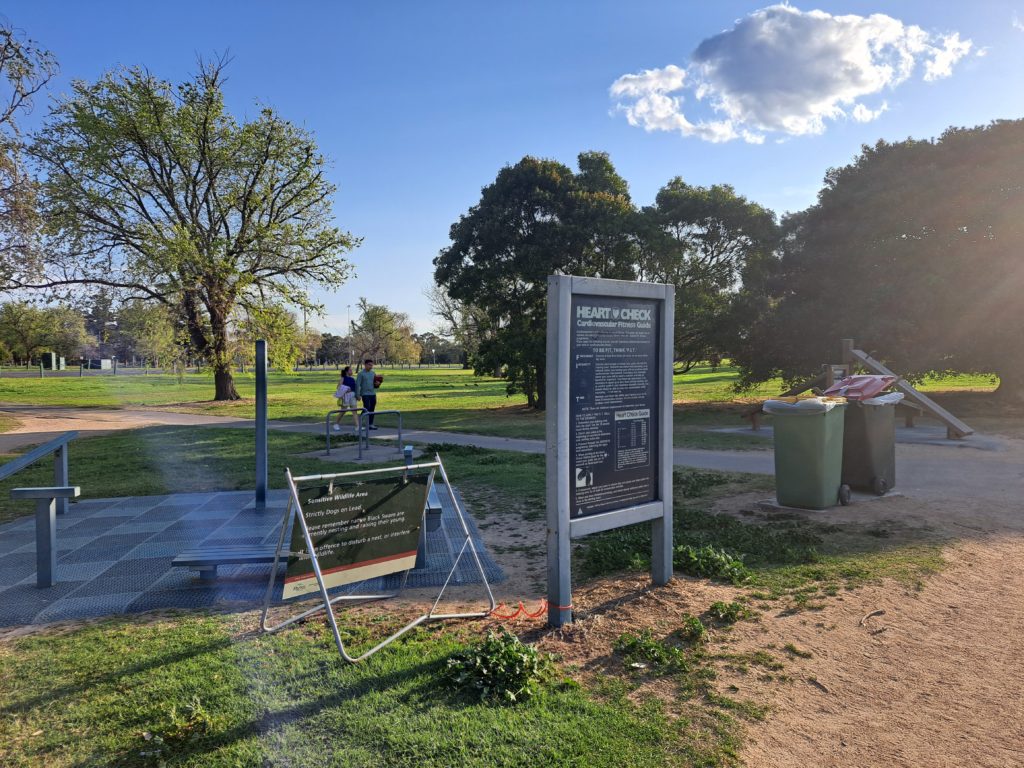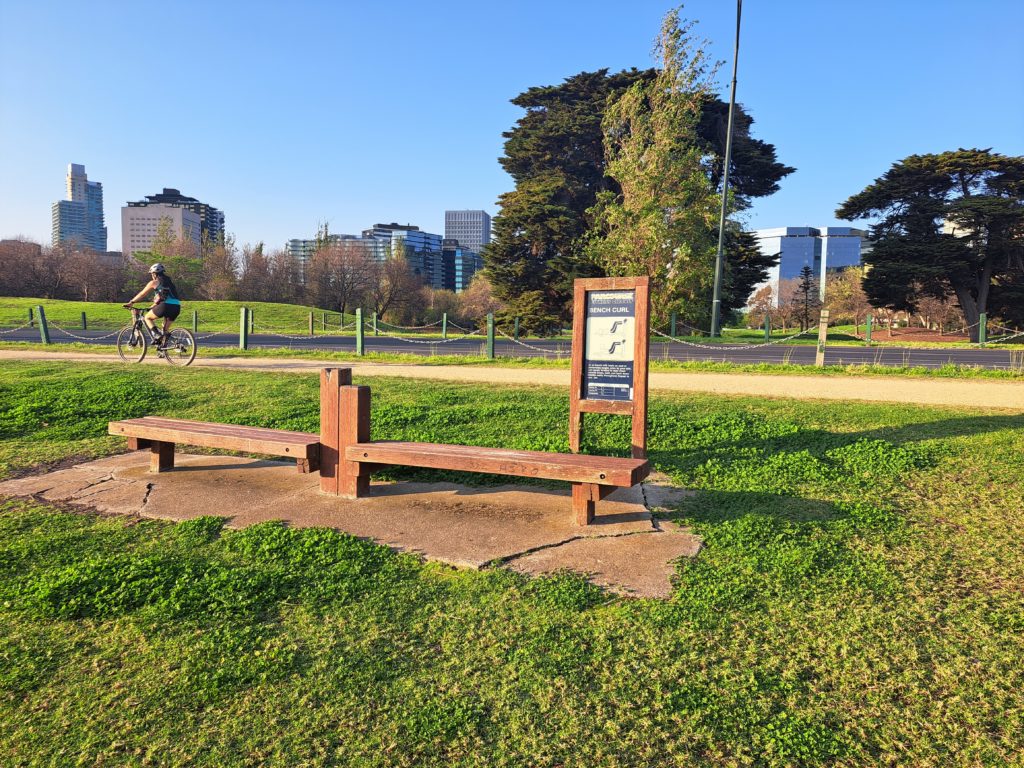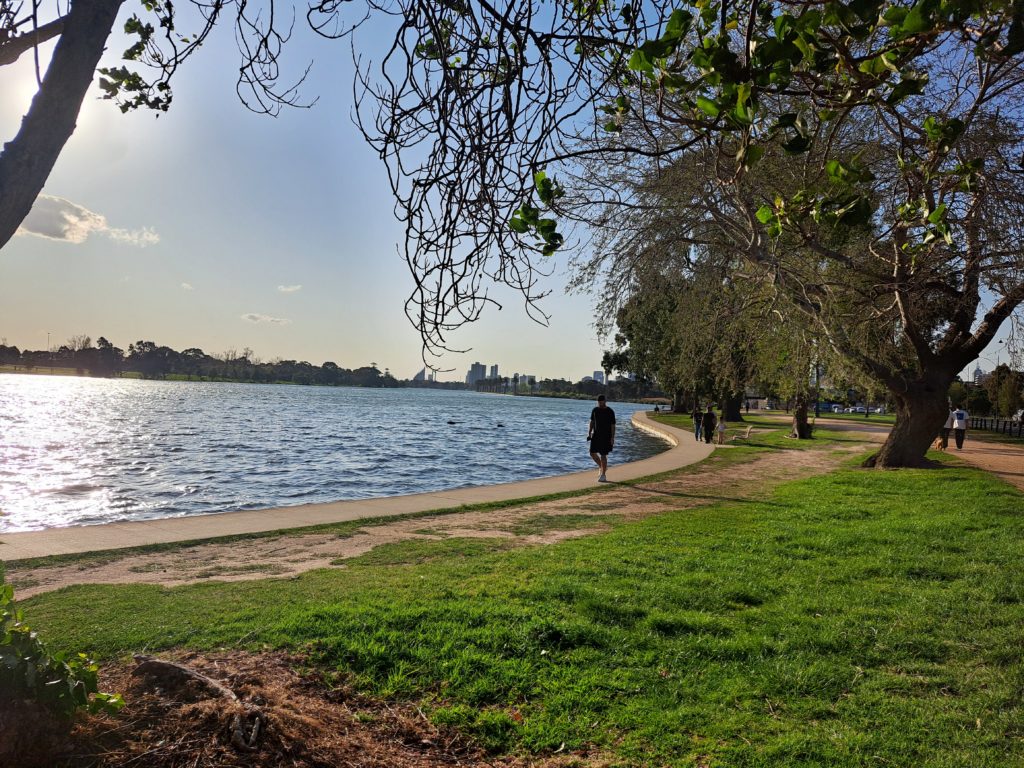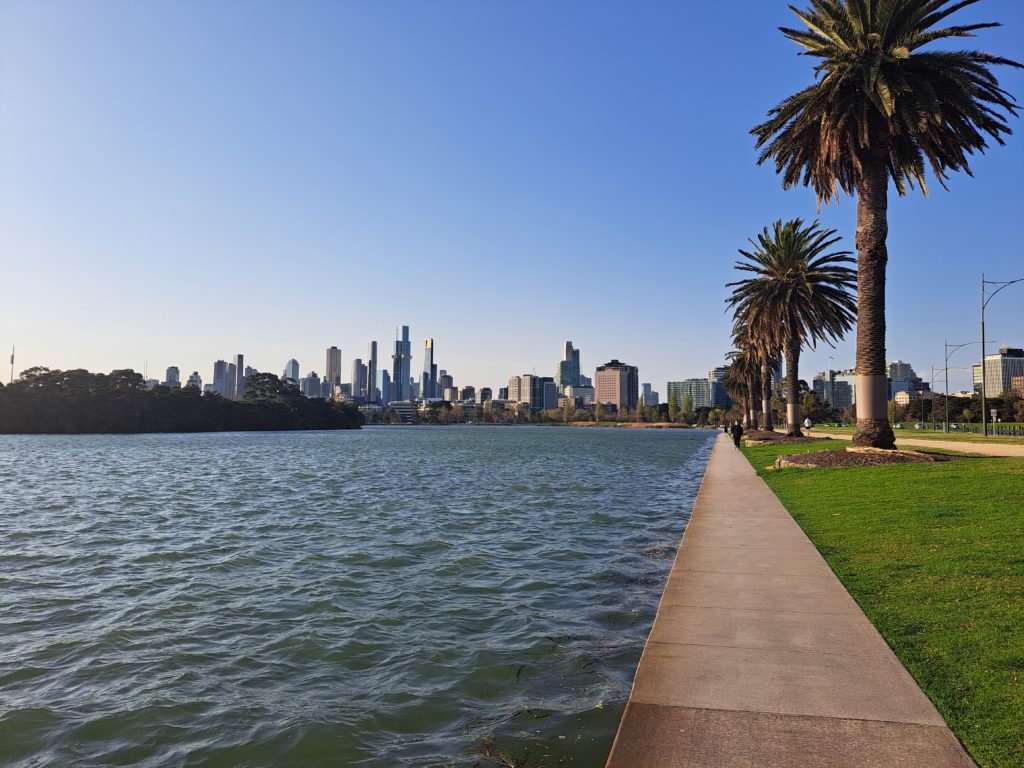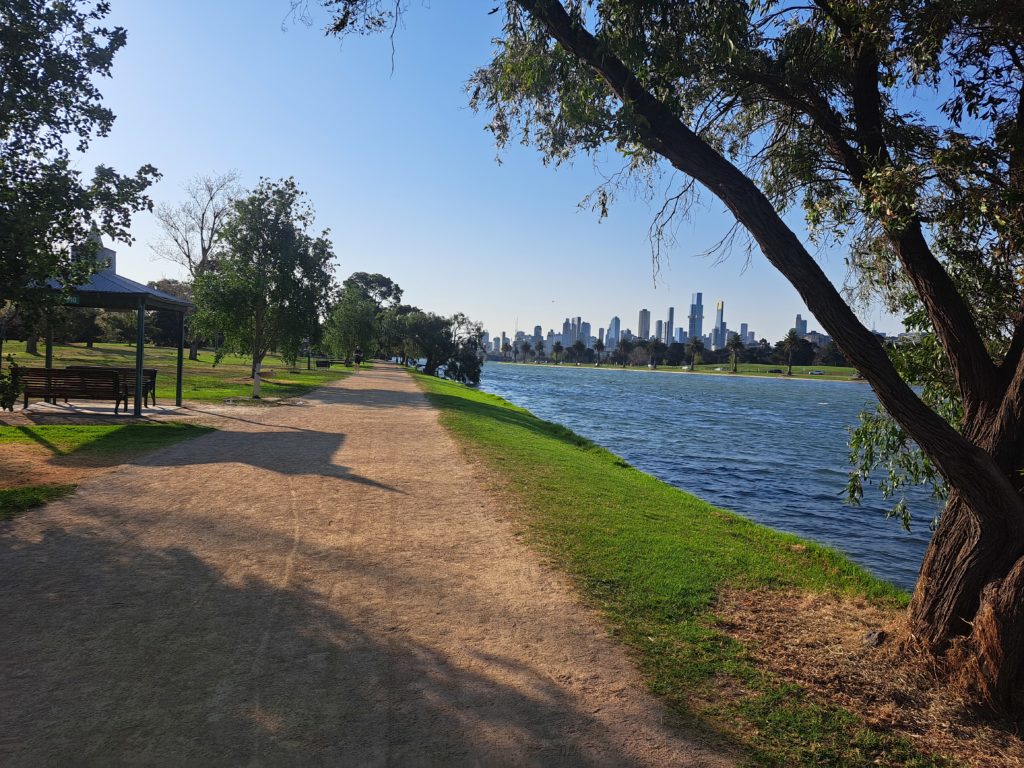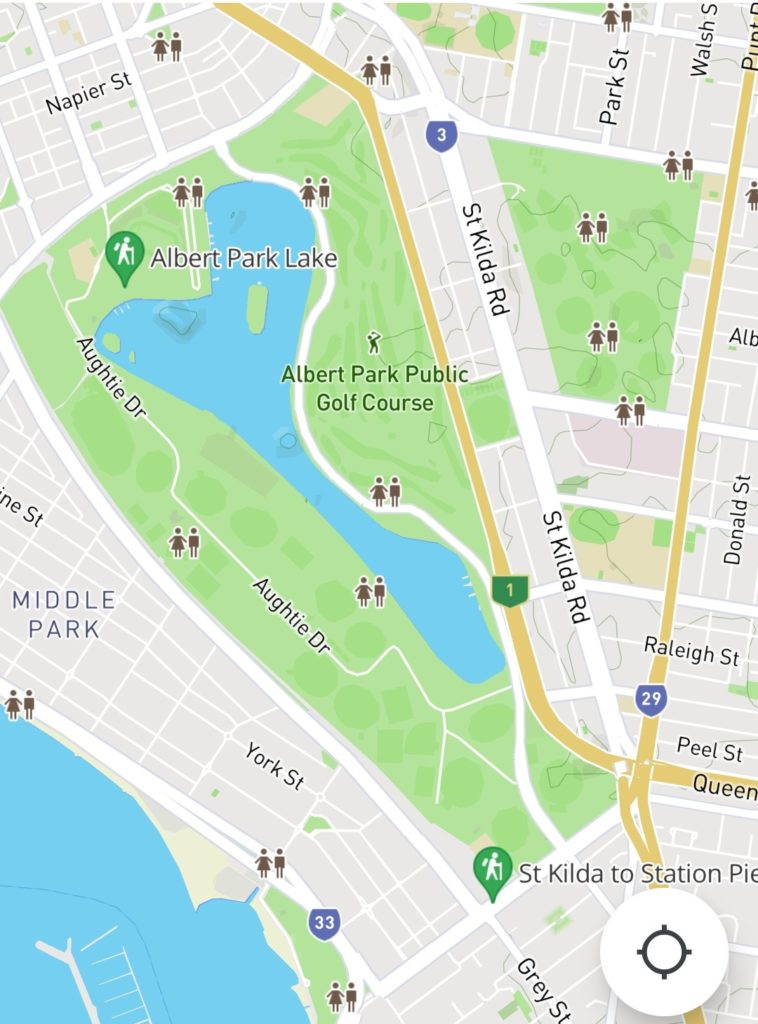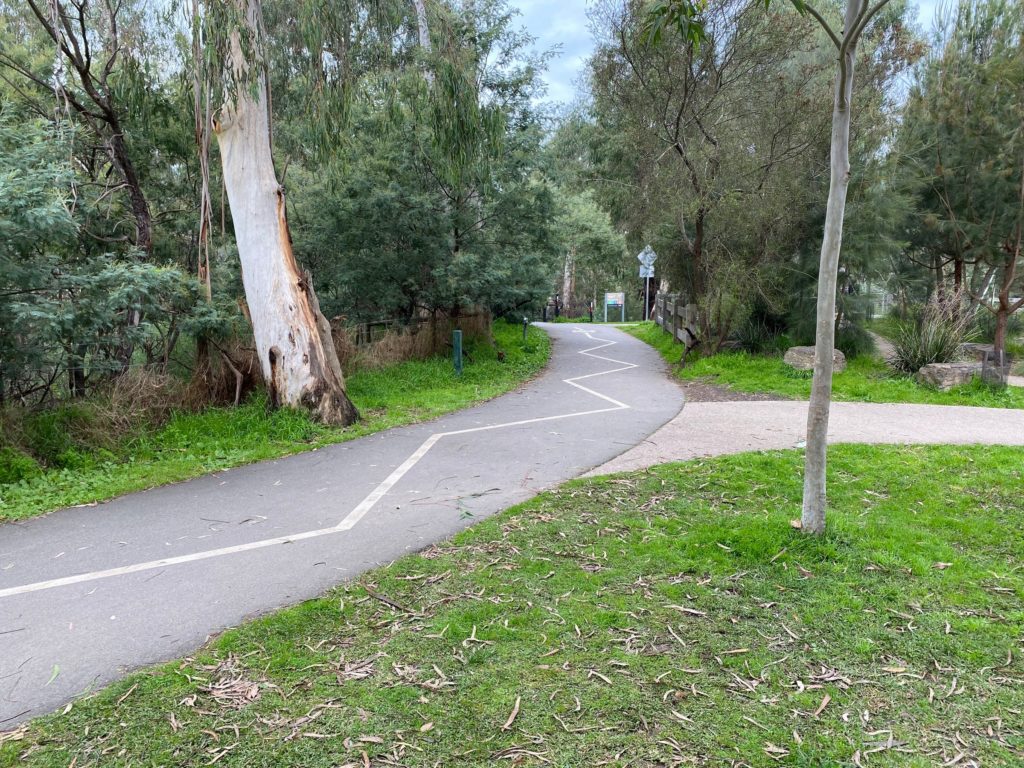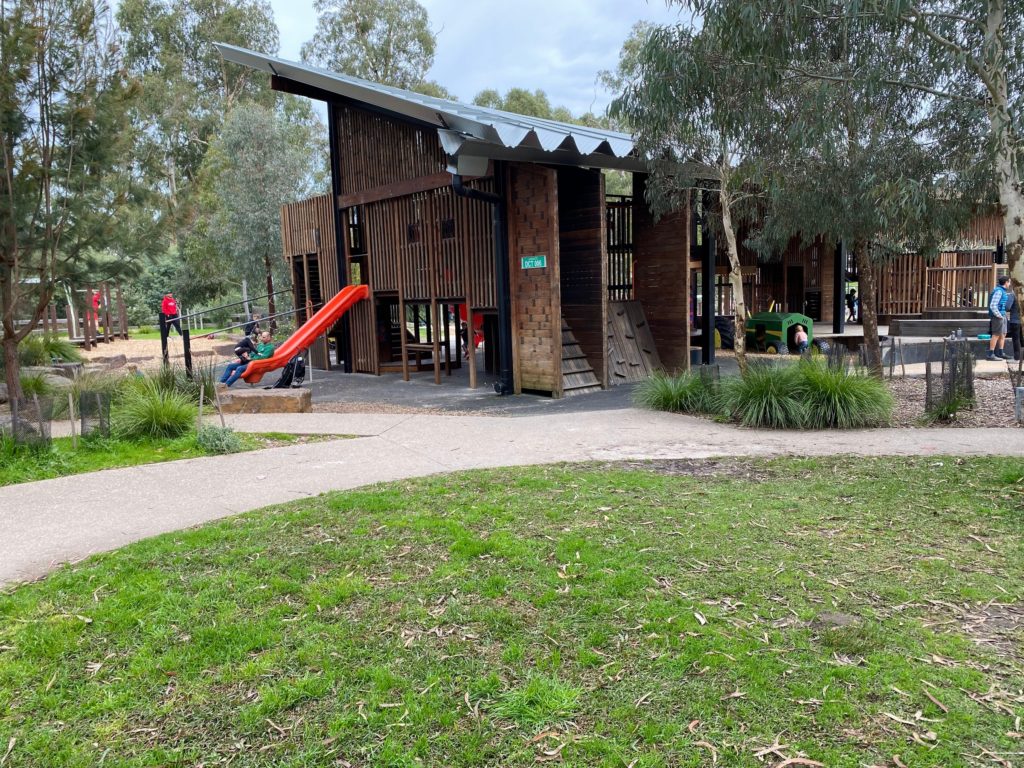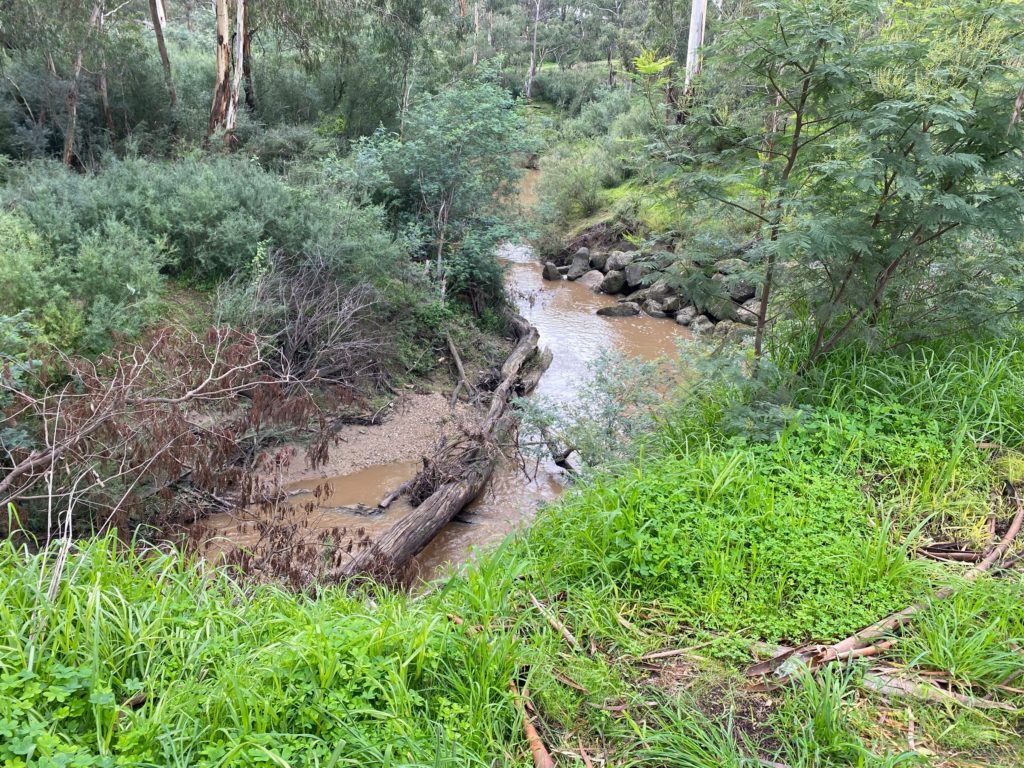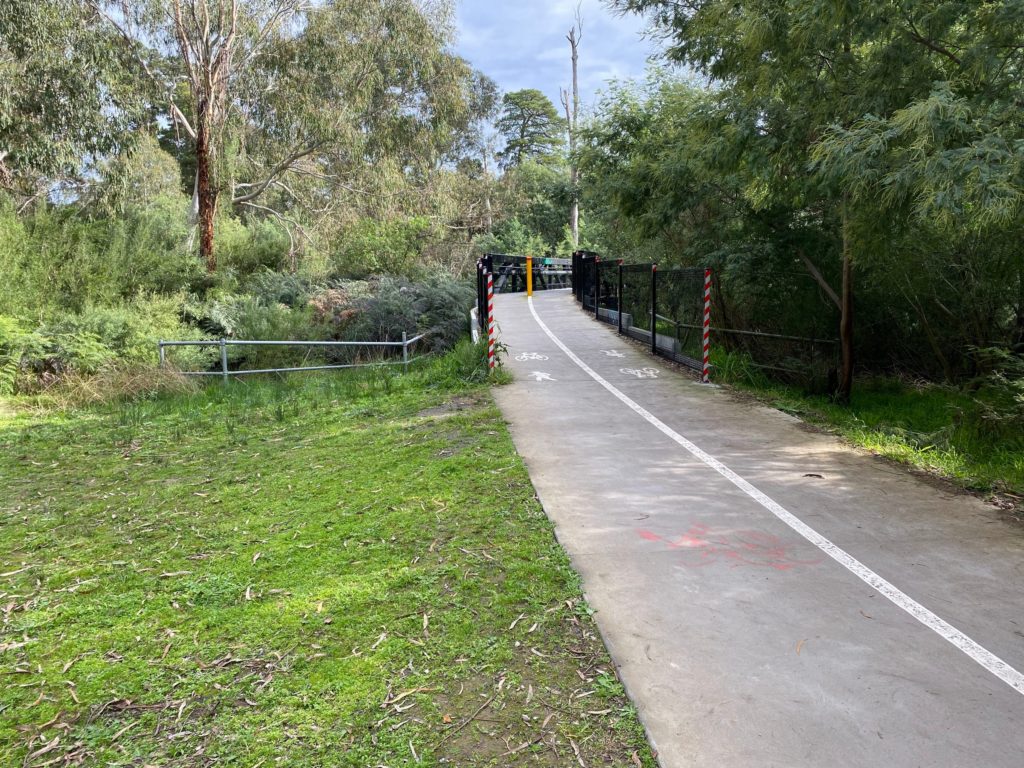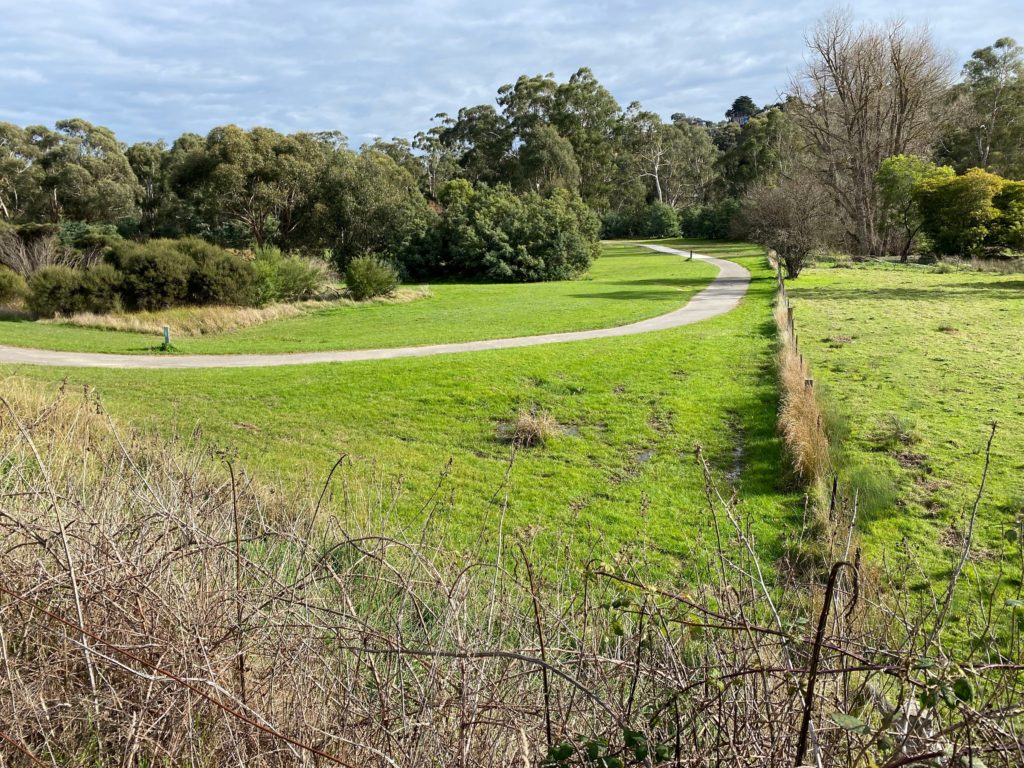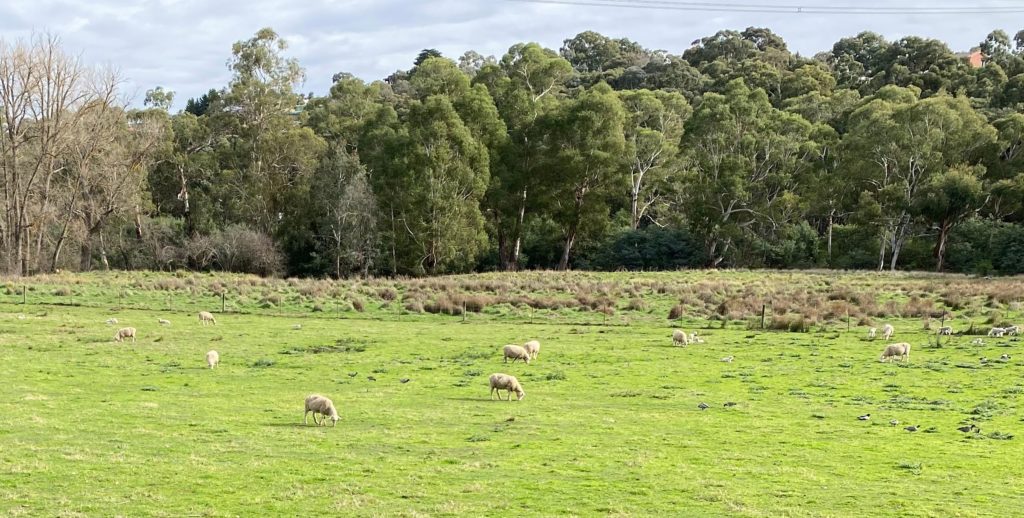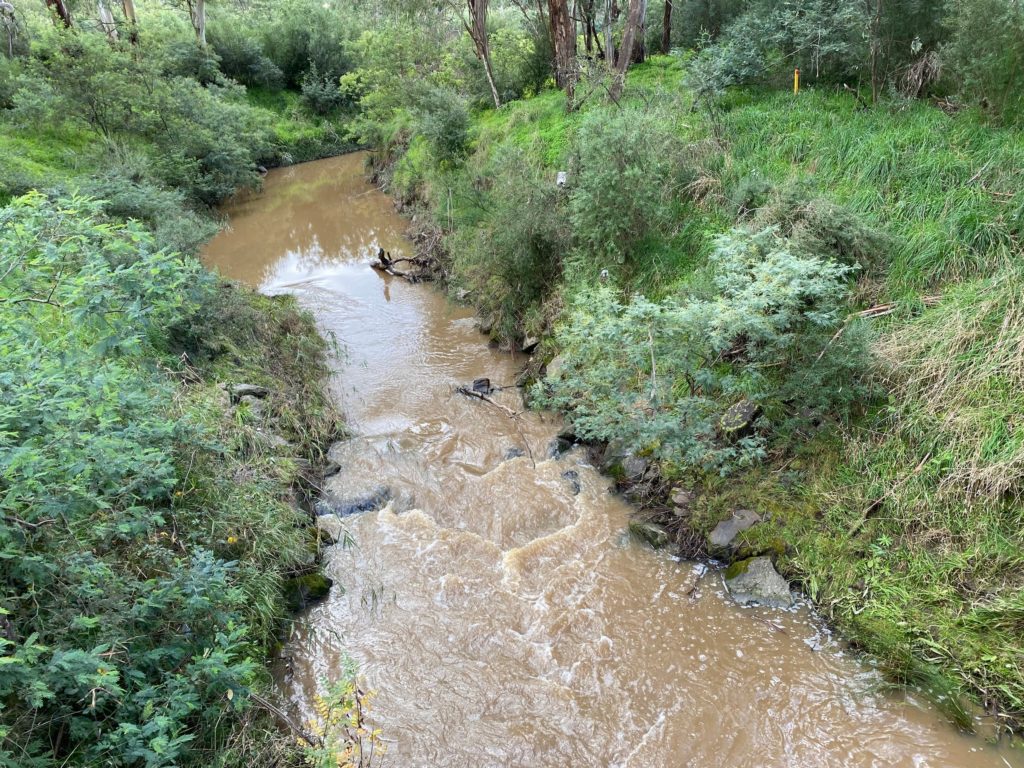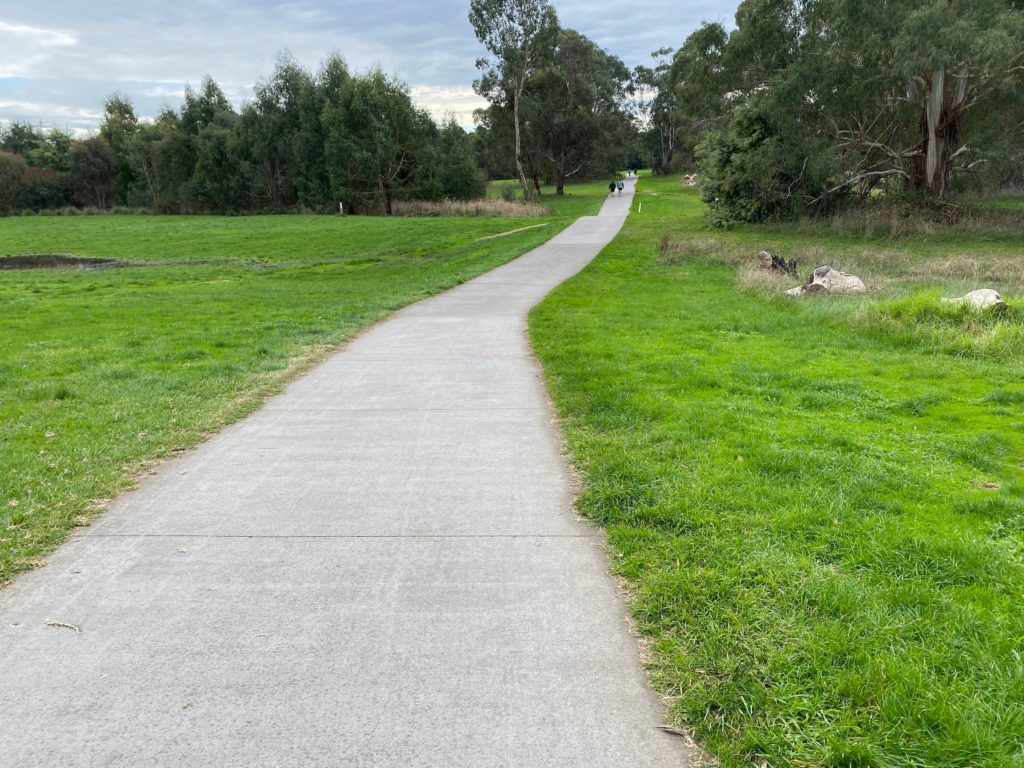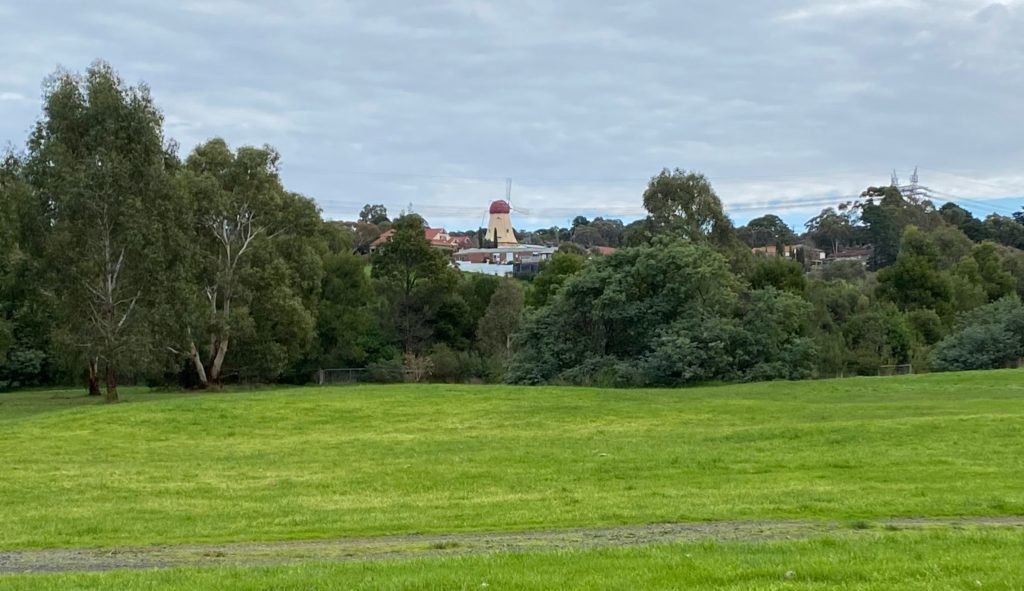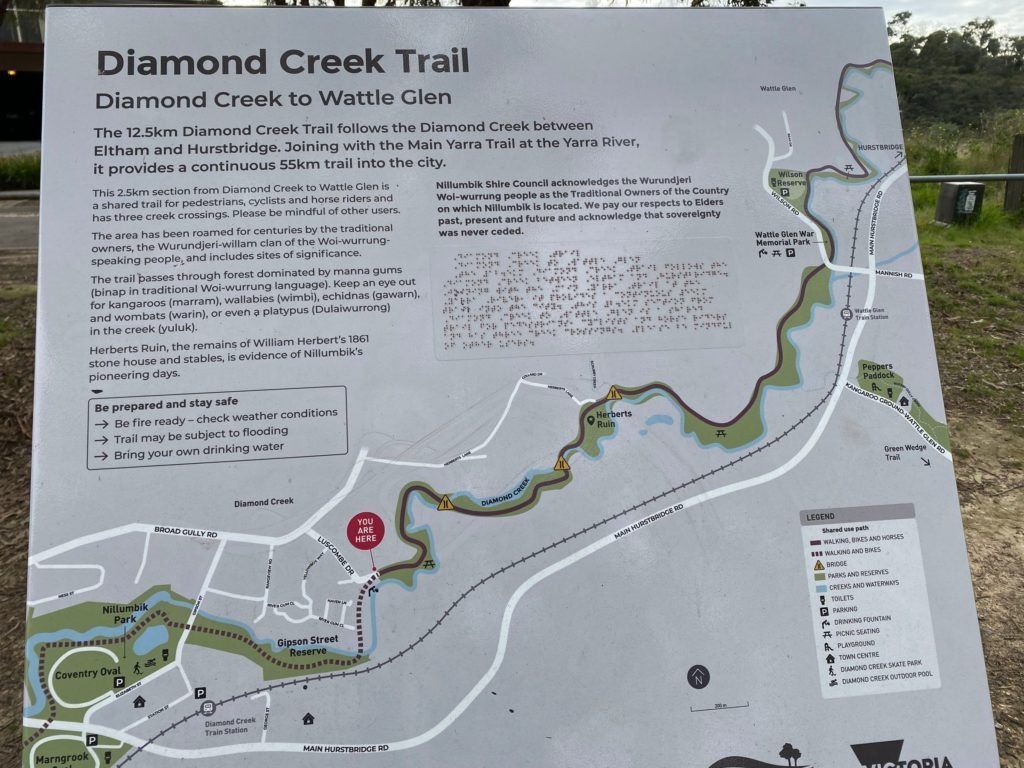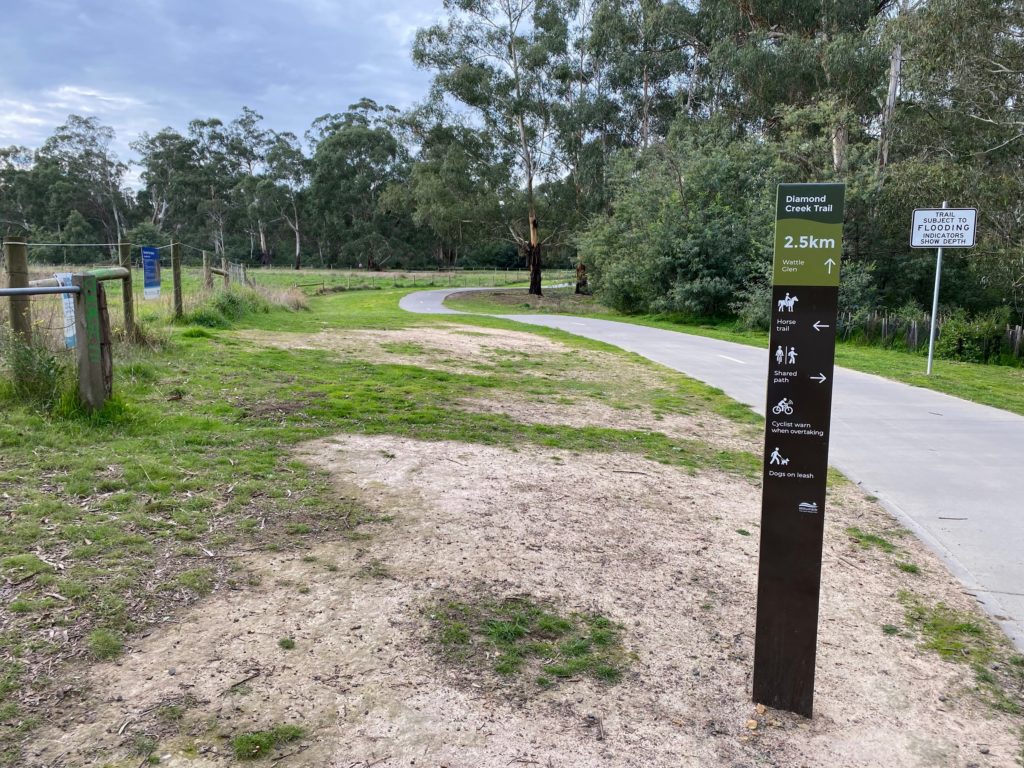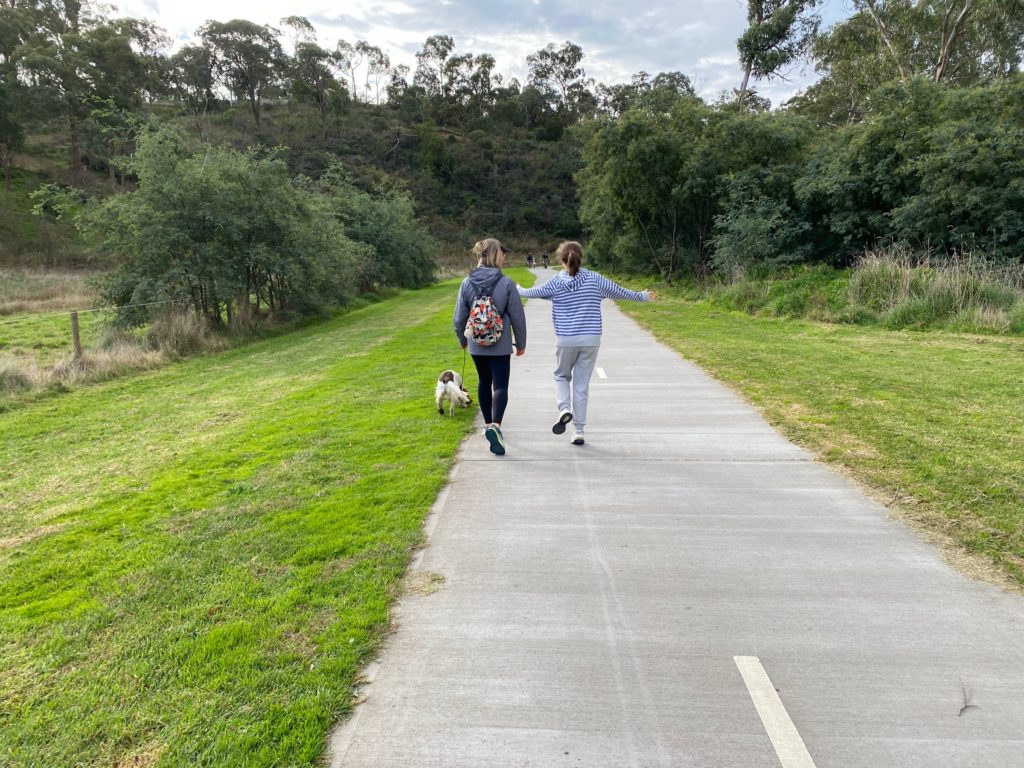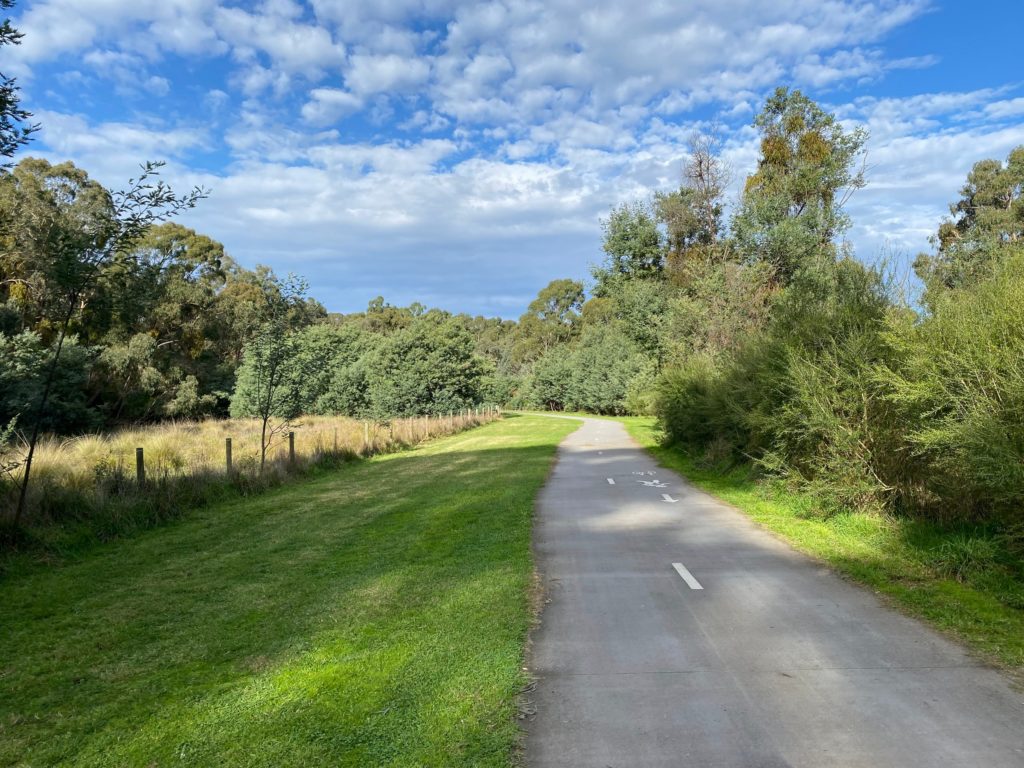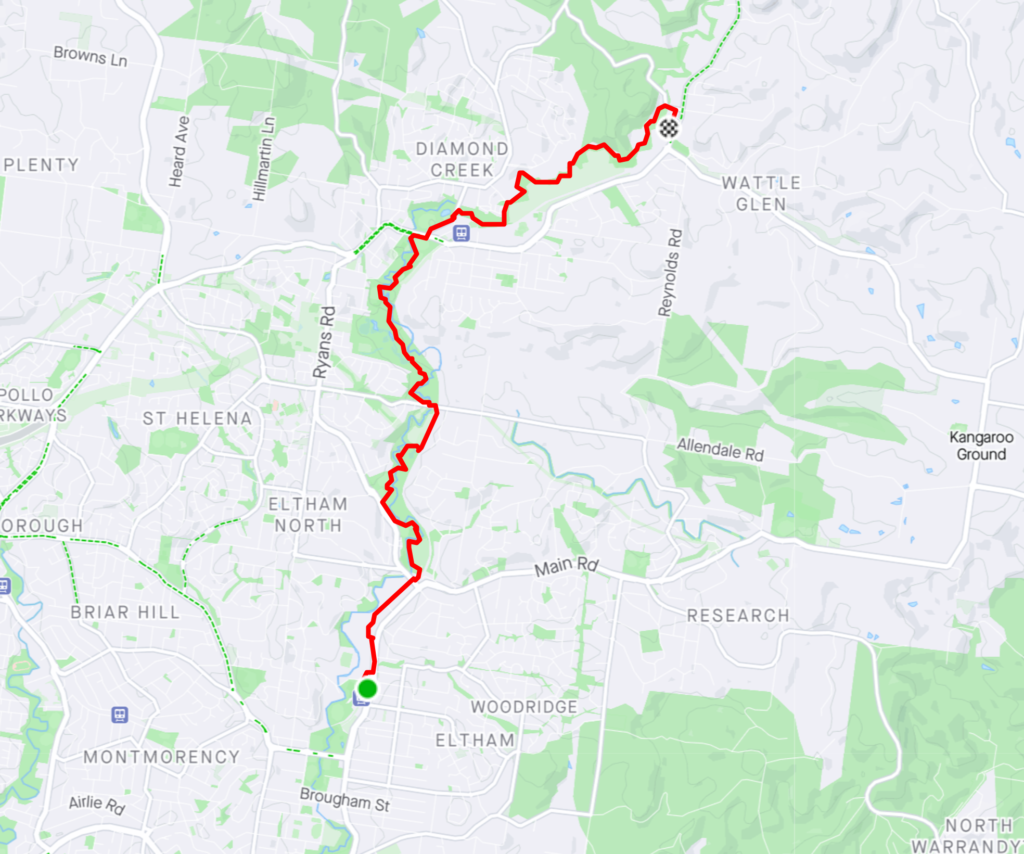It was a cloudy and windy summer’s day, typical of unpredictable Victorian weather, and my friends and I had decided to embark on a short hike.
Phillip Island is a popular holiday destination, located a two-hour drive south of Melbourne.
The island is well-known for its Penguin Parade, where you can watch cute Little Penguins returning to their burrows.
But the island is also home to beautiful natural attractions and hikes.
The Pinnacles at Cape Woolamai are unique, granite formations, set against a backdrop of wild waves from the Bass Strait (the ocean separating Tasmania from mainland Australia).
As this was day a trip for us, the walk was short enough to fit into our schedule, but also a great option for photogenic coastal views.
To get to the start of the walk, search “Woolamai Surf Beach” or “Cape Woolamai Walk” into Google Maps. This will take you to a large carpark with toilets and a kiosk.
One thing to be prepared for on coastal walks is the strong wind. It was a mild day in Melbourne, but the moment we got out of the car on Phillip Island, the winds made it a few degrees cooler.
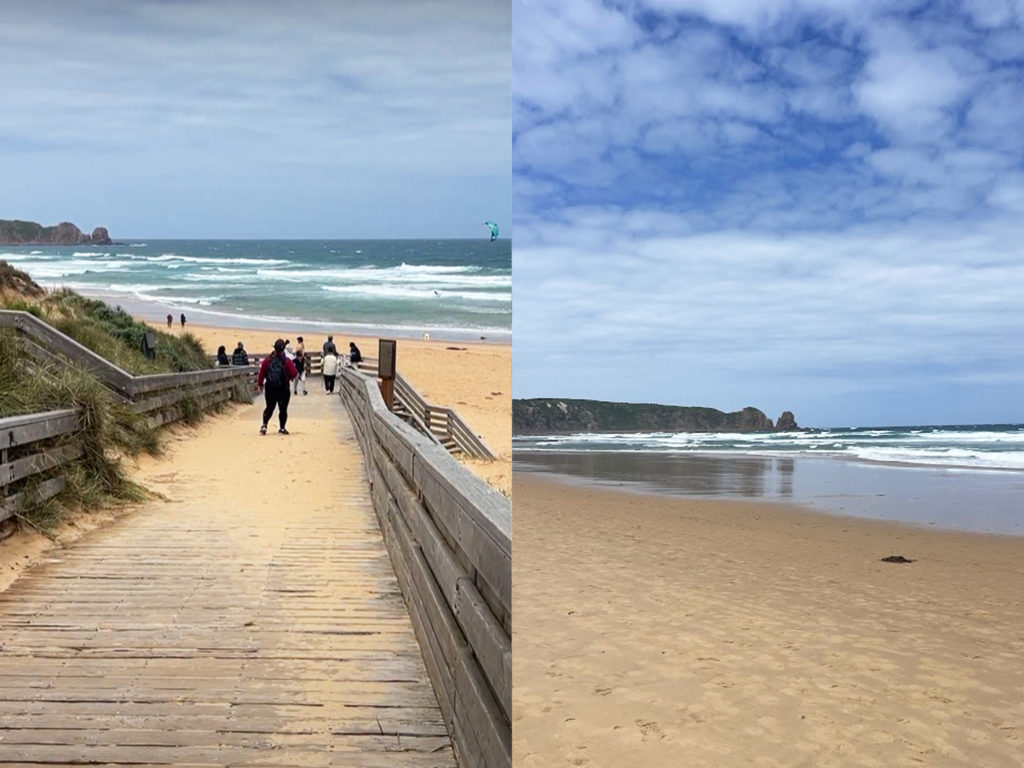
Whilst we were reading the board at the entry to the beach, some helpful people who were returning from the walk told us to head down to the beach, and walk left about 100 metres.
Although the day’s weather was temperamental (mostly cloudy, but with occasional breaks of sun), the short walk on the beach felt peaceful, as there was hardly anyone else there. Although online photos indicate the water is much more spectacular in colour on a warm, sunny day.
After a short walk on the beach, we reached a staircase, which according to Google Maps is called “Magiclands Steps”. The short, wooden staircase takes you back up to a path amongst the coastal scrub, with an elevated view of the beach.
From this point, you can also already see a slight side profile of the headland where The Pinnacles are.
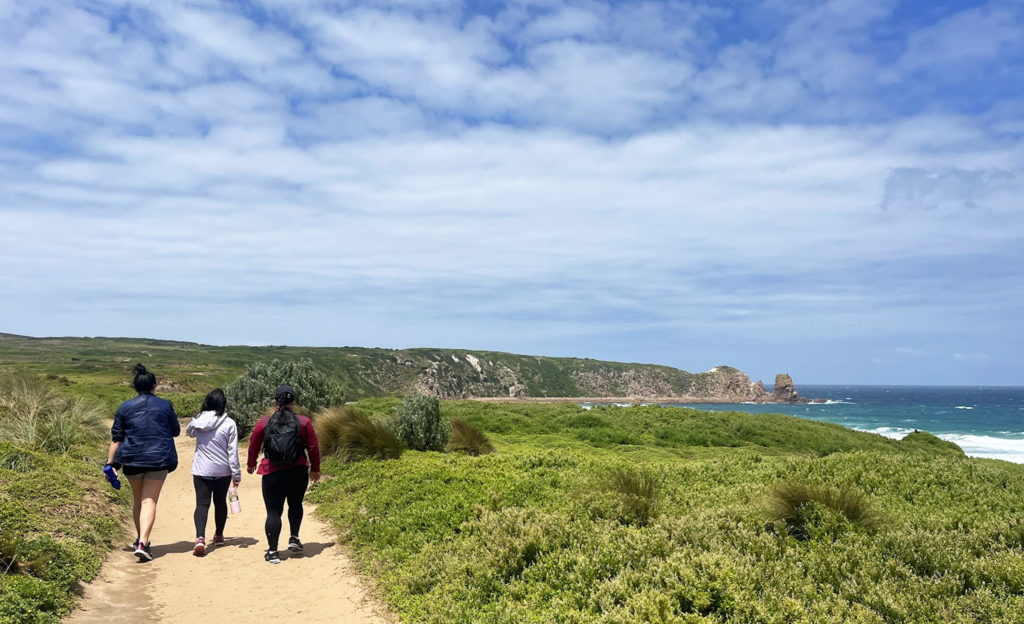
The track is straightforward from here to the Pinnacles. It’s great that the shrub is low, you can enjoy the Cape Woolamai views all along the way.
Before you reach the Pinnacles, there is a section that breaks away to the right from the main path. It’s a nice place to stop and enjoy the views as it overlooks a beach – maps labels this one as “Cowrie Patch Lookout”.
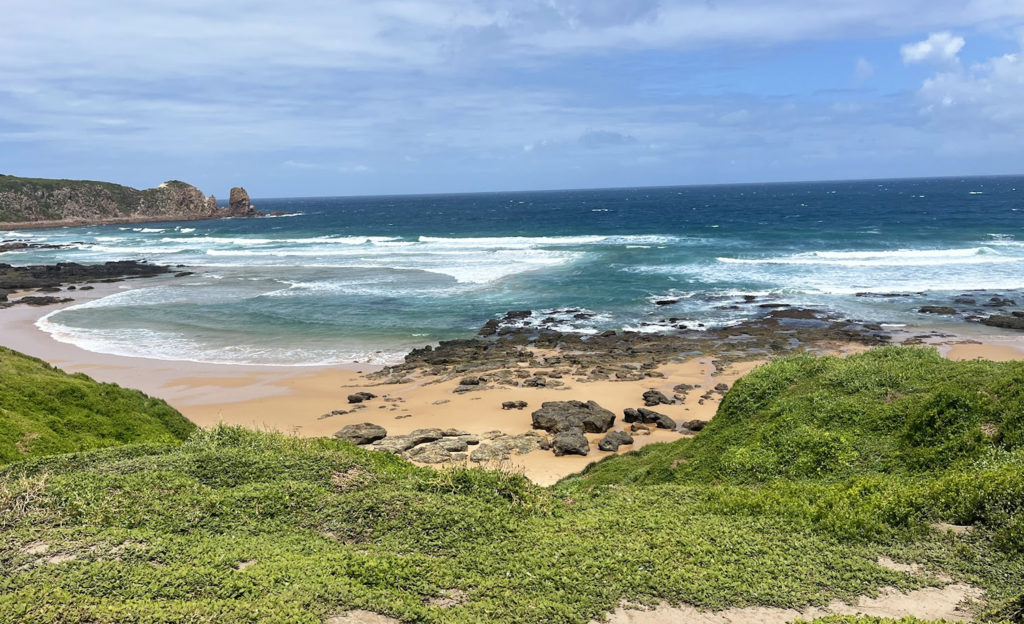
Shortly after this, you reach the Pinnacles. There’s a bench seat if you need to take a breather, or simply take in the views.
Apparently, there is a steep track down to the beach, which we didn’t notice, but it’s a haven for landscape photographers who like to capture the rock formation at sunrise or sunset.
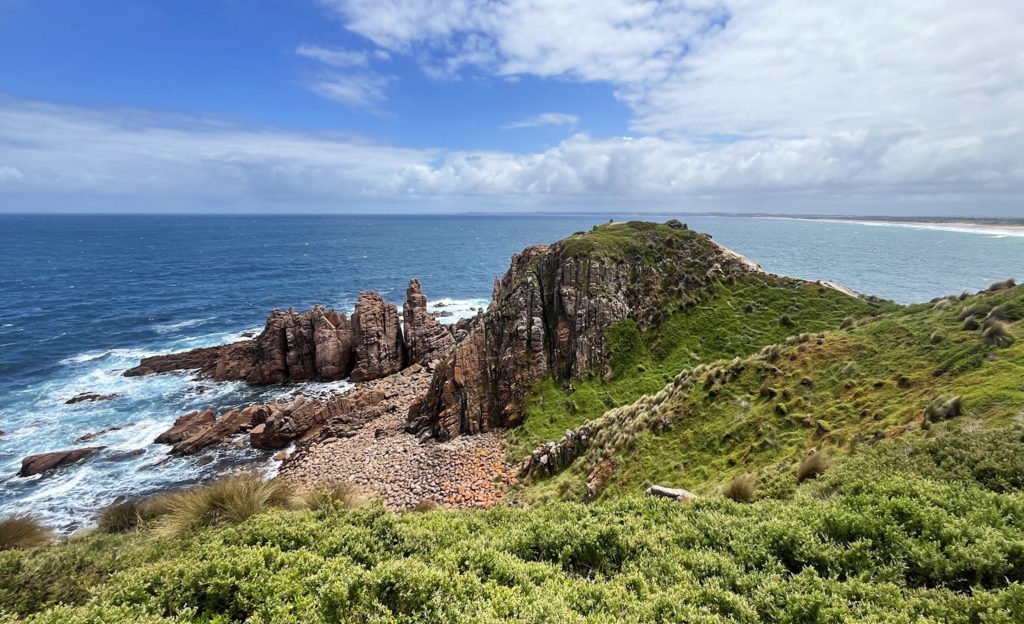
As you continue, the path continues on a coastal route with more benches and views – only this time it looks back toward the mainland (Kilcunda direction). It gives you a great perspective of where Cape Woolamai/Phillip Island is located.
From here, you can take the longer route back via Old Granite Quarry or Cleeland Bight Beach. I believe the entire walk would come to 8km+ if you take this way. However, we took an inland path back to the staircase going down to the Woolamai Surf Beach.
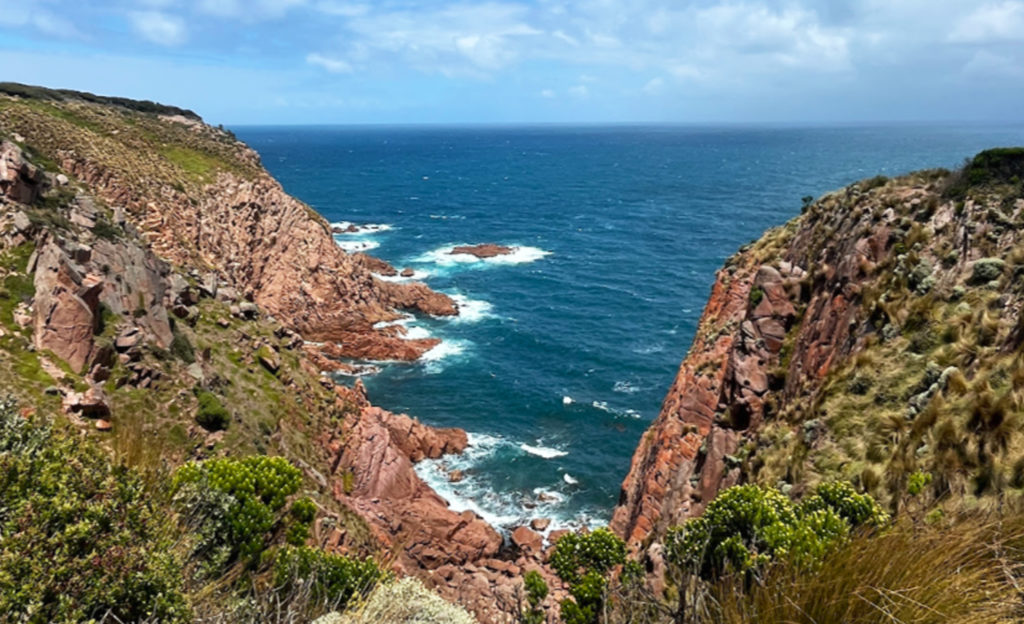
Overall, the walk should take 1.5-2 hours. The track was easy to follow with a few subtle inclines and declines as you walk through the natural landscape of the Cape. We also sighted a few animals like lizards and wallabies – make sure to keep an eye out for snakes if it’s a warm day.
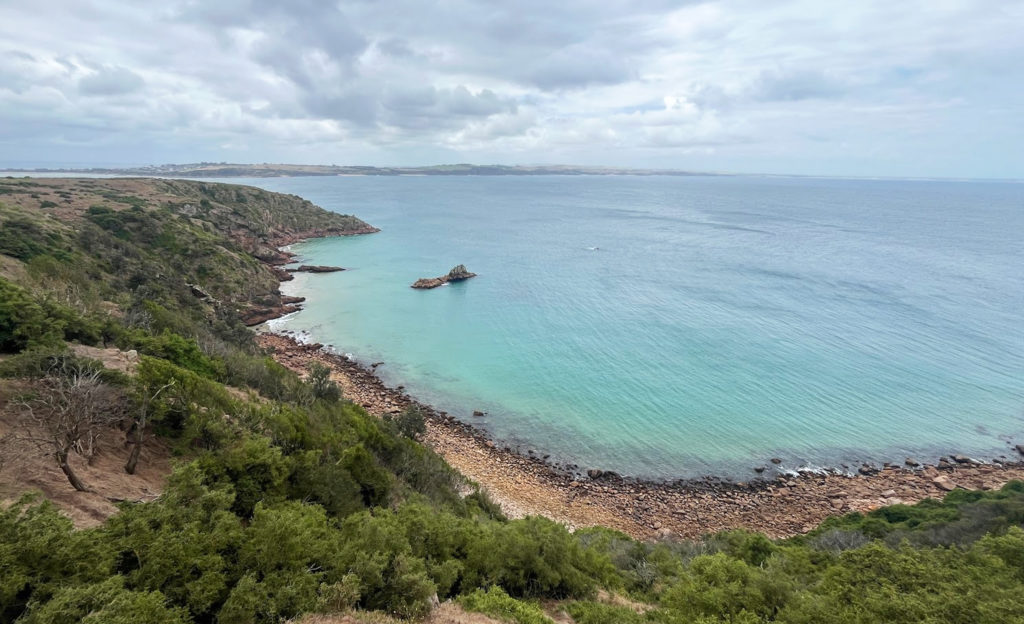
It is a great walk for beginner hikers, or if you’re not in the mood for something difficult. If you are with people who just want to see the Pinnacles you could turn around after you reach the lookout and head back to the carpark the way you came.
Although it was cloudy, it was good hiking weather, and I look forward to trying a few more walks on the island.


